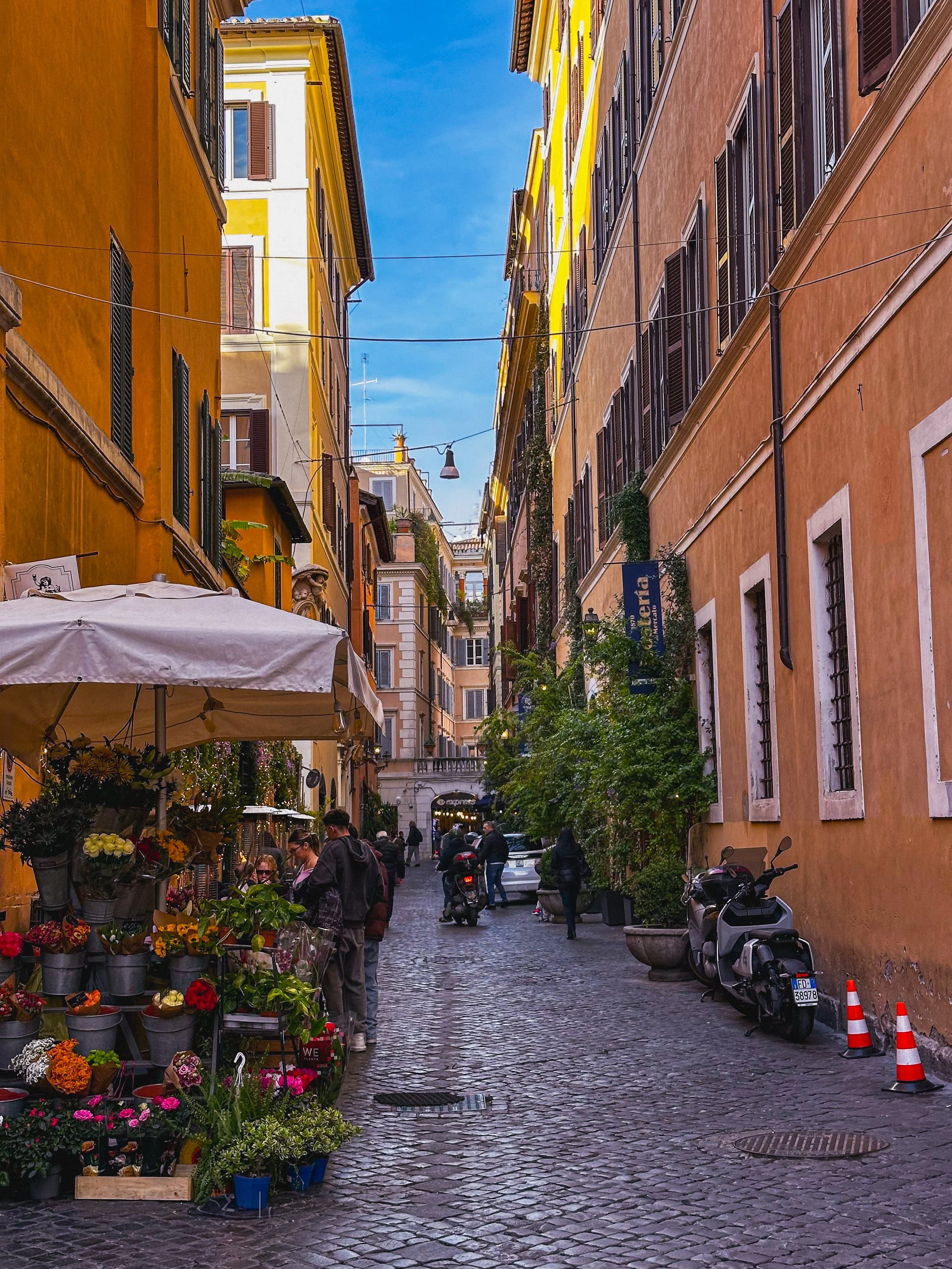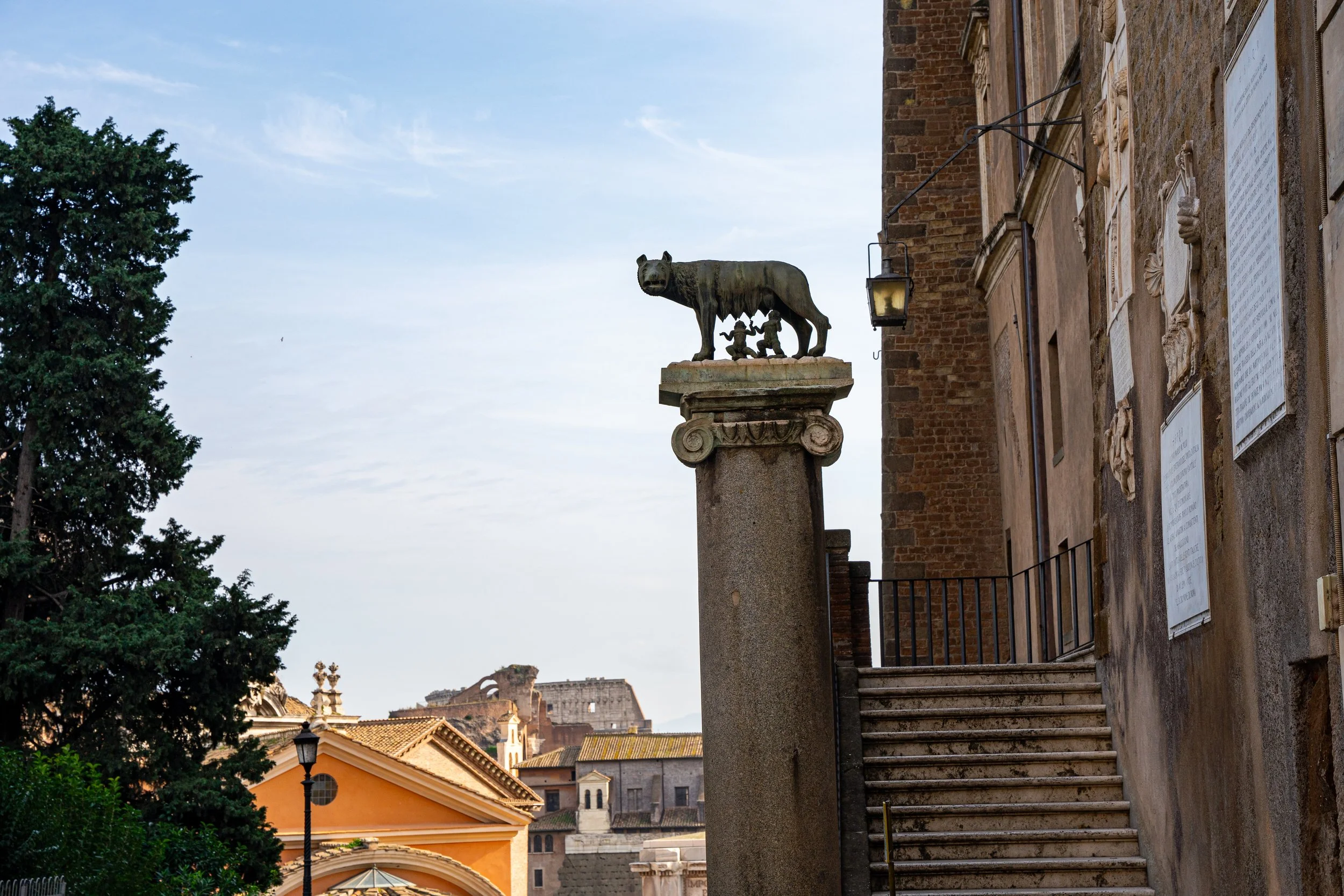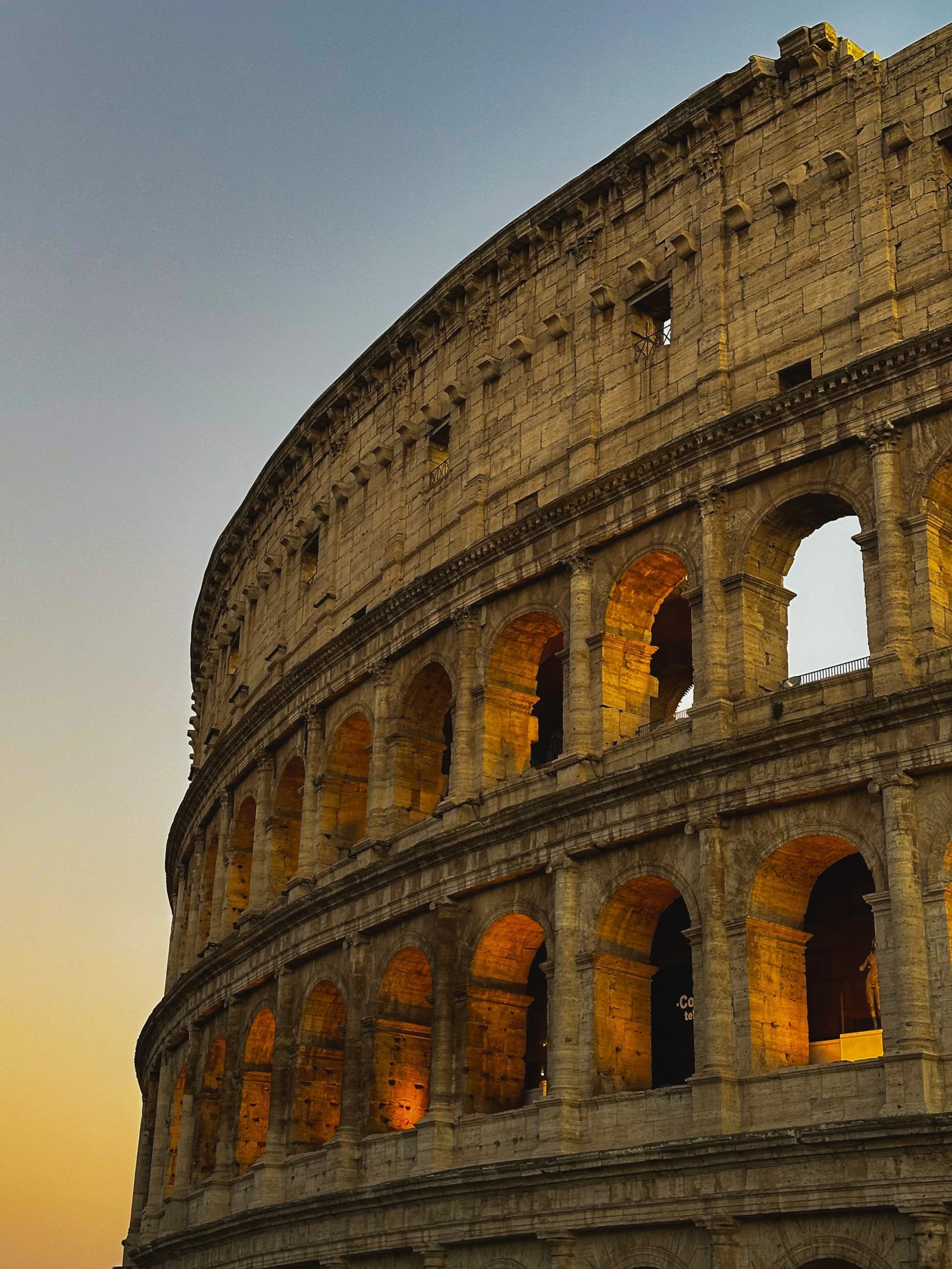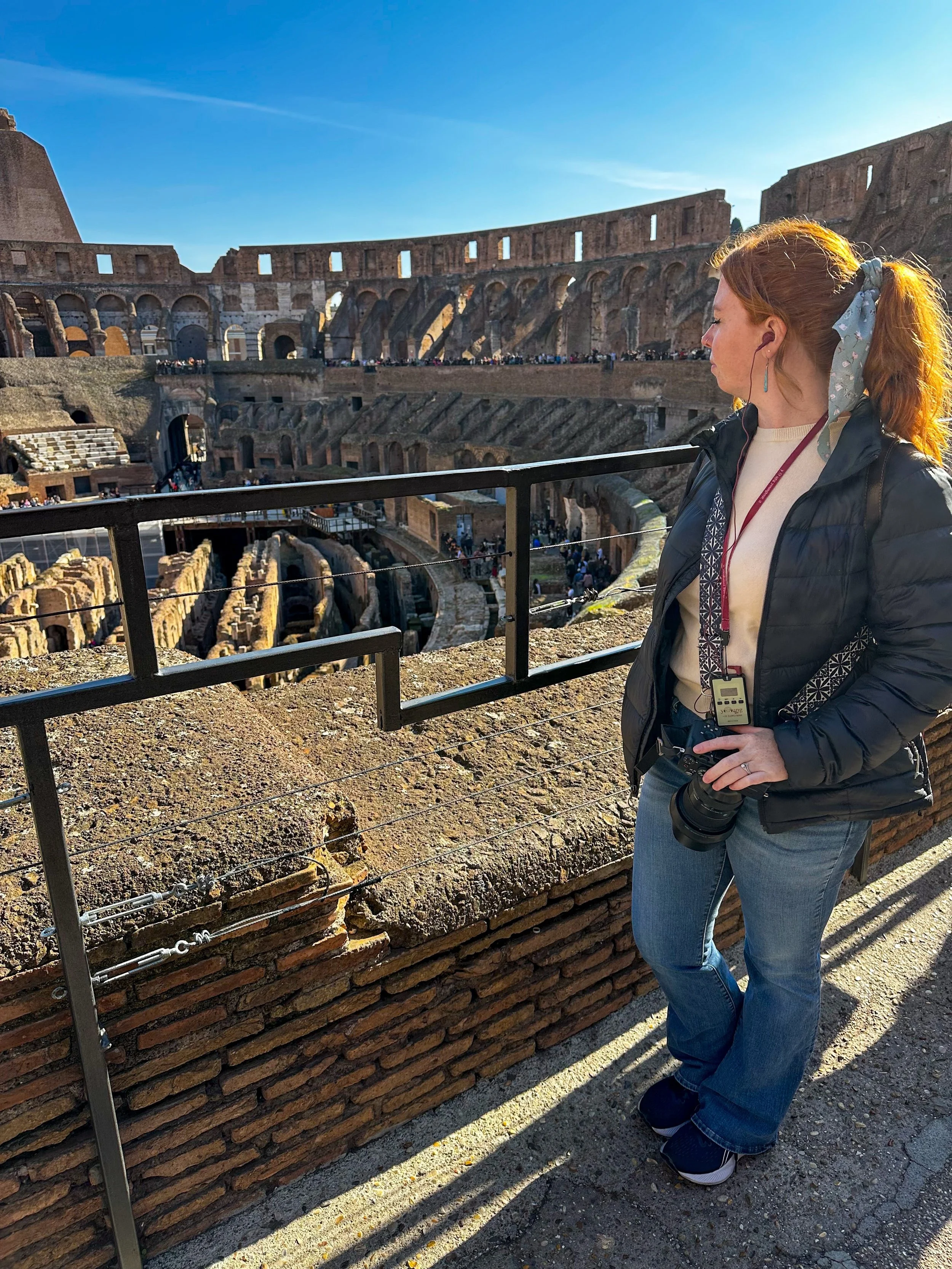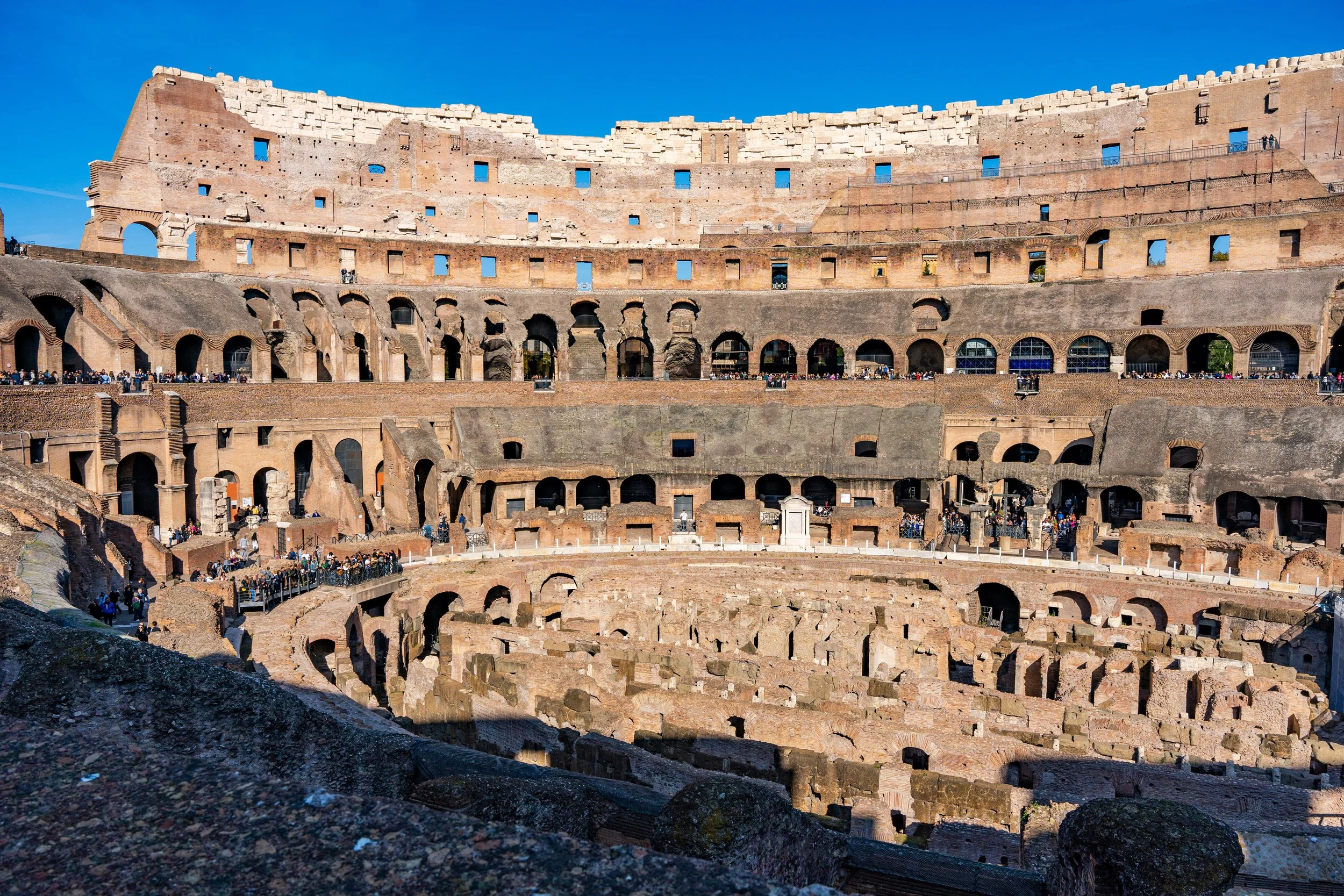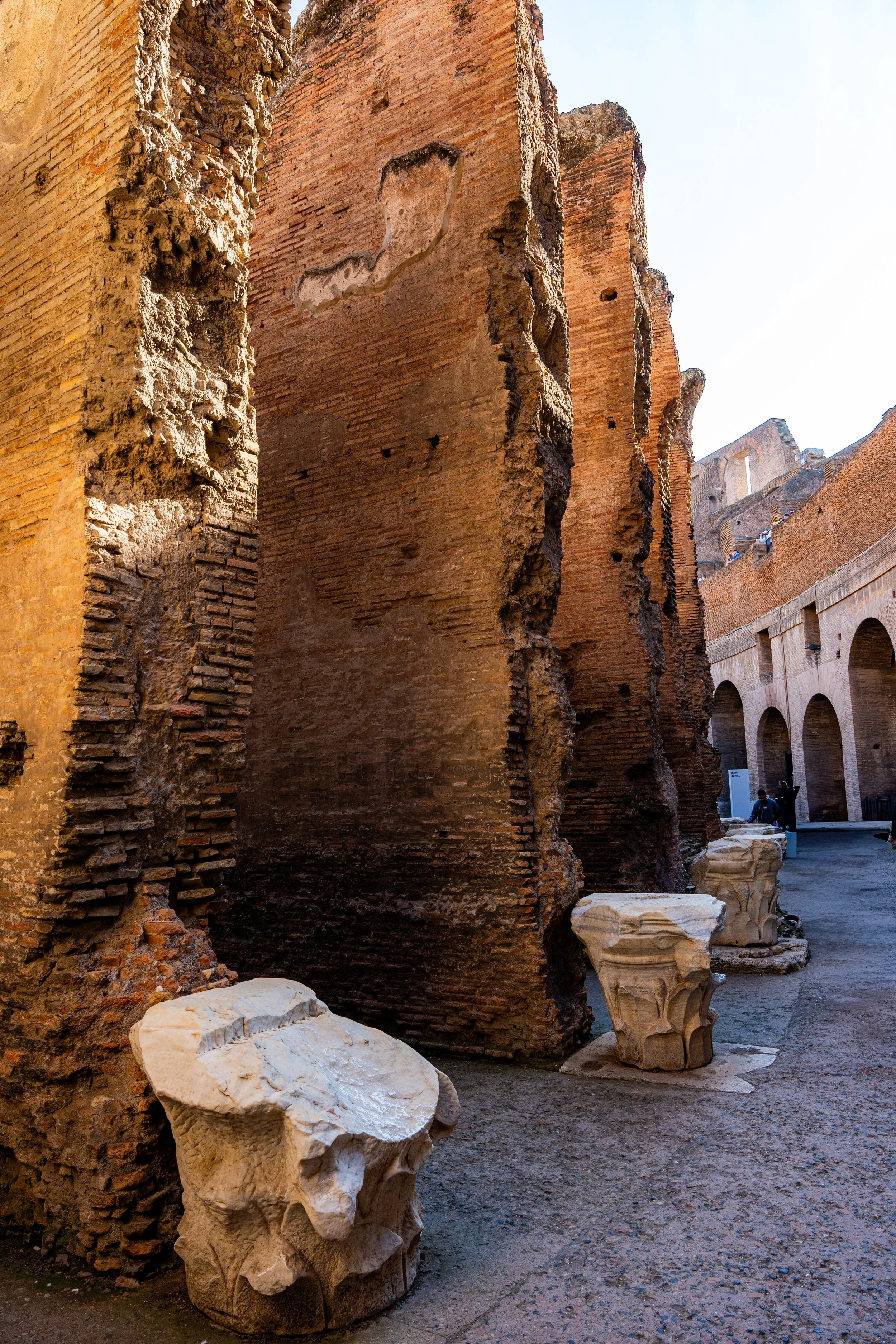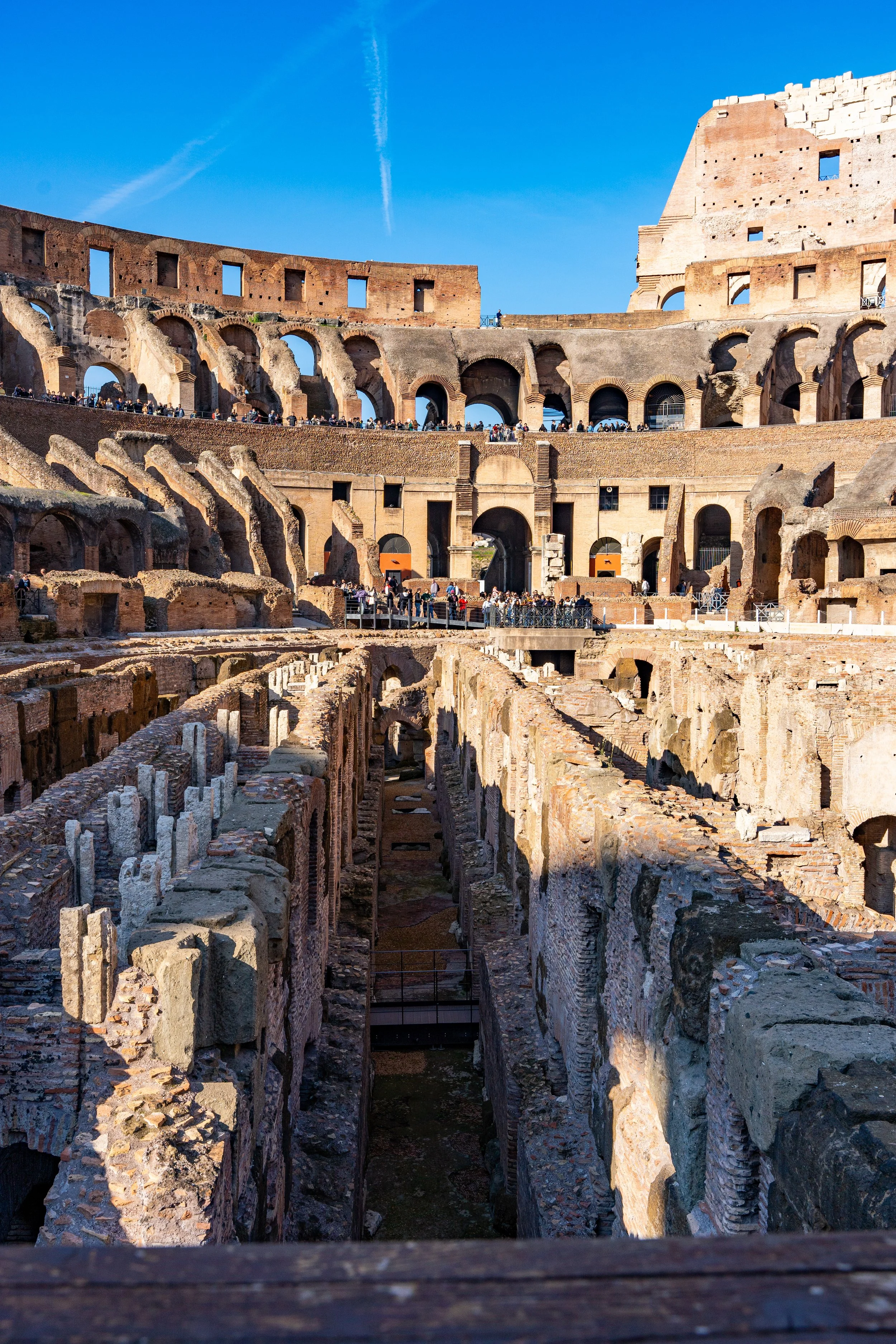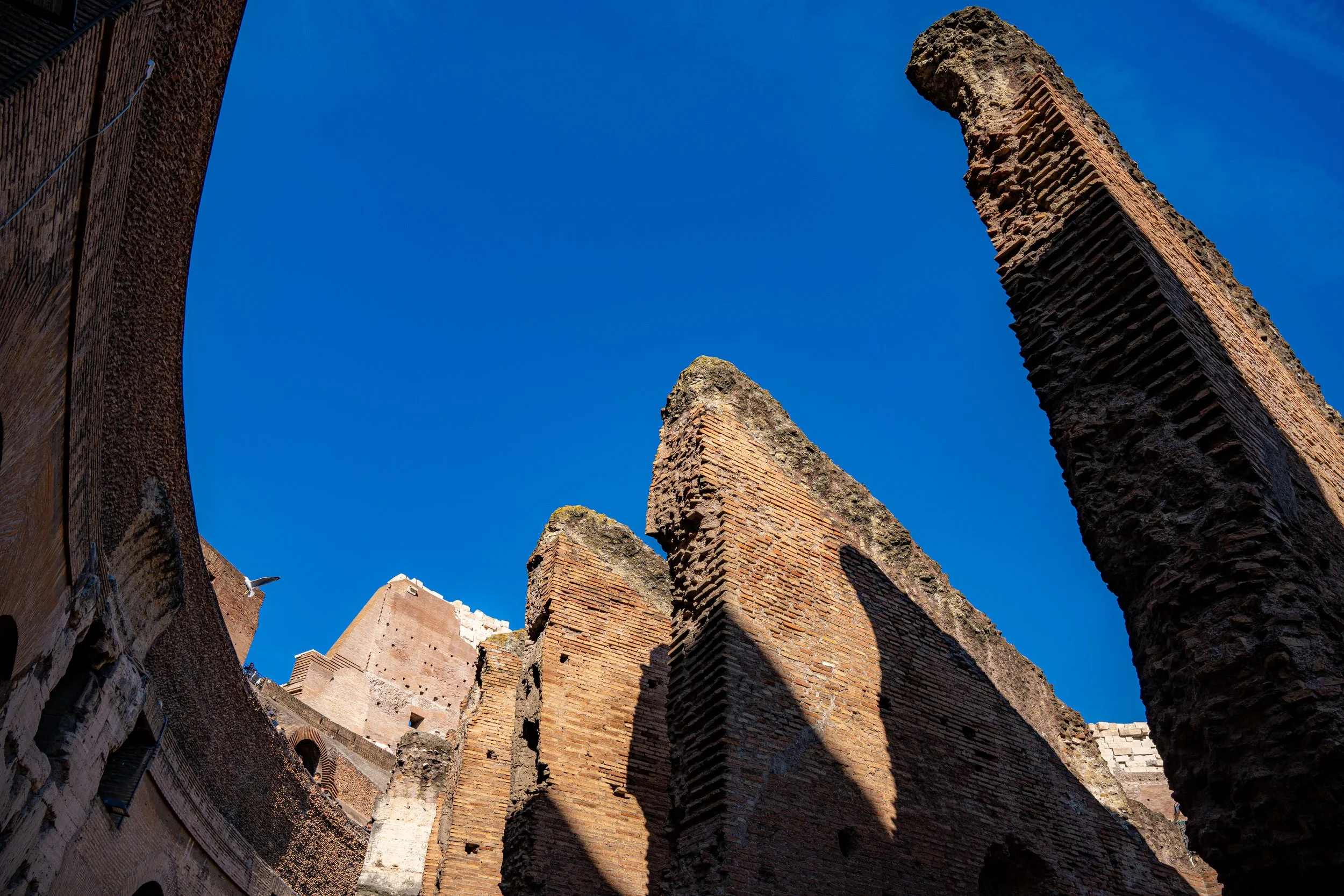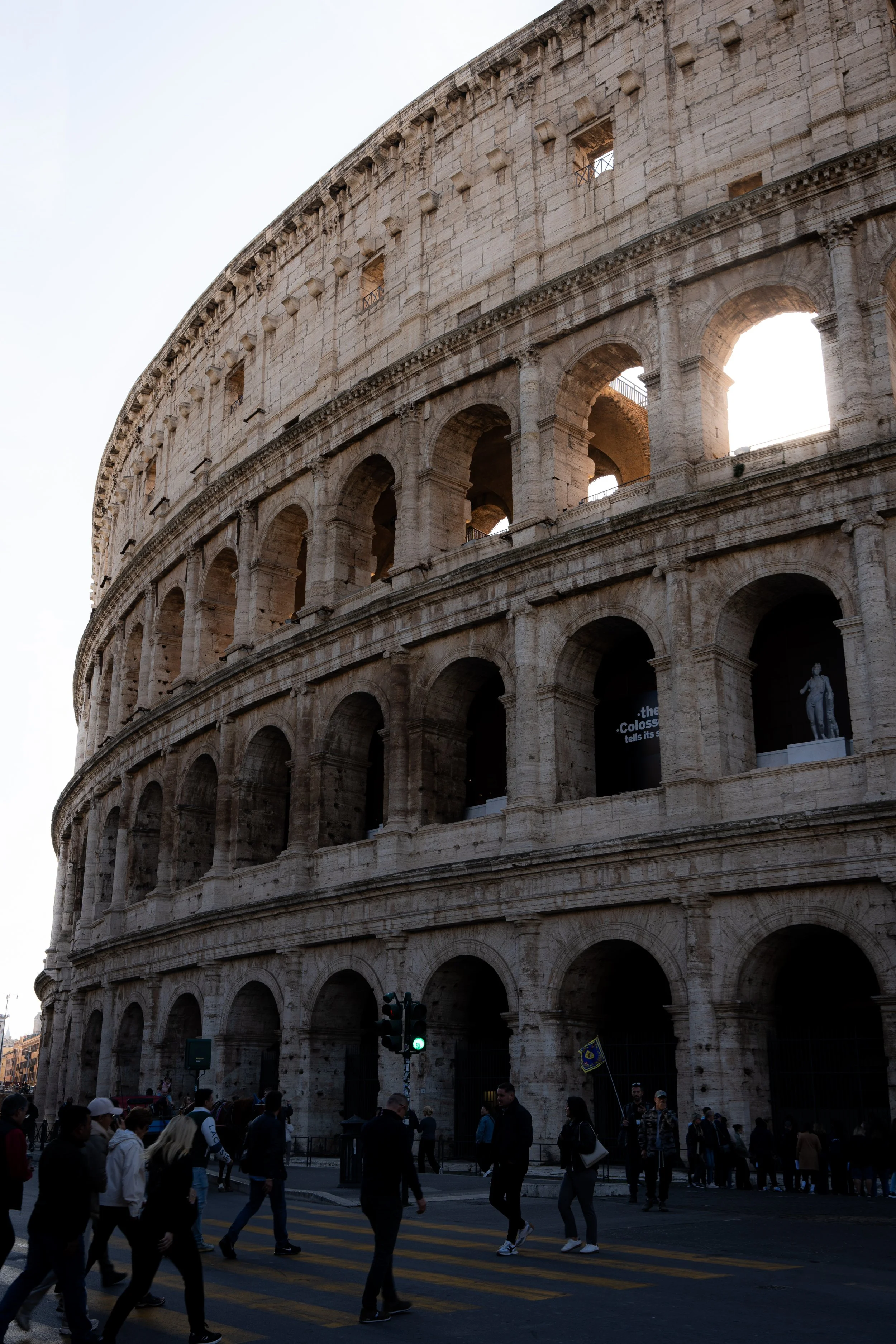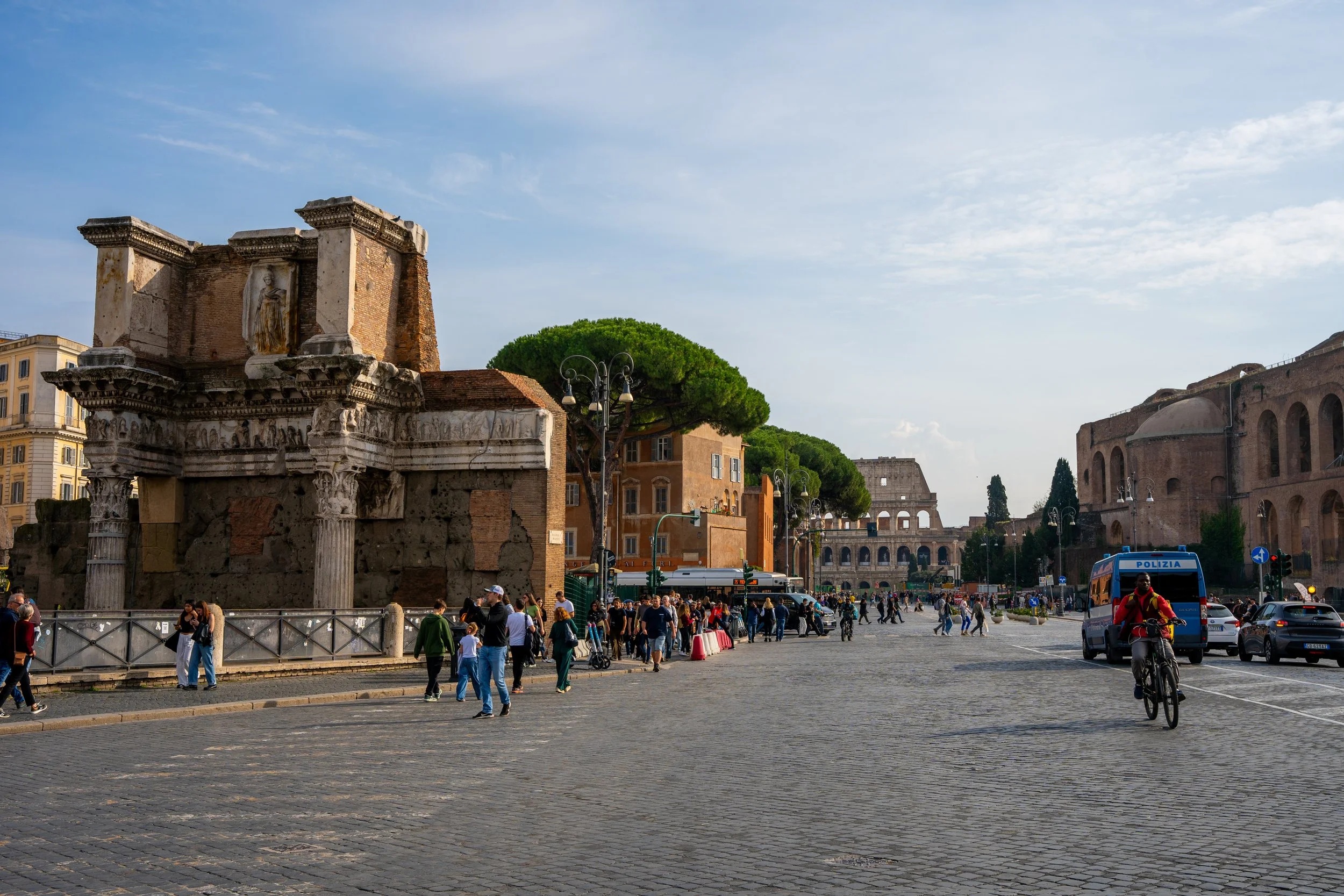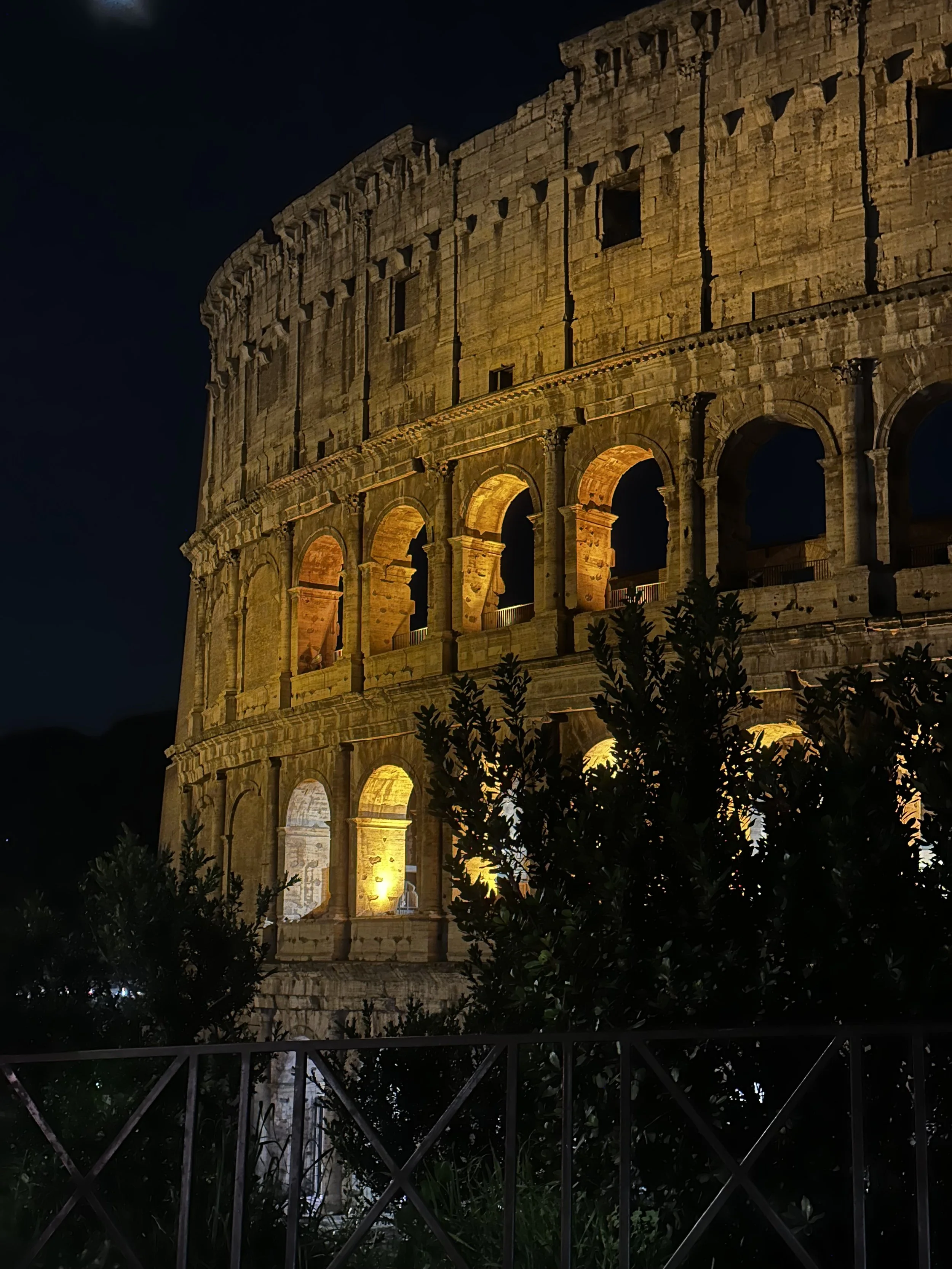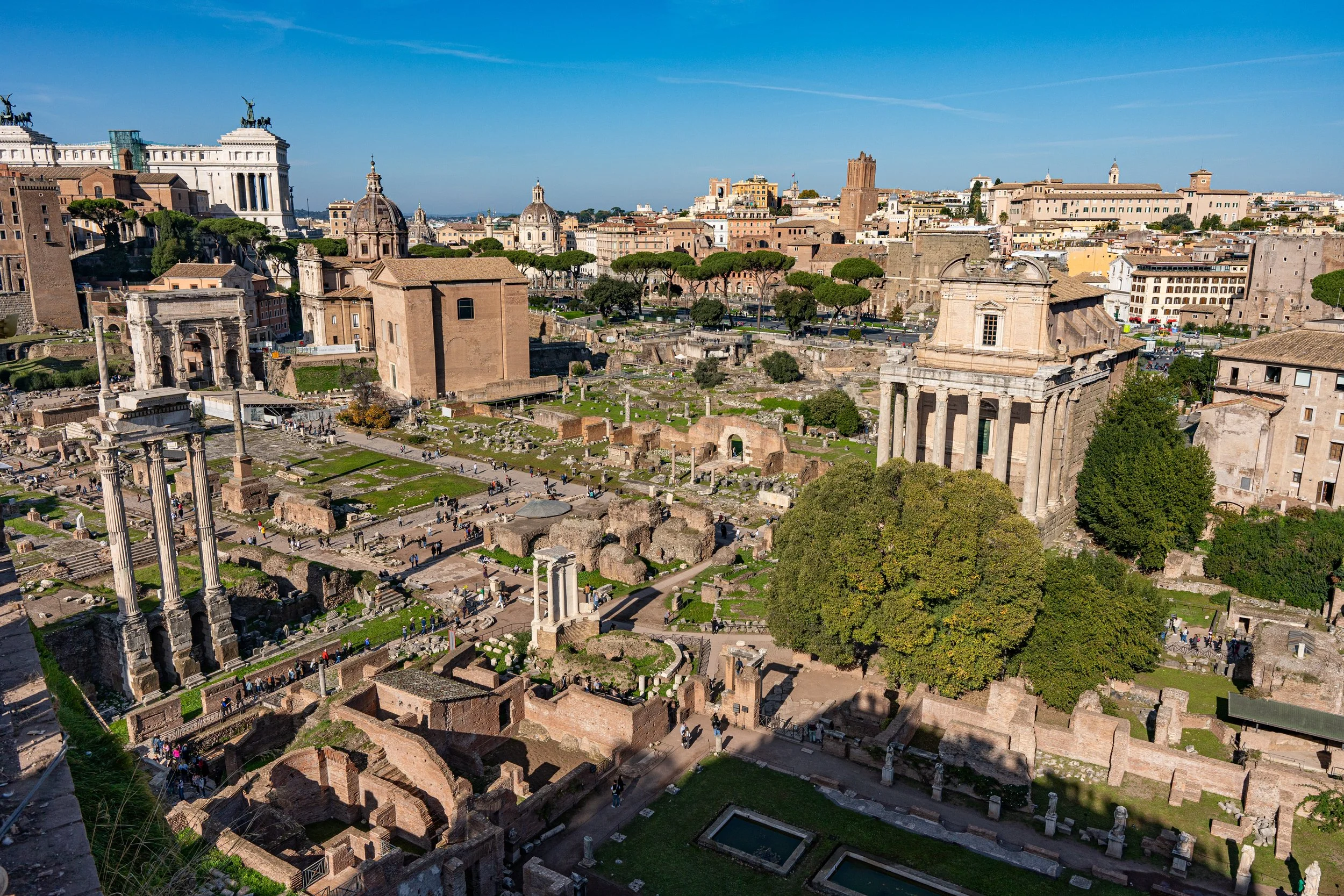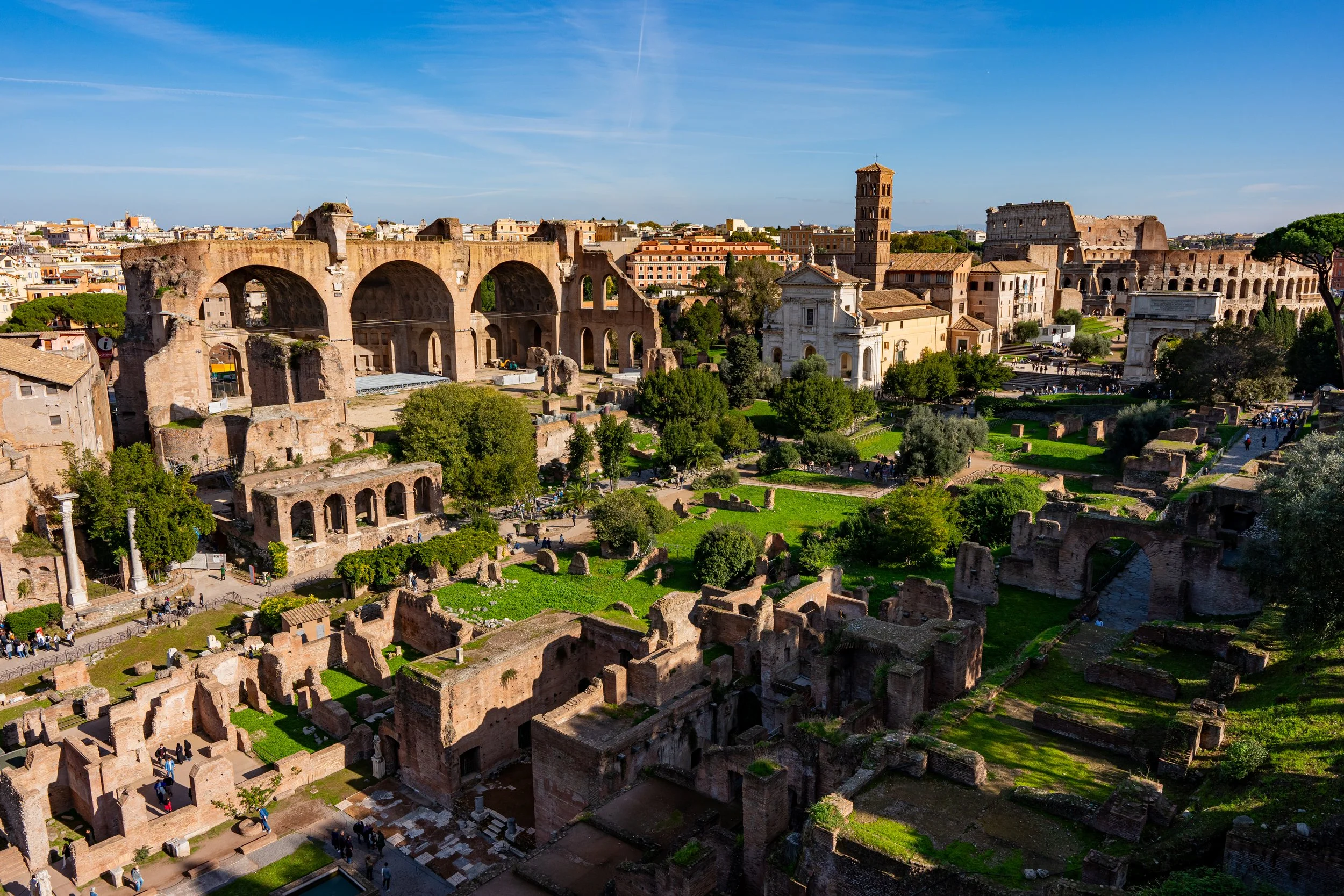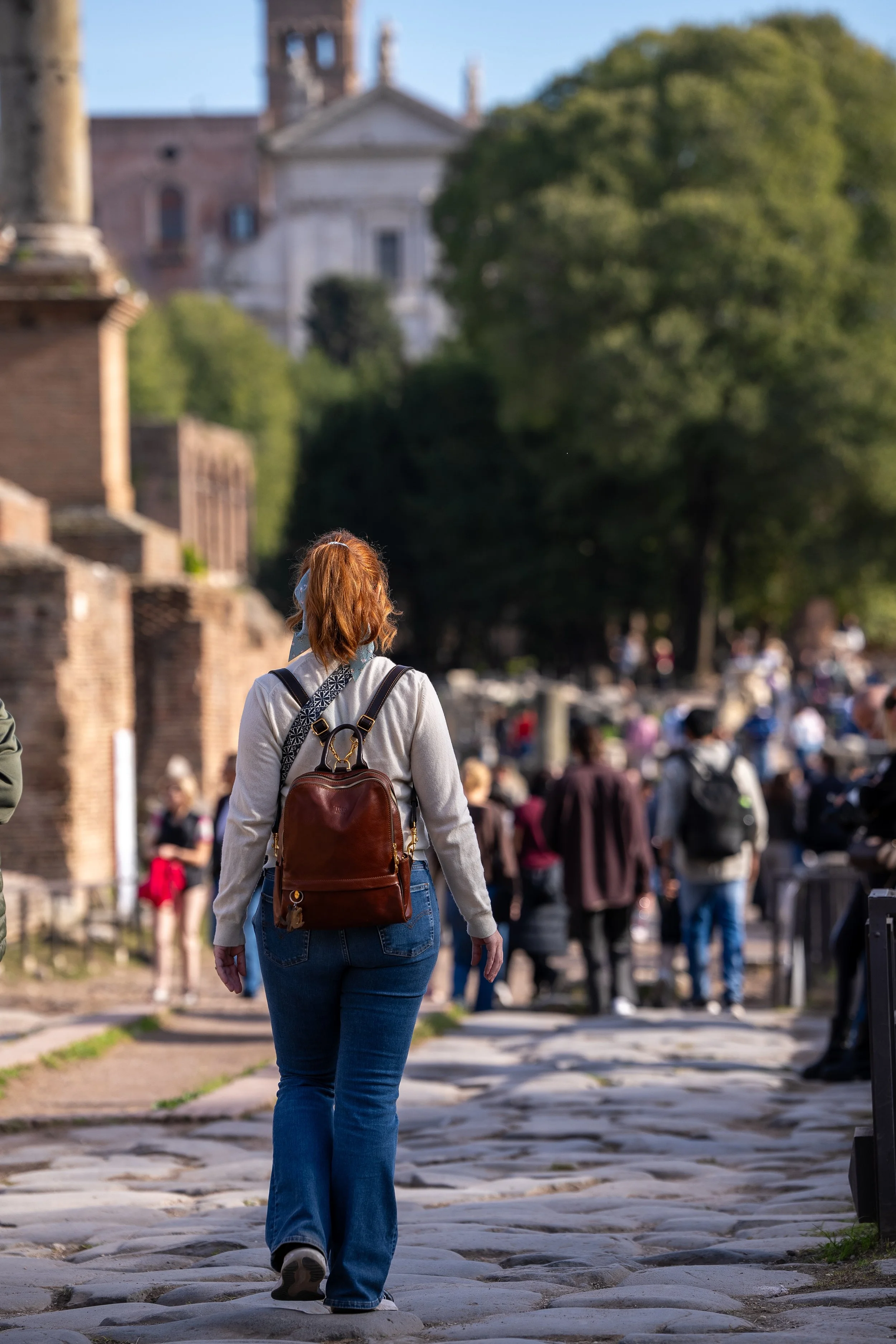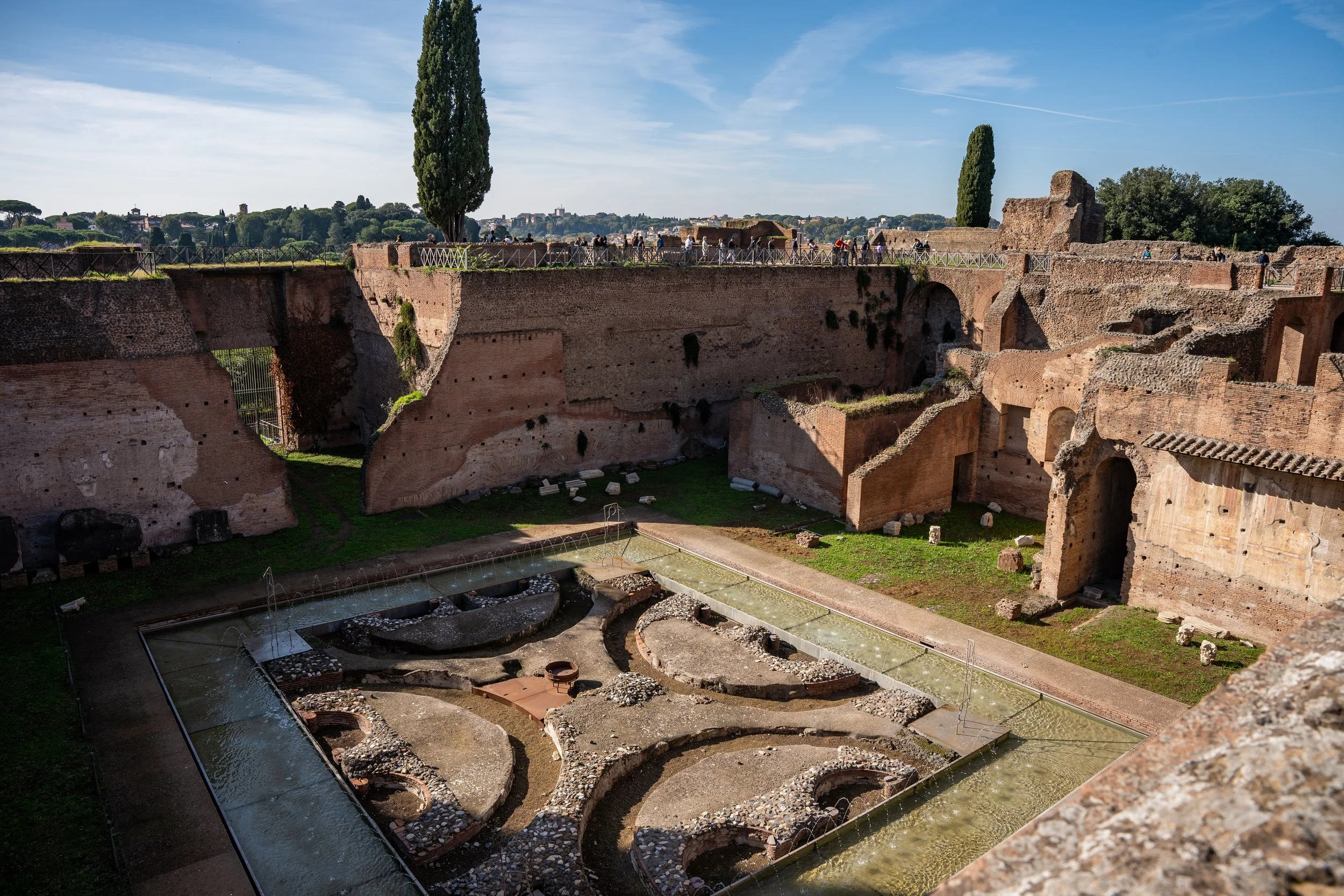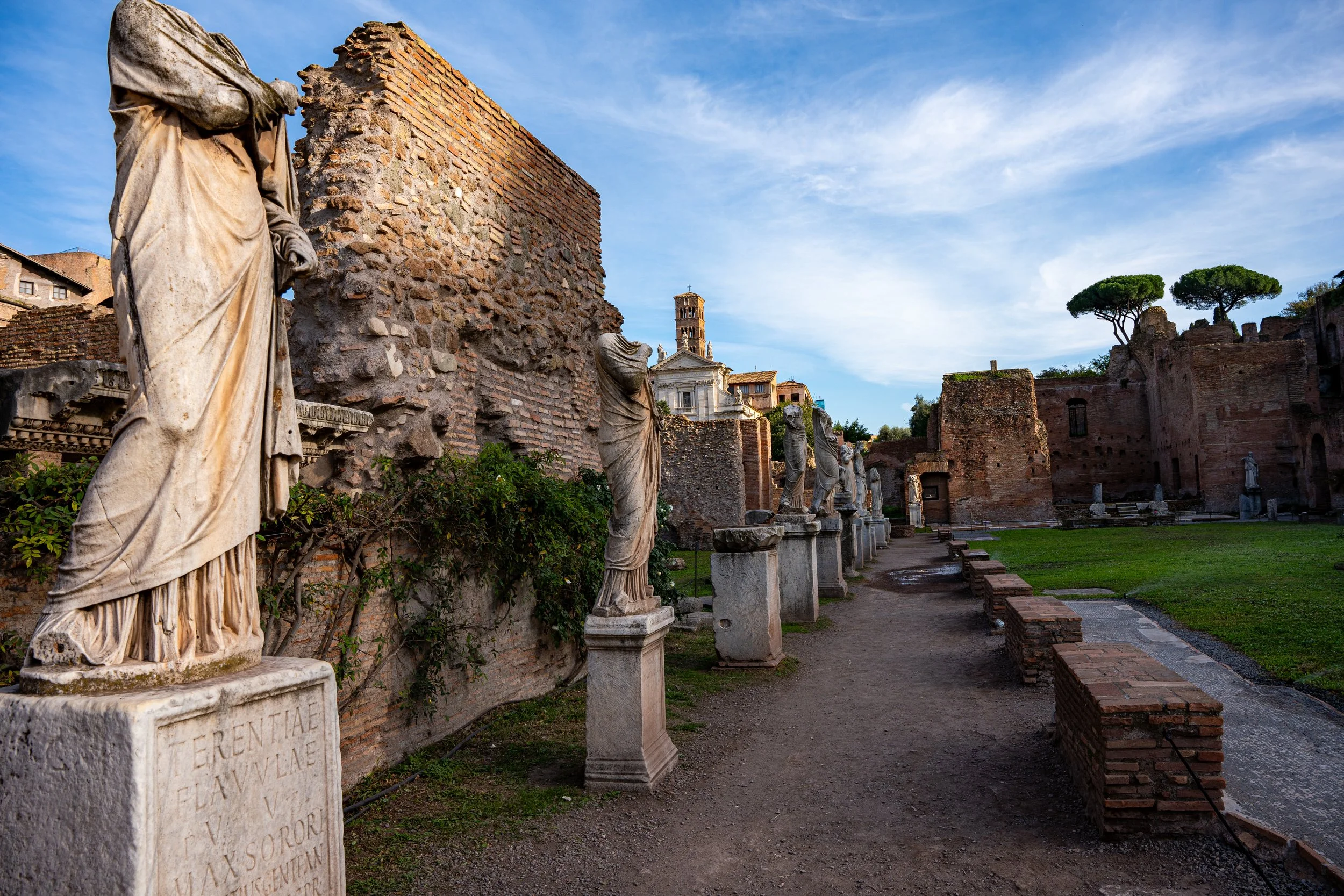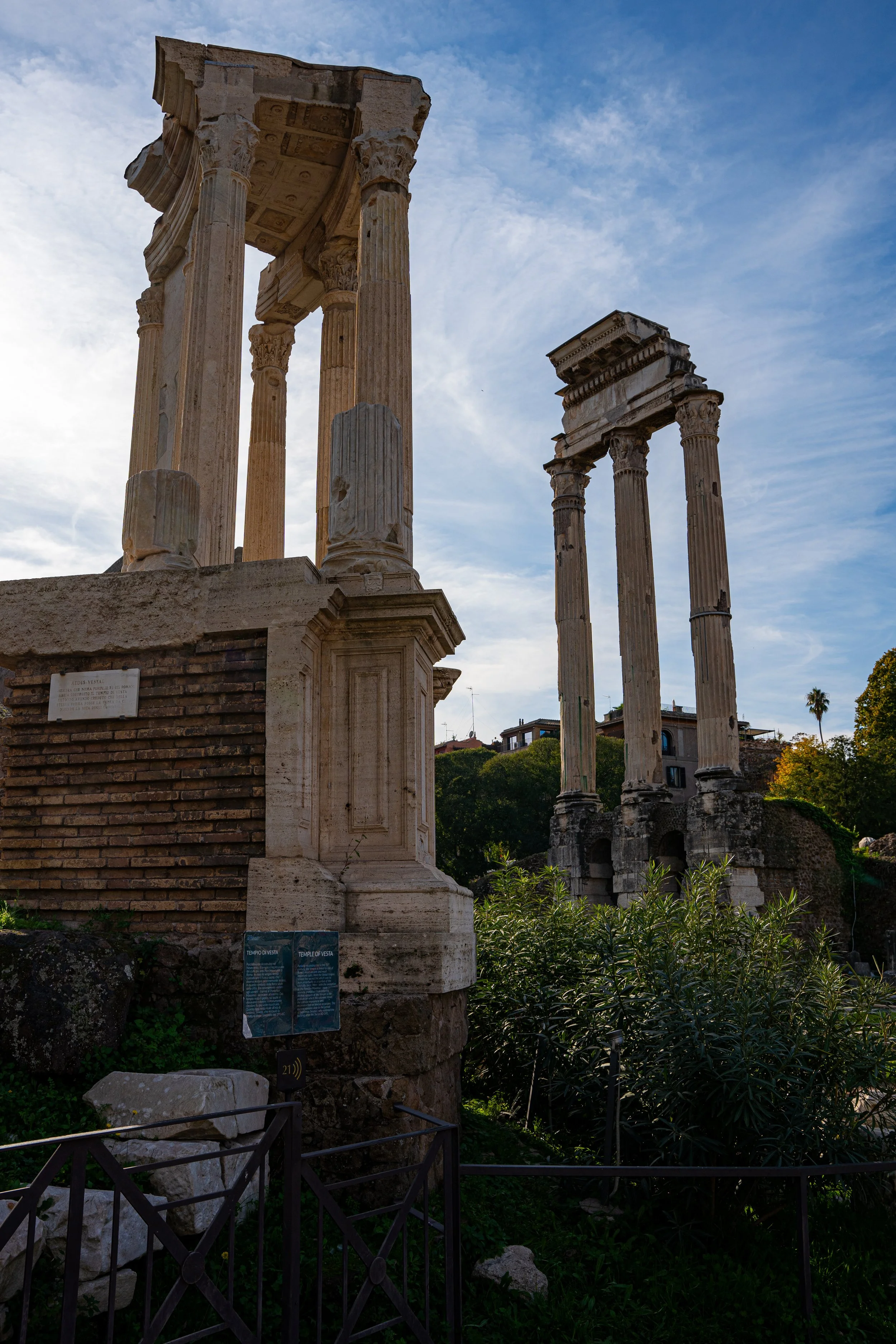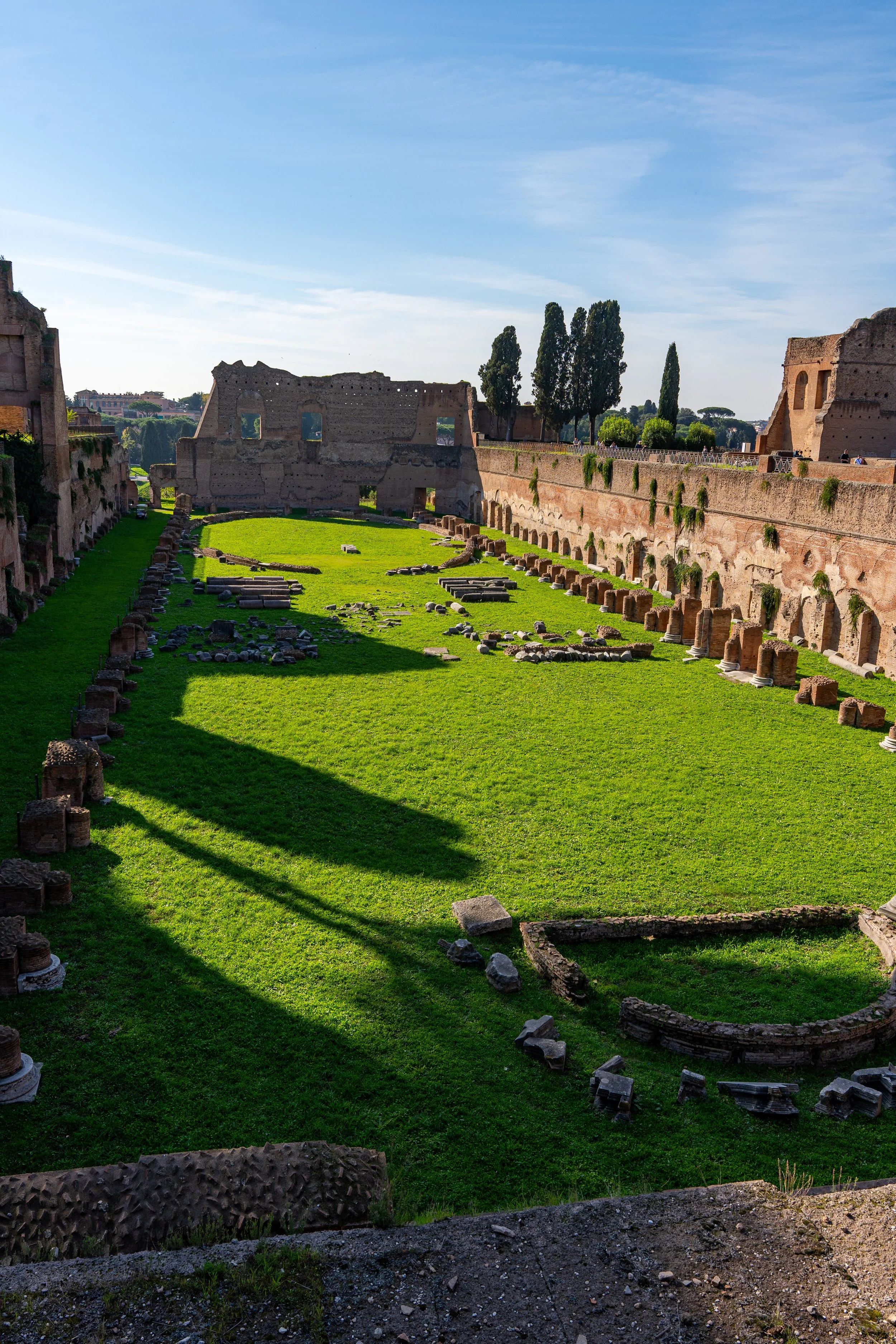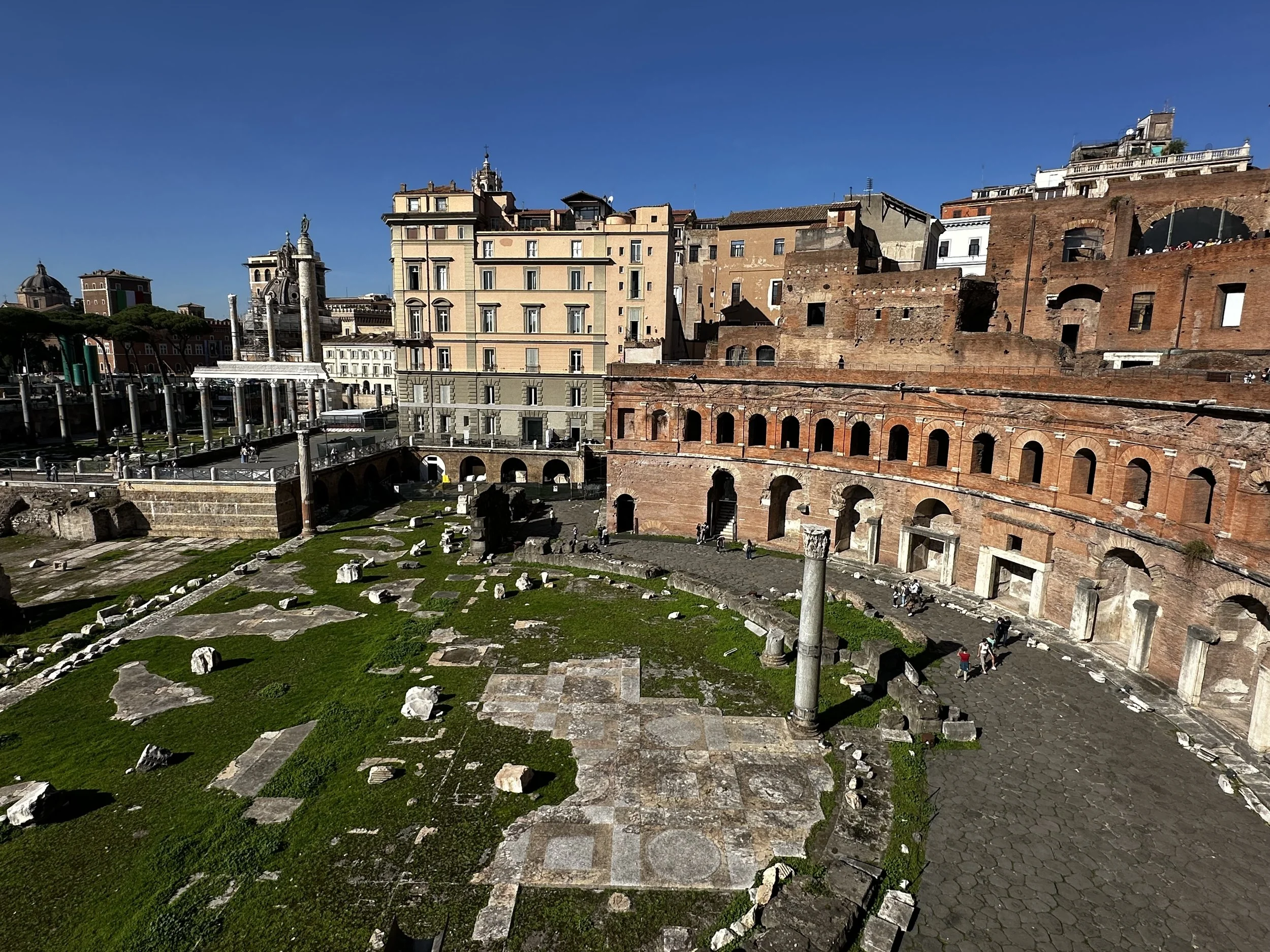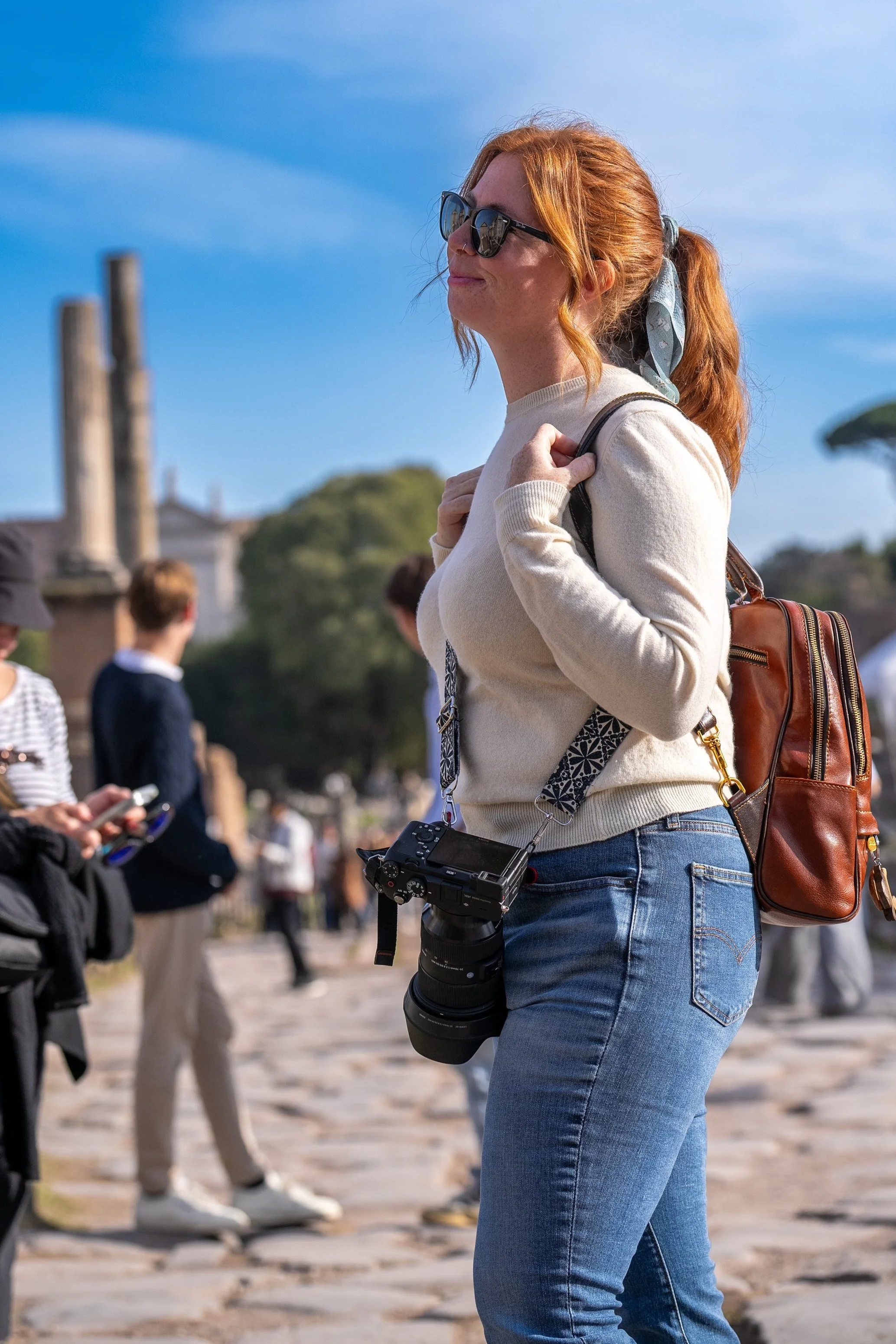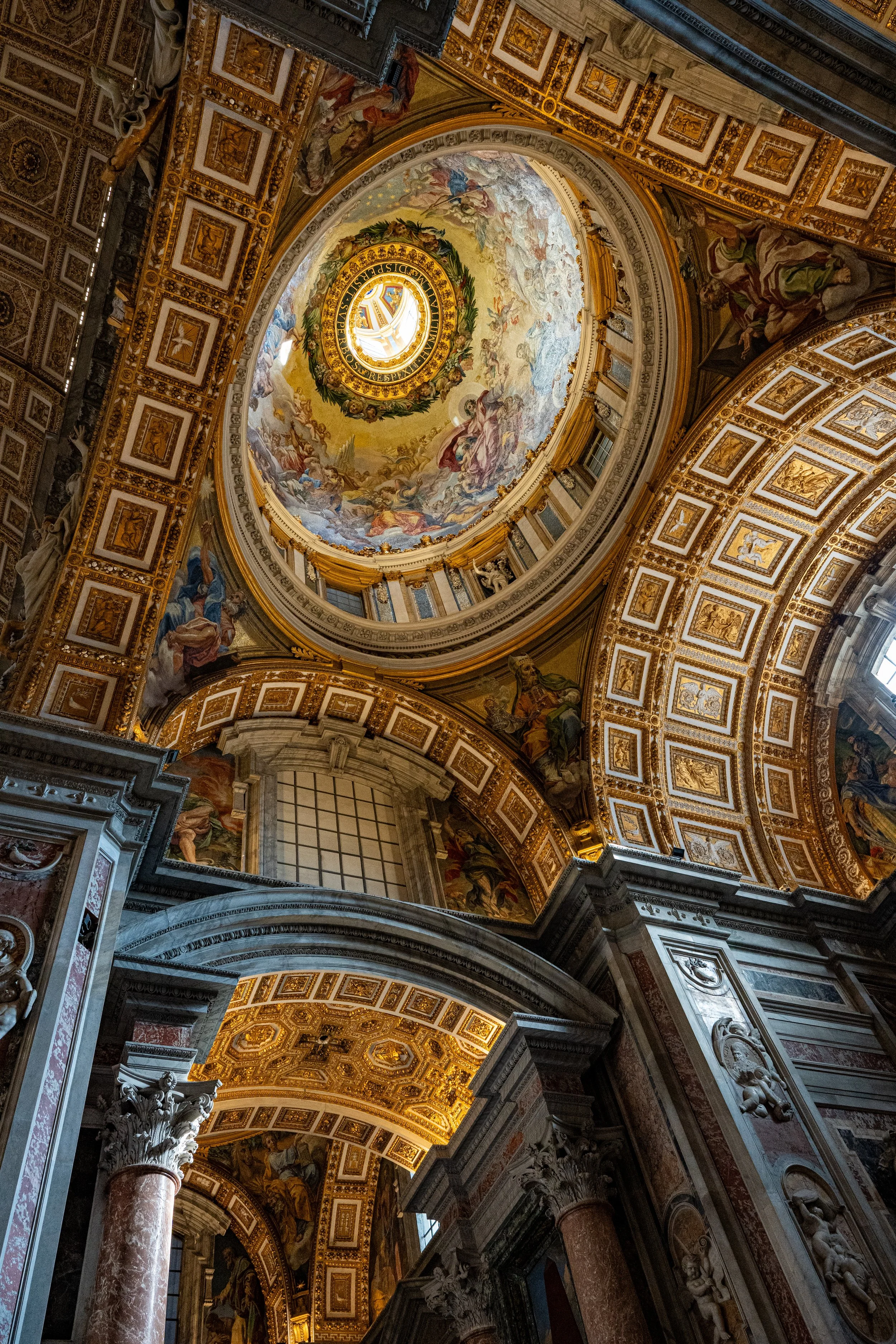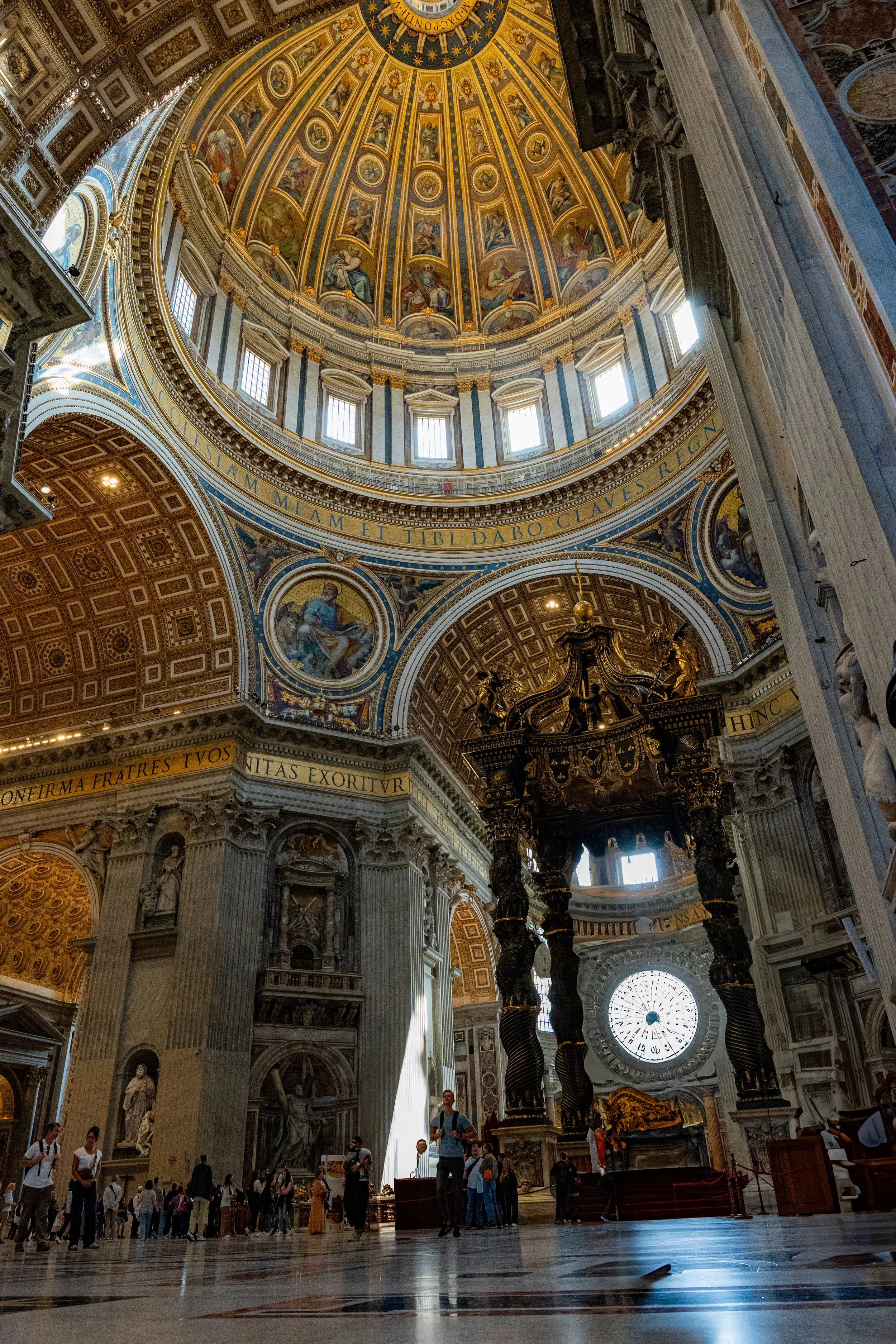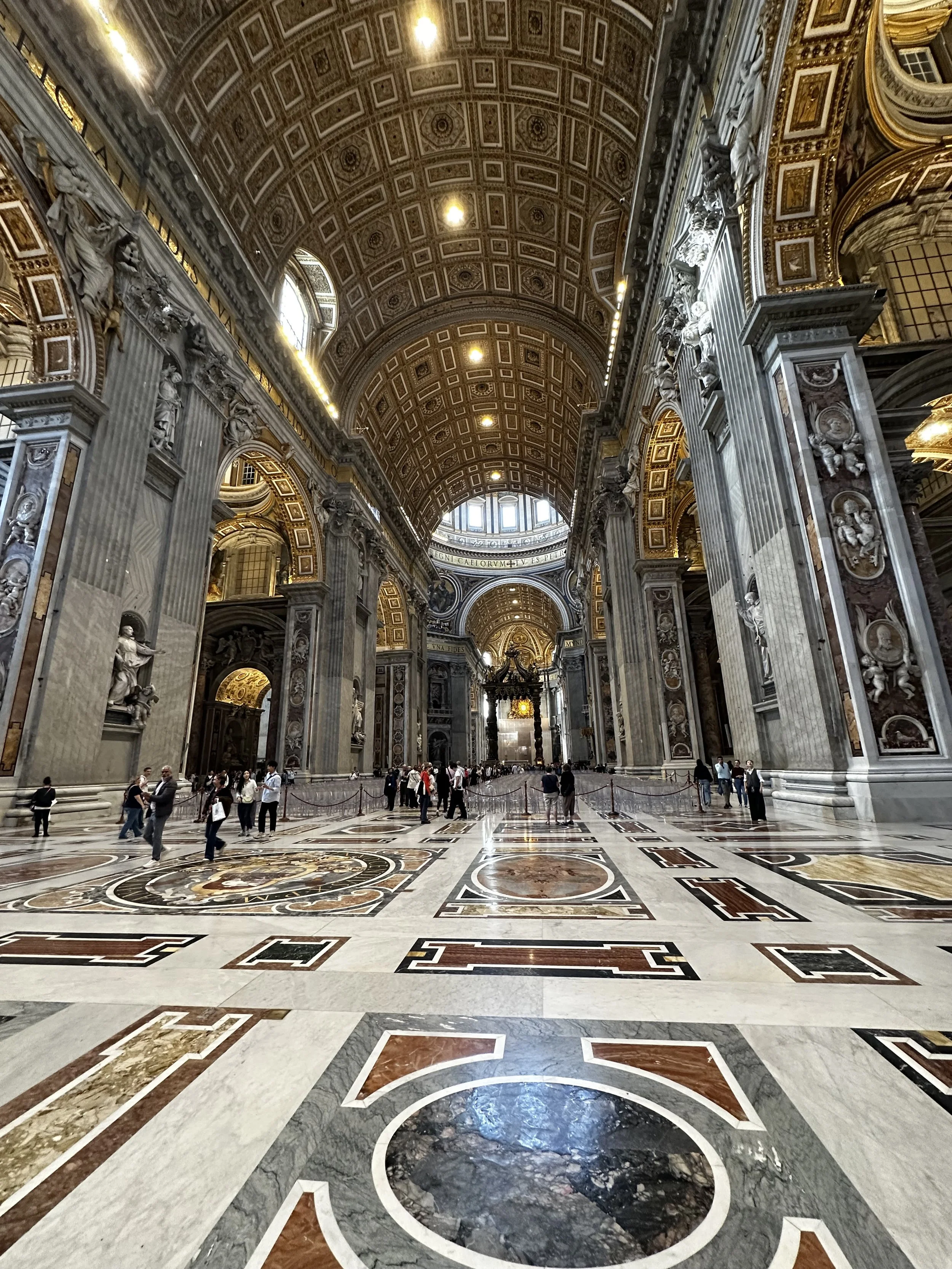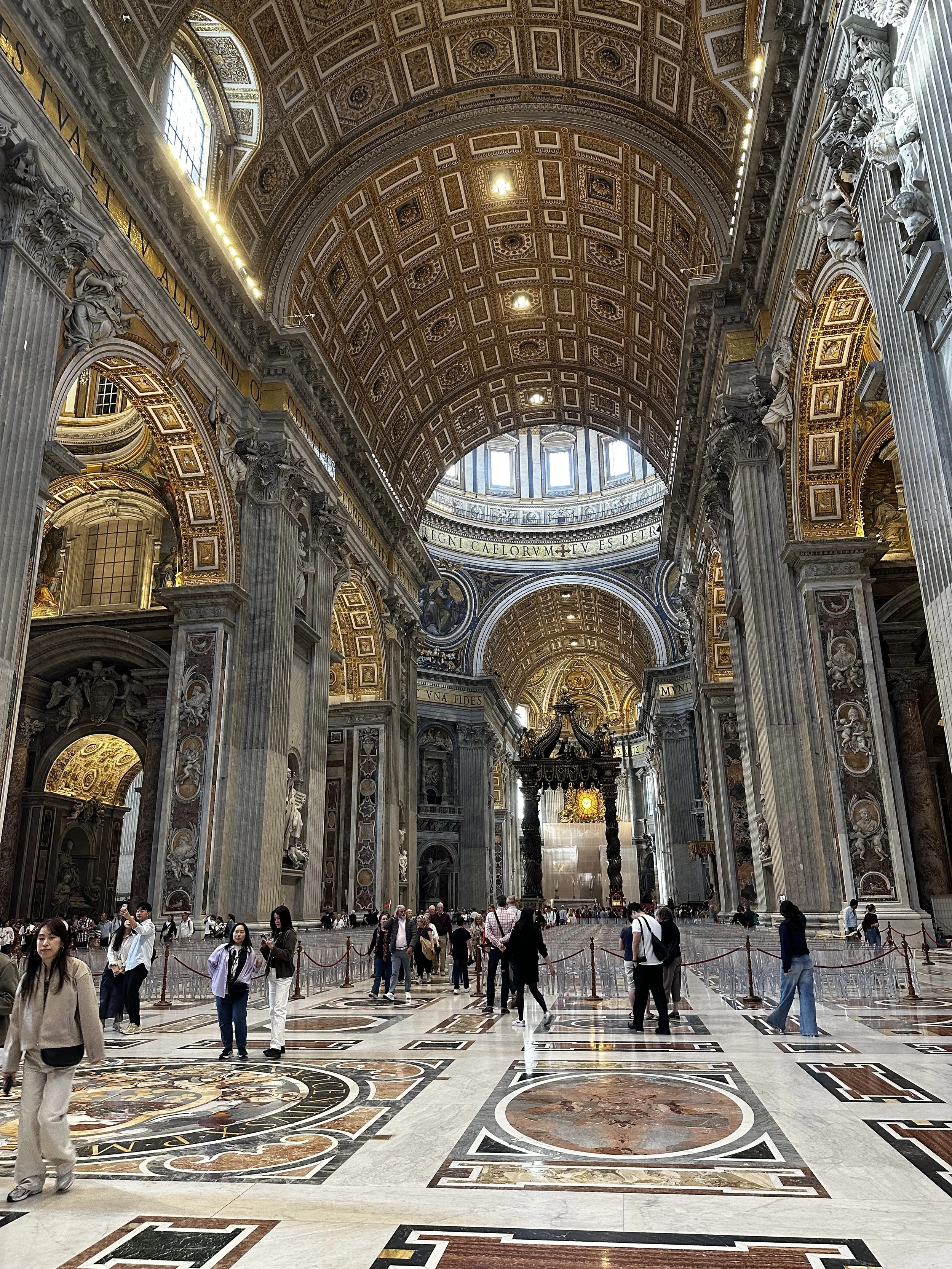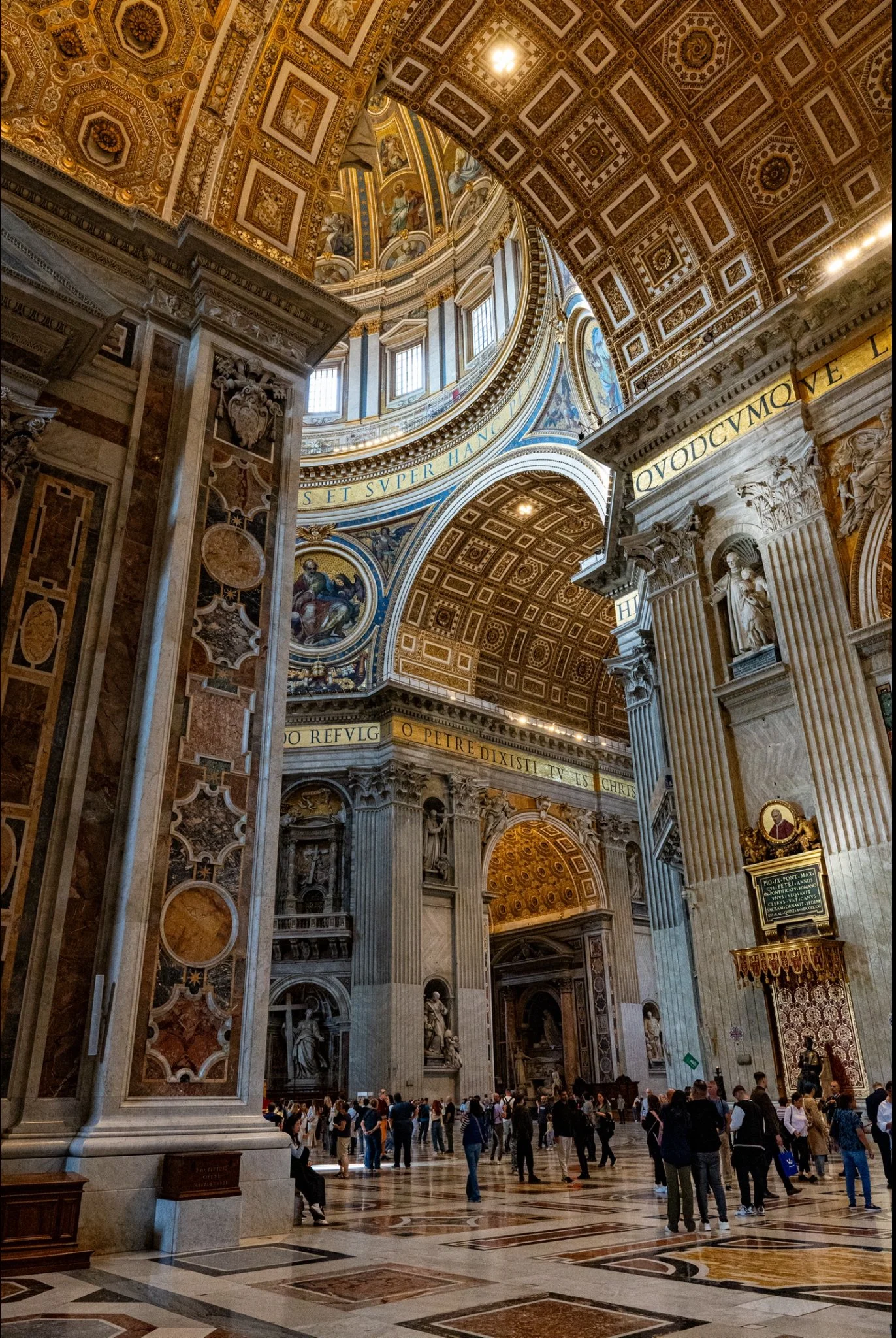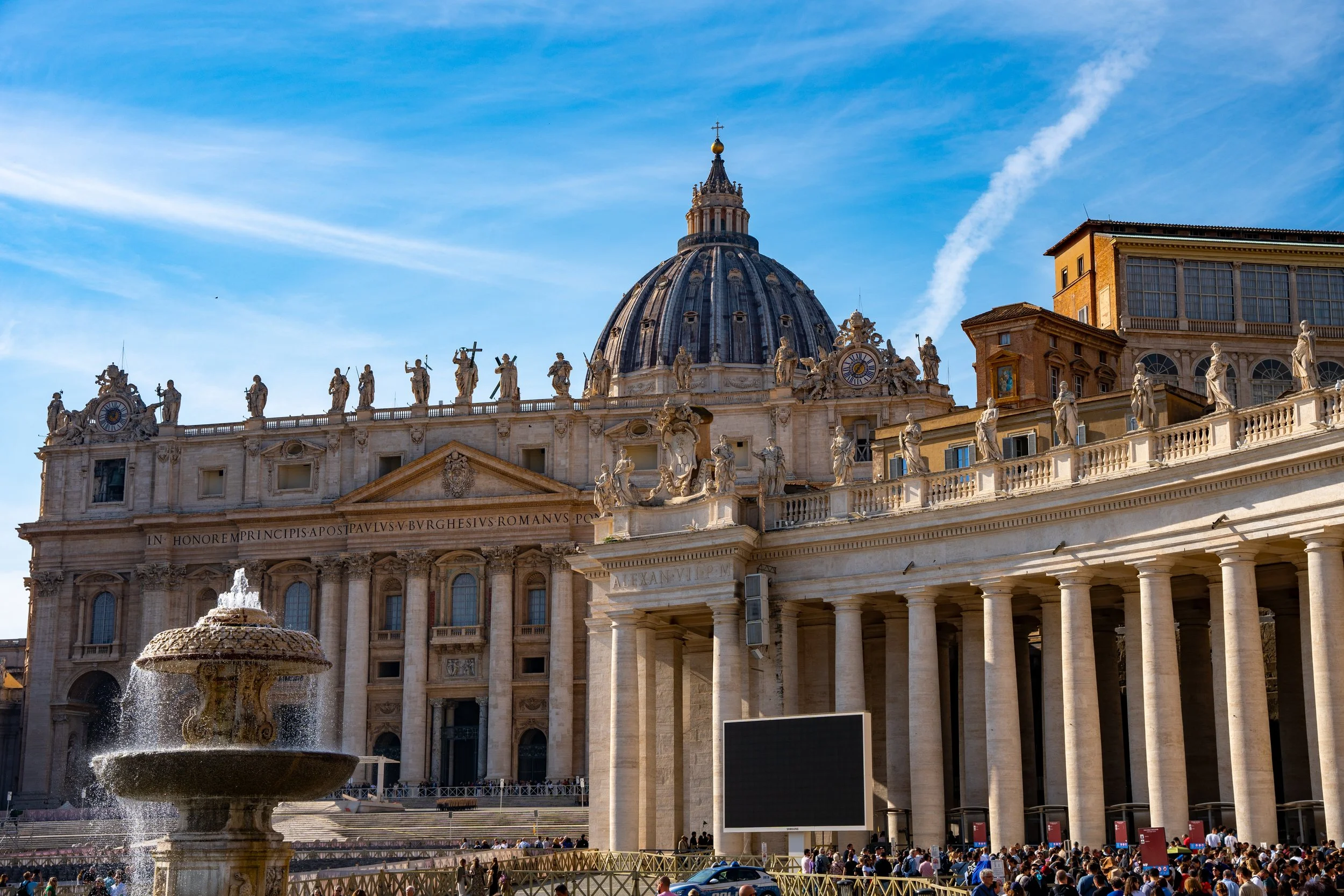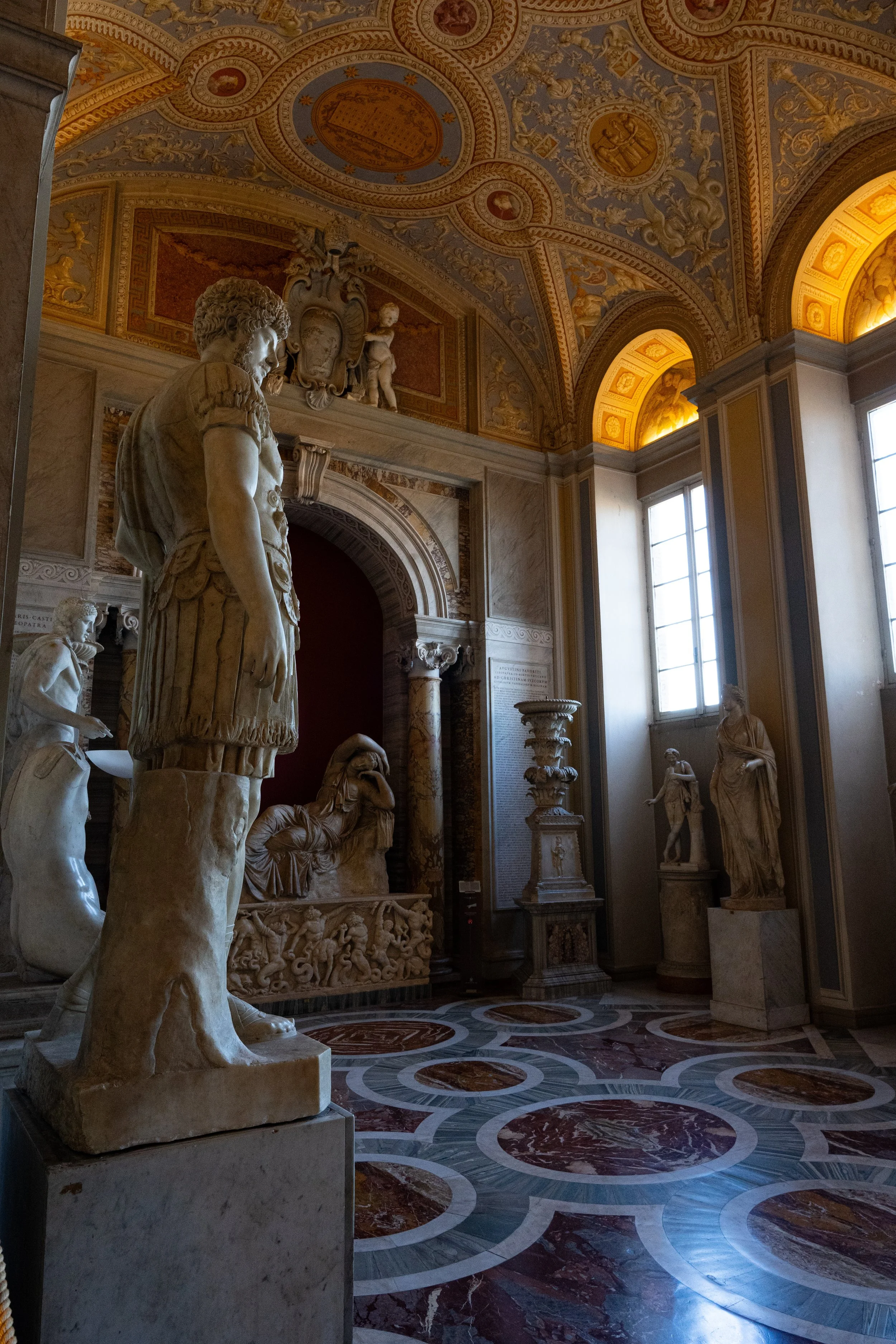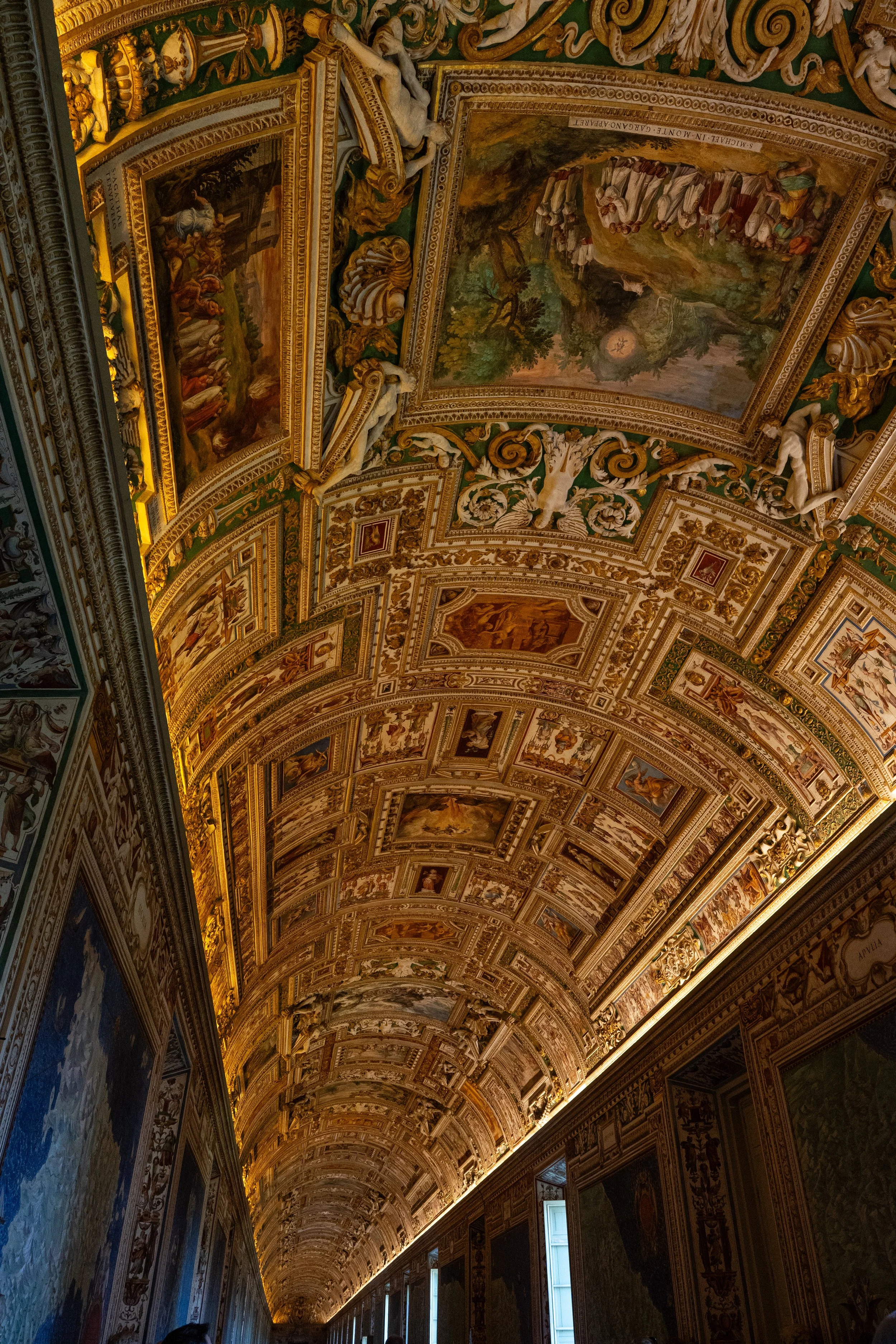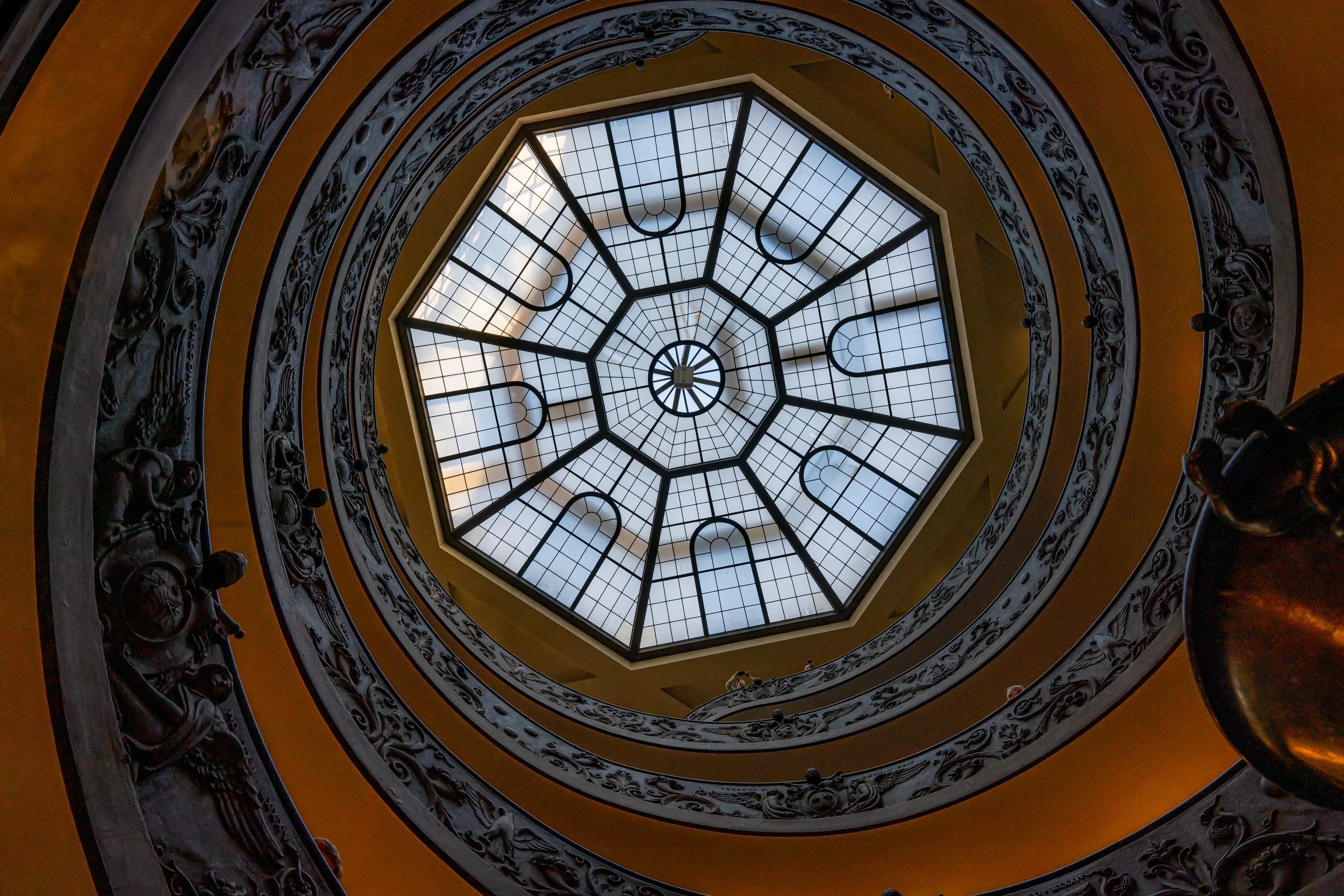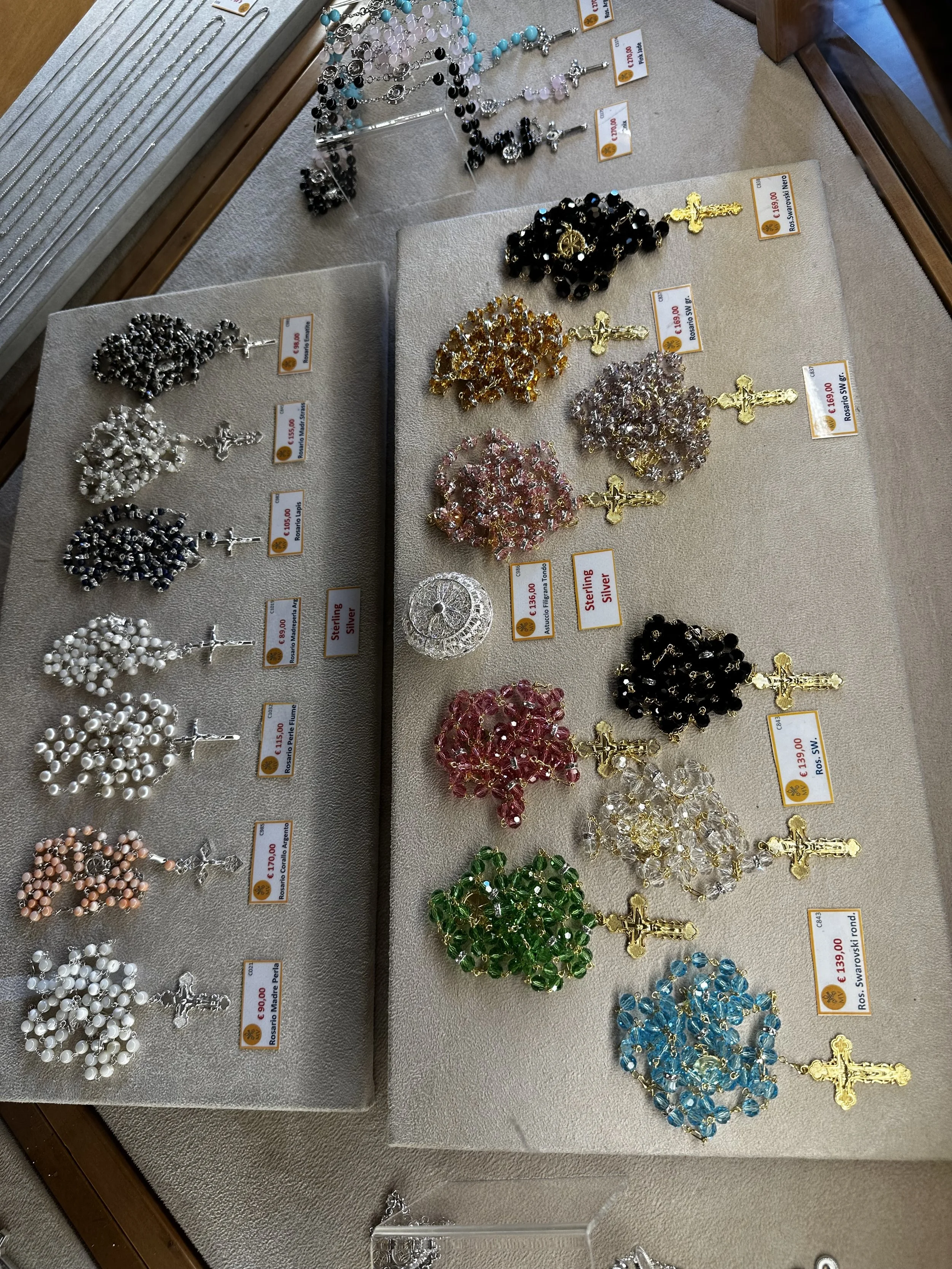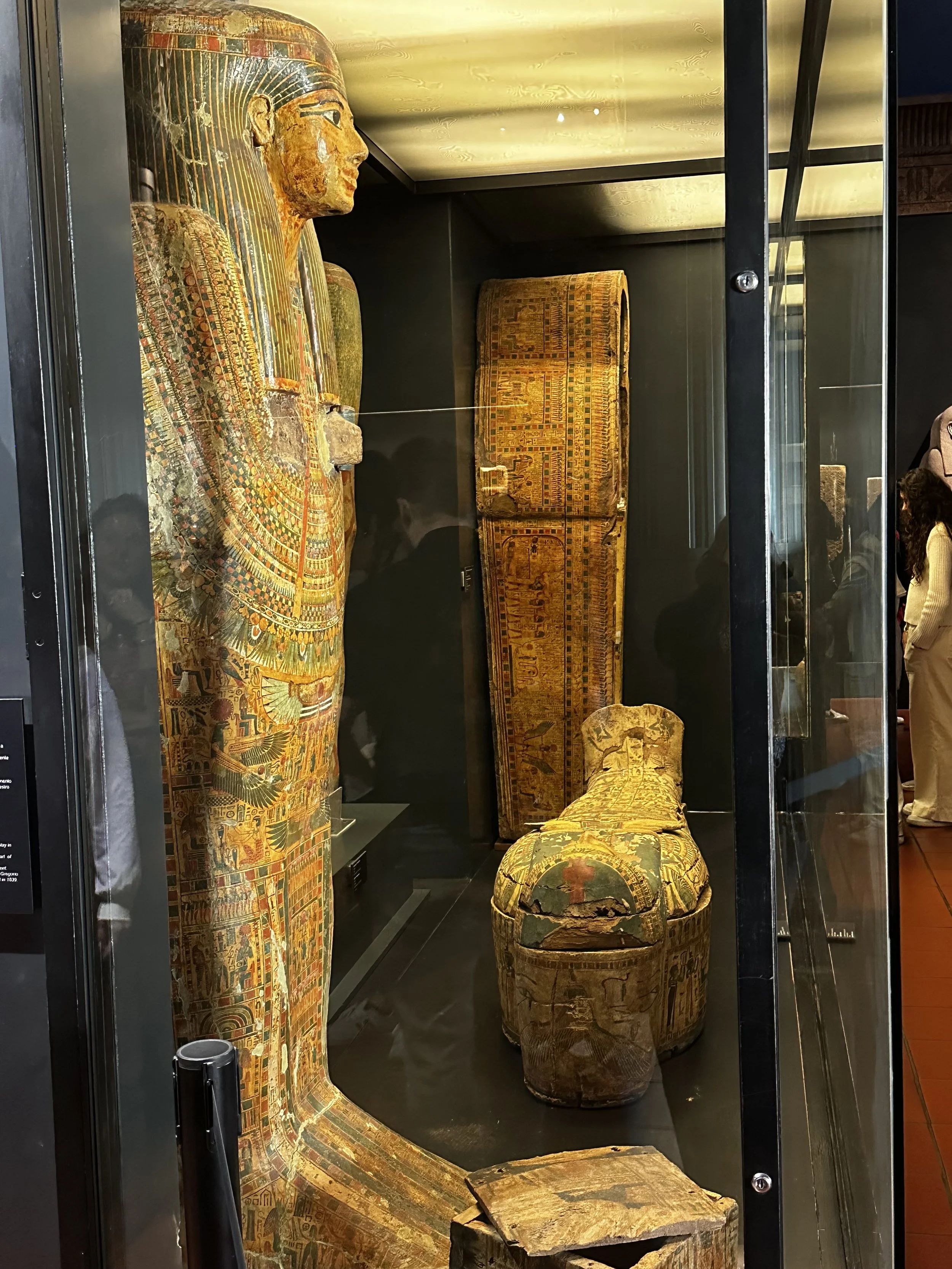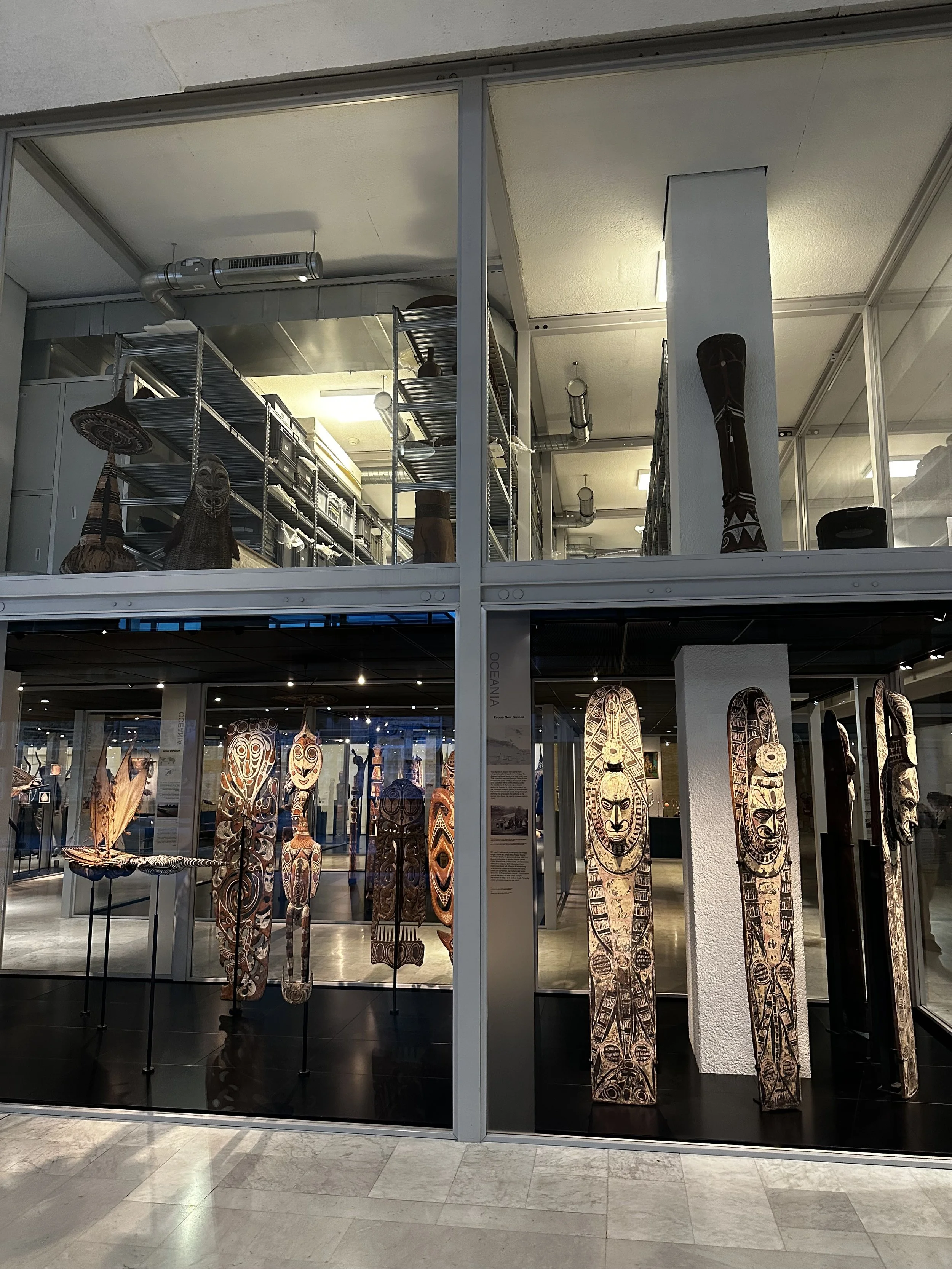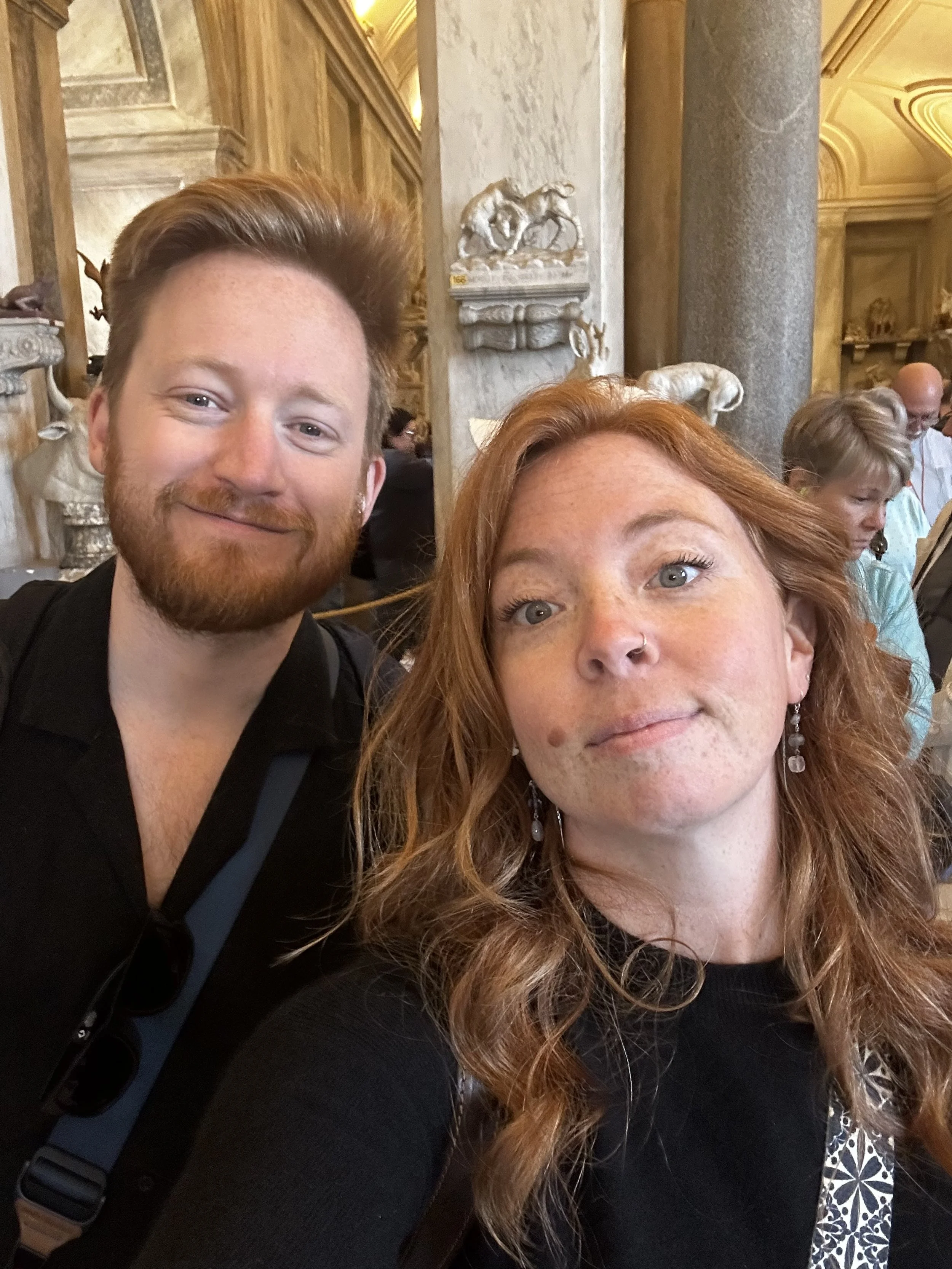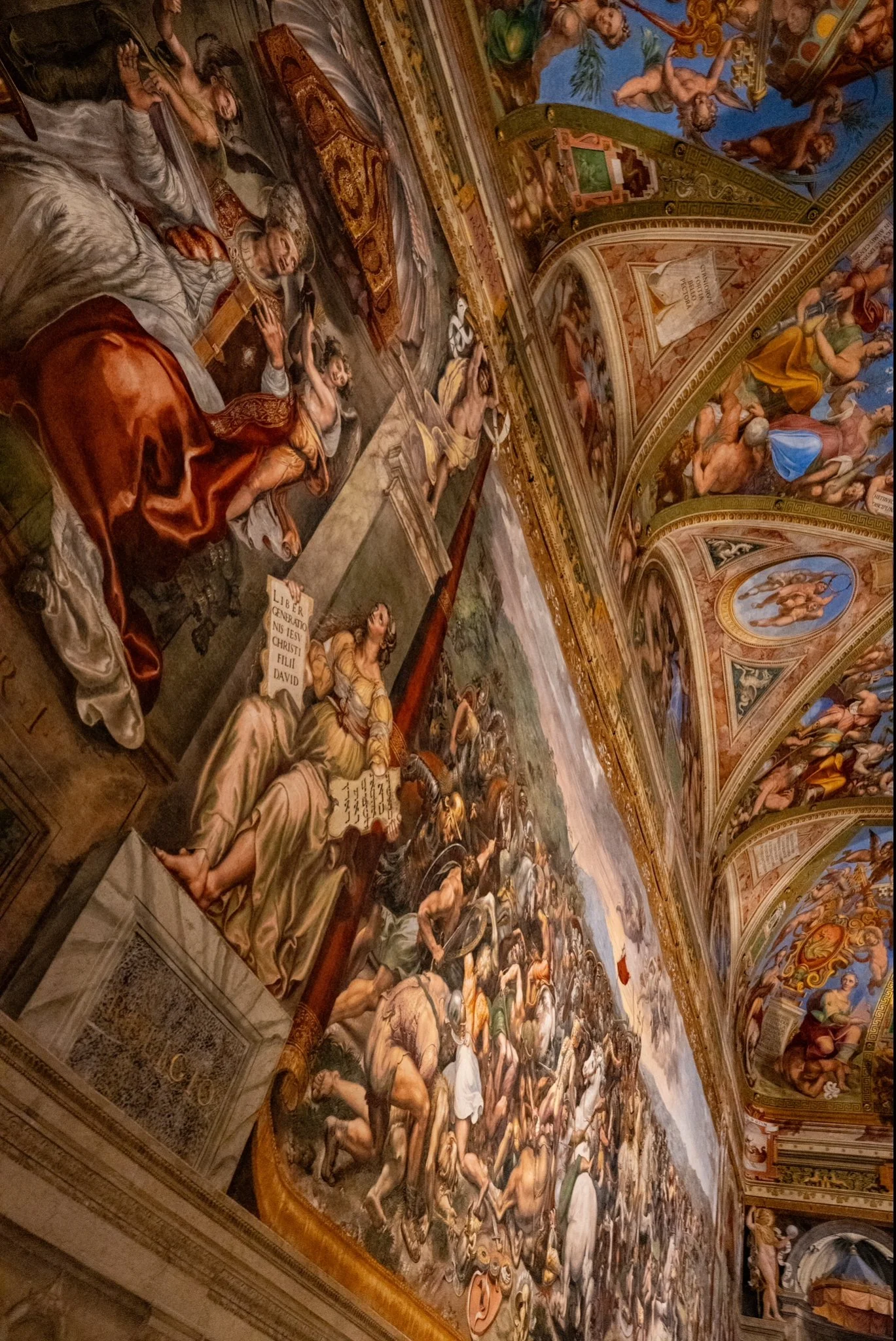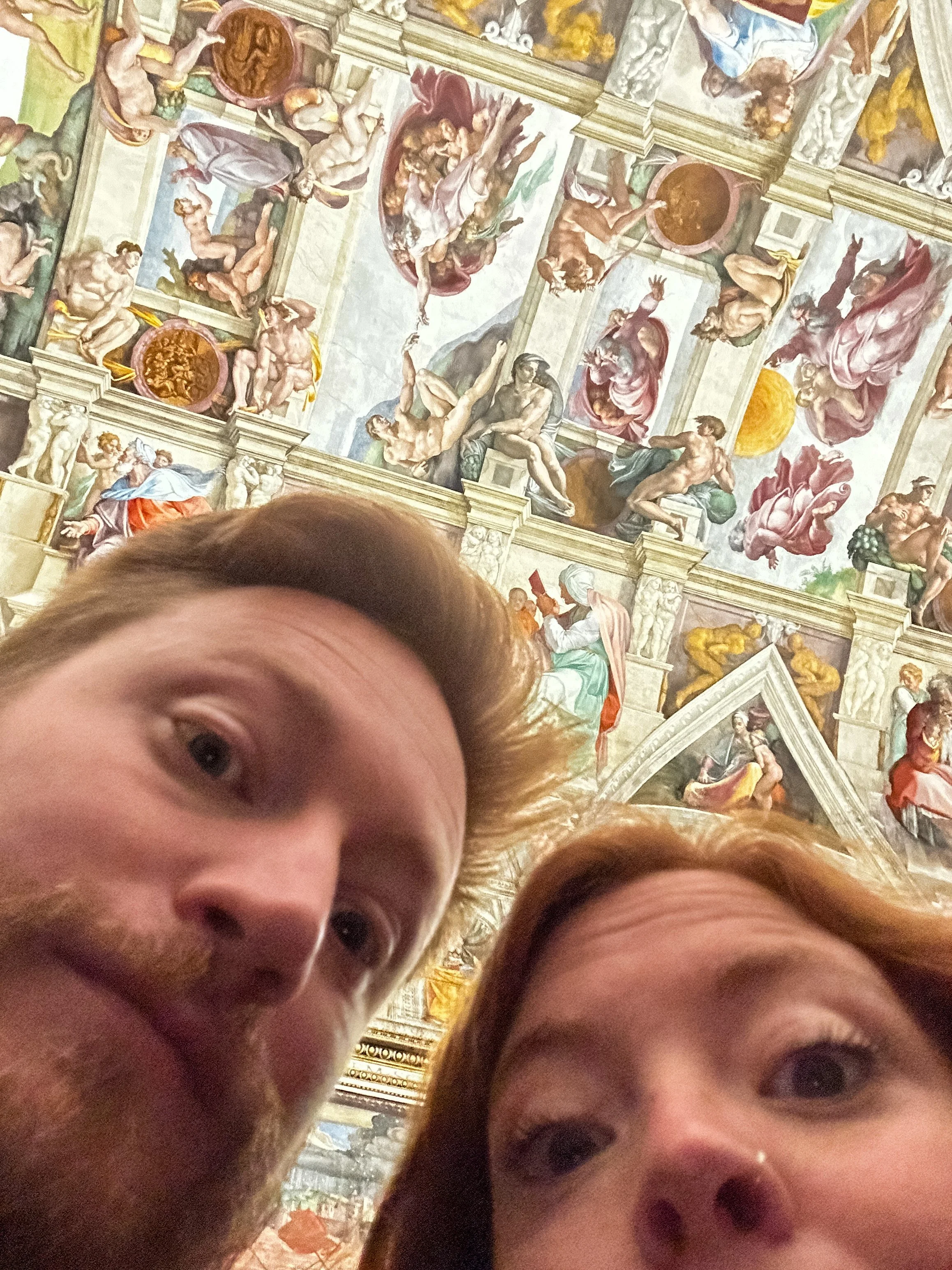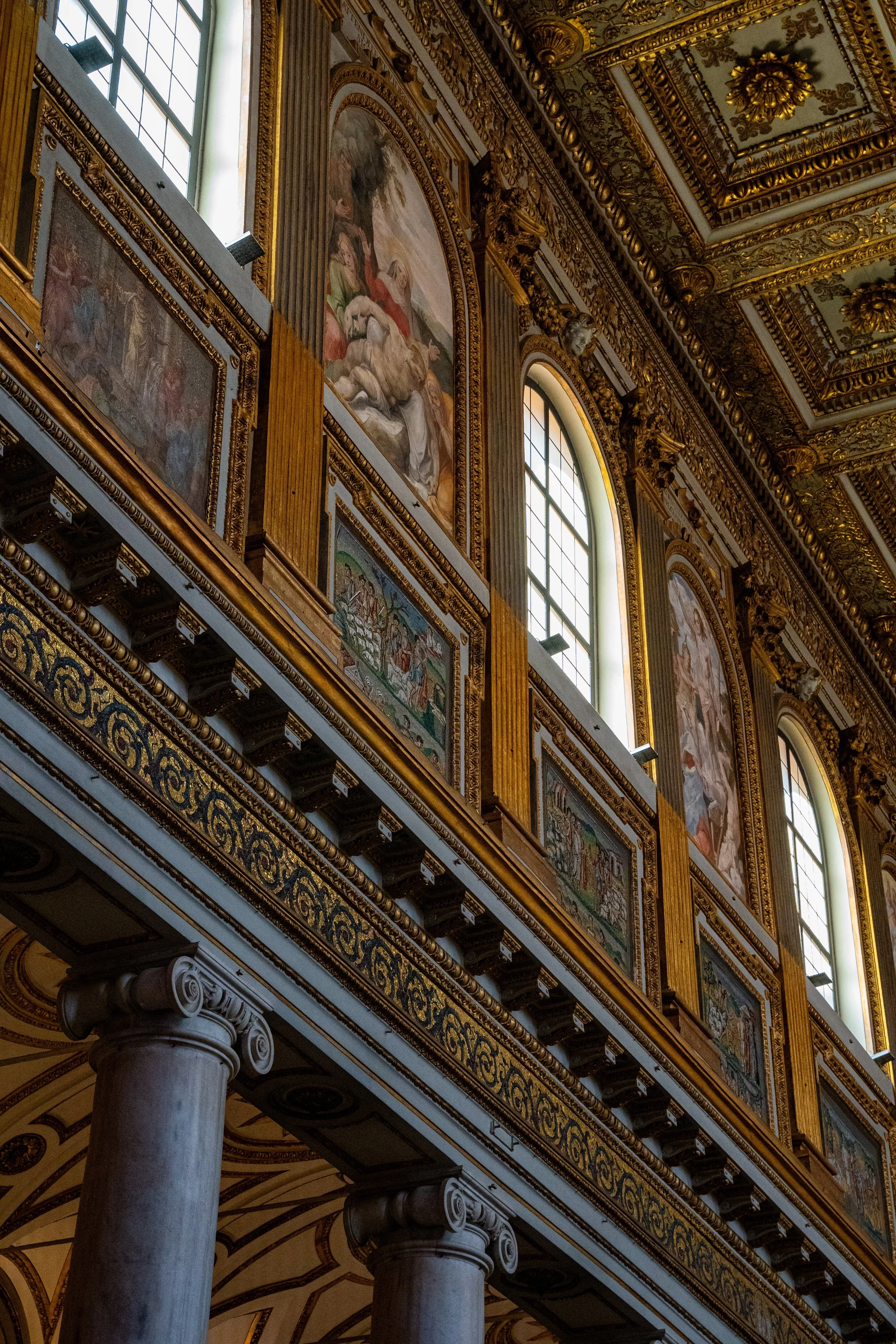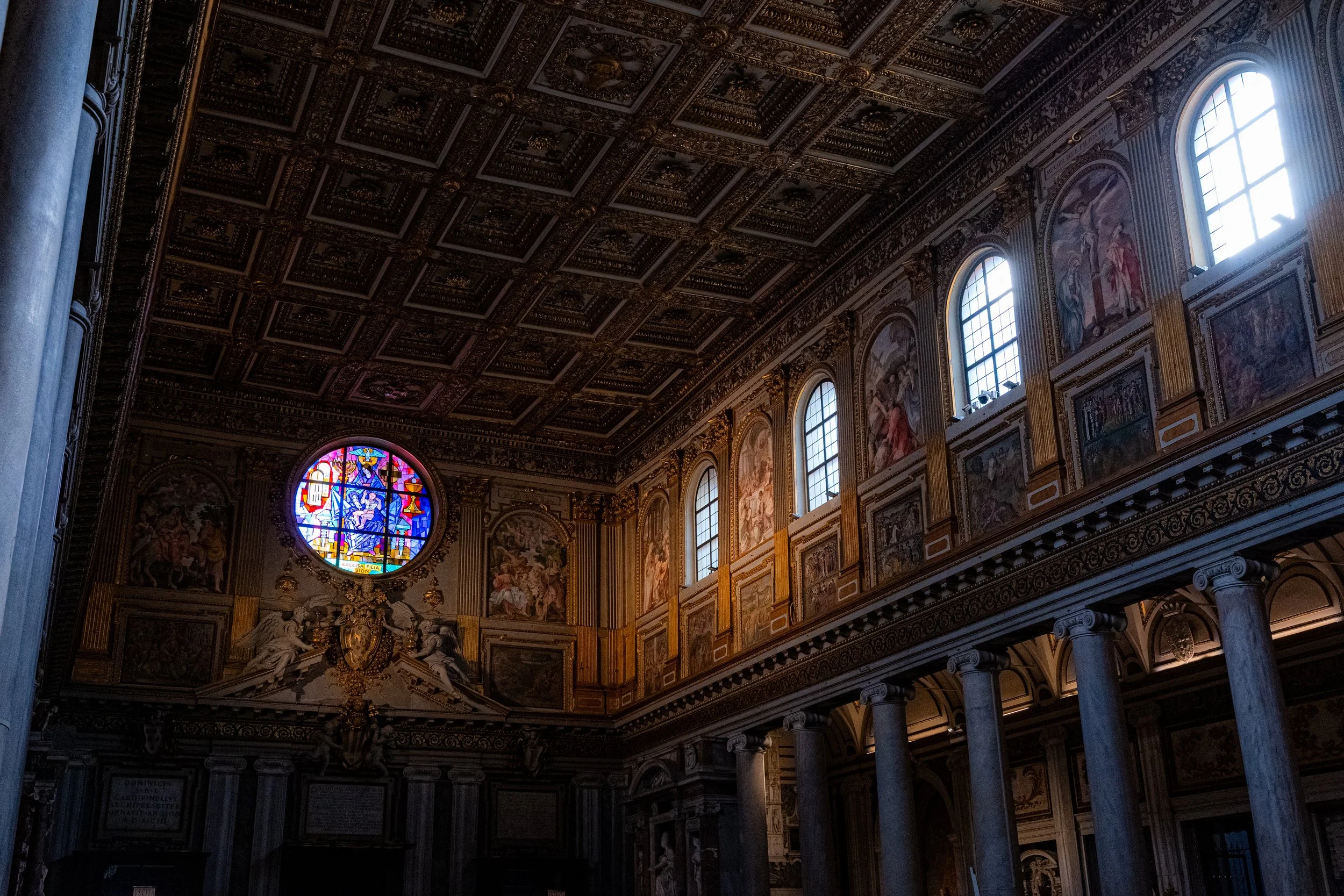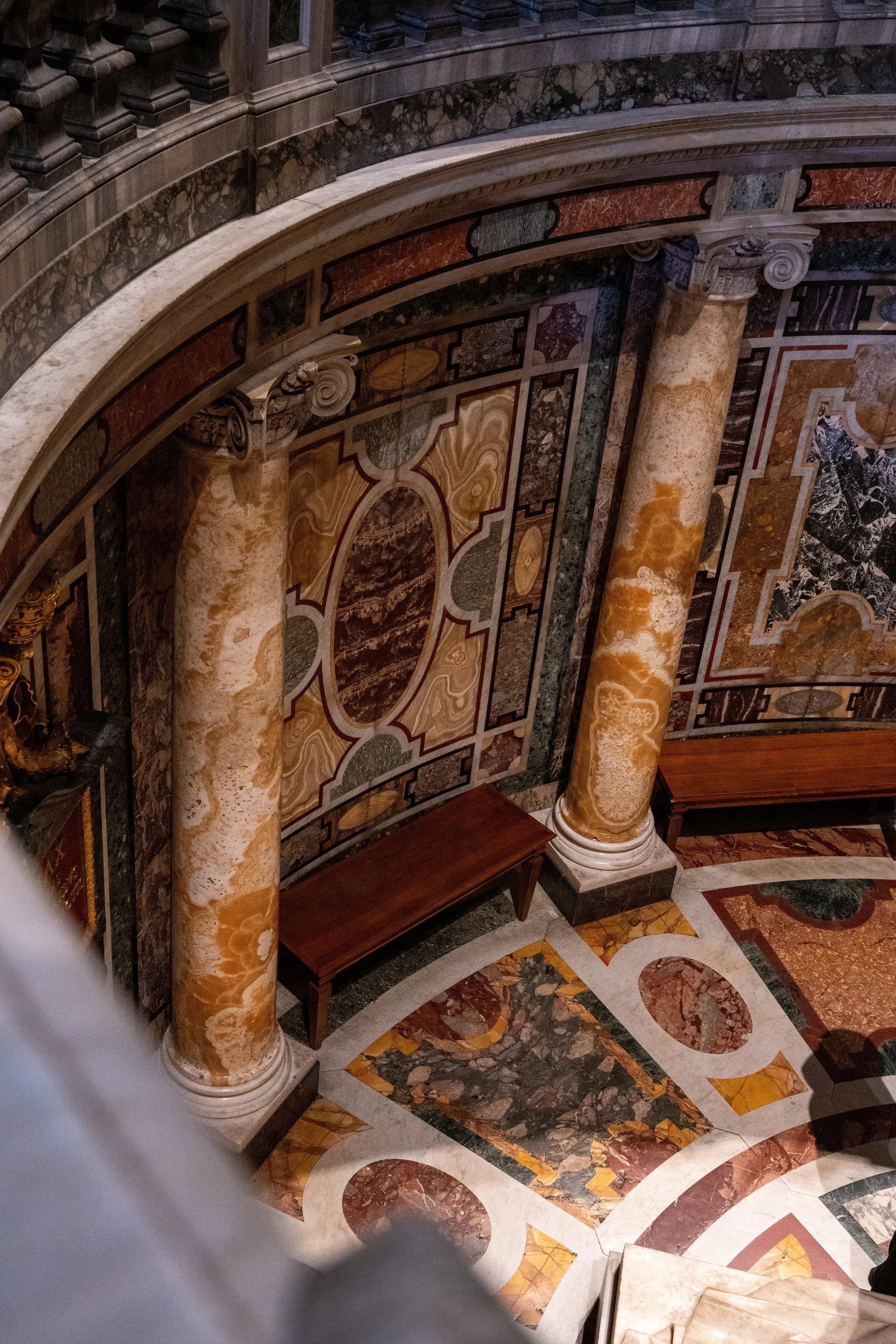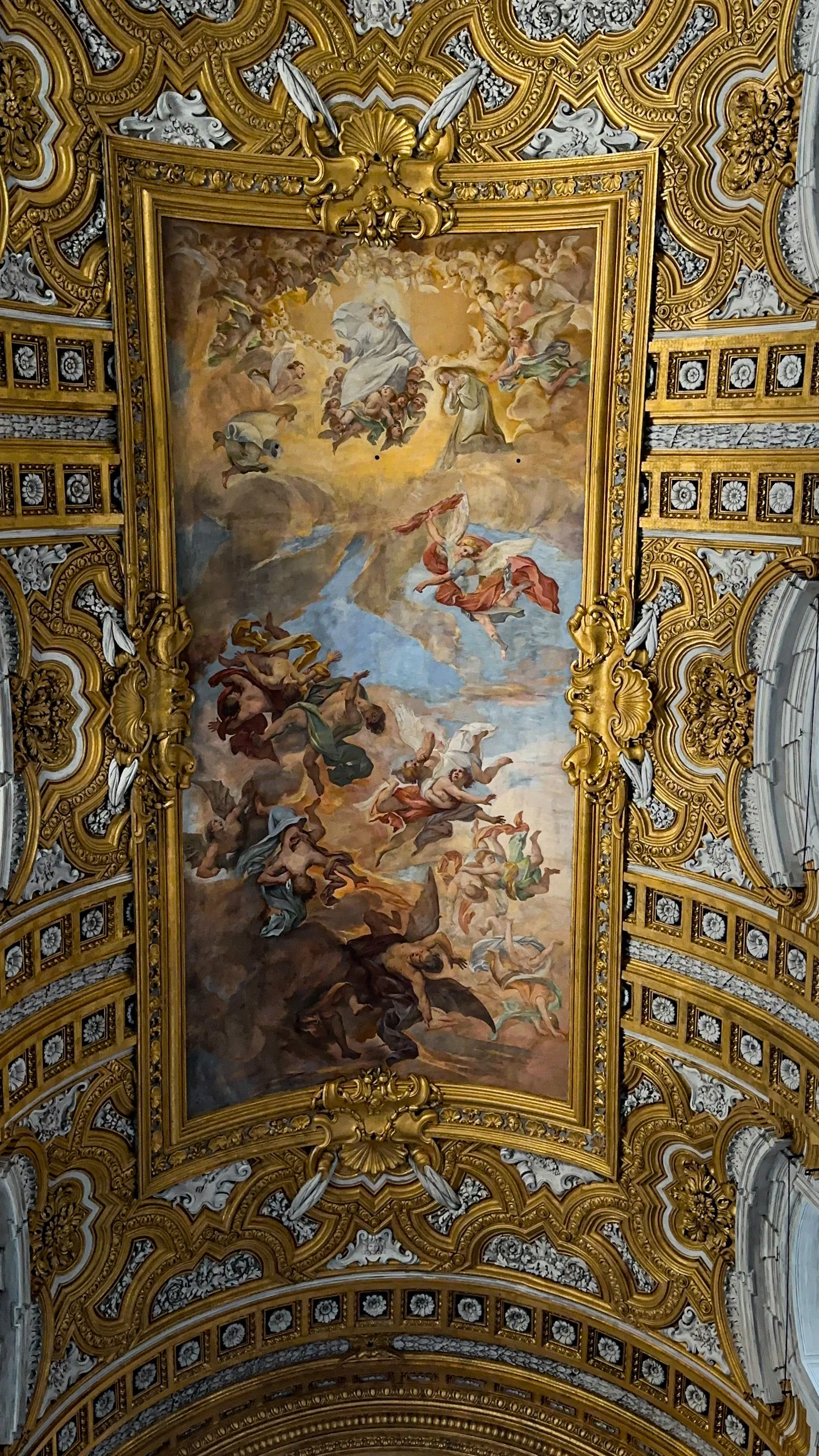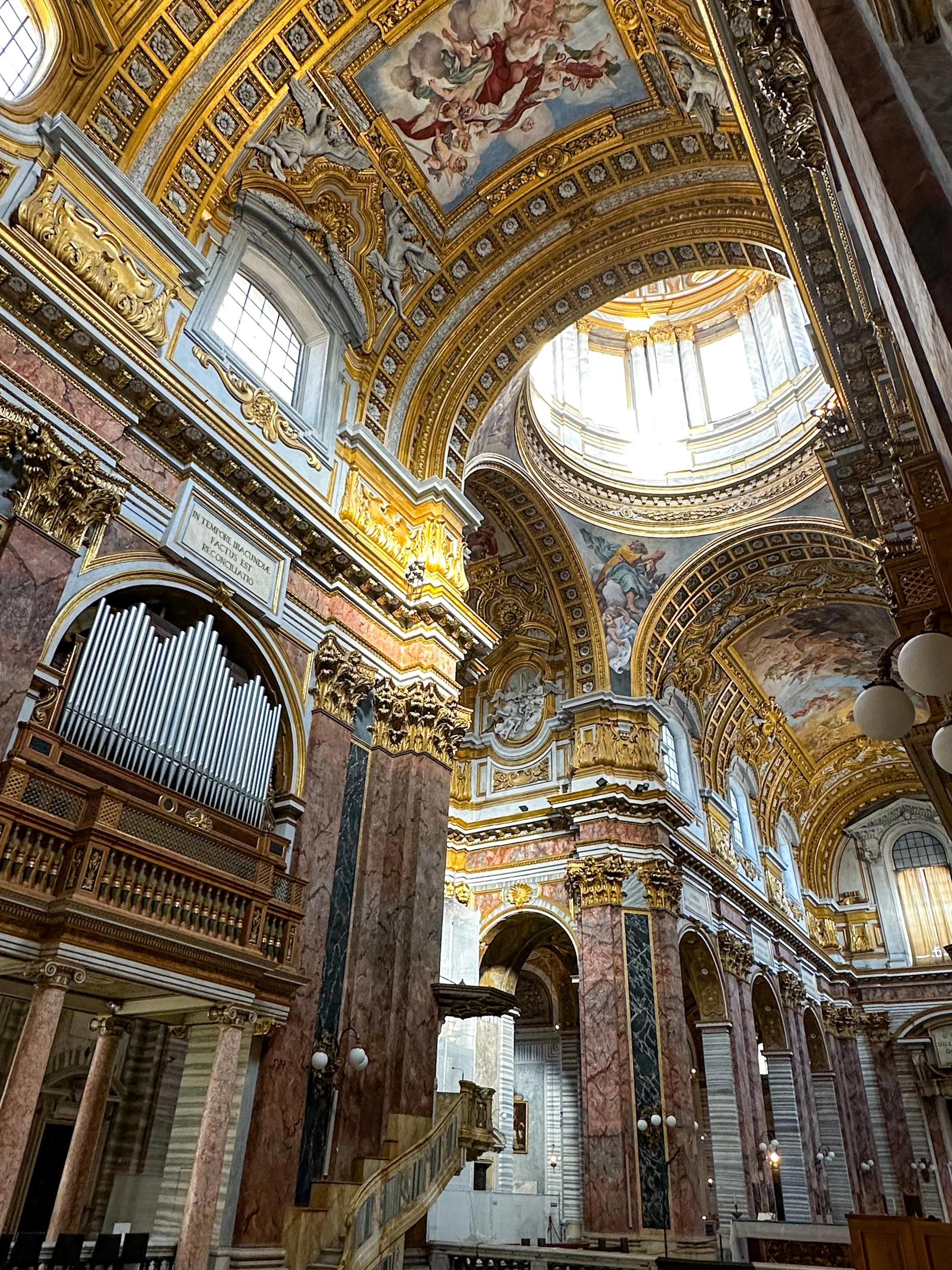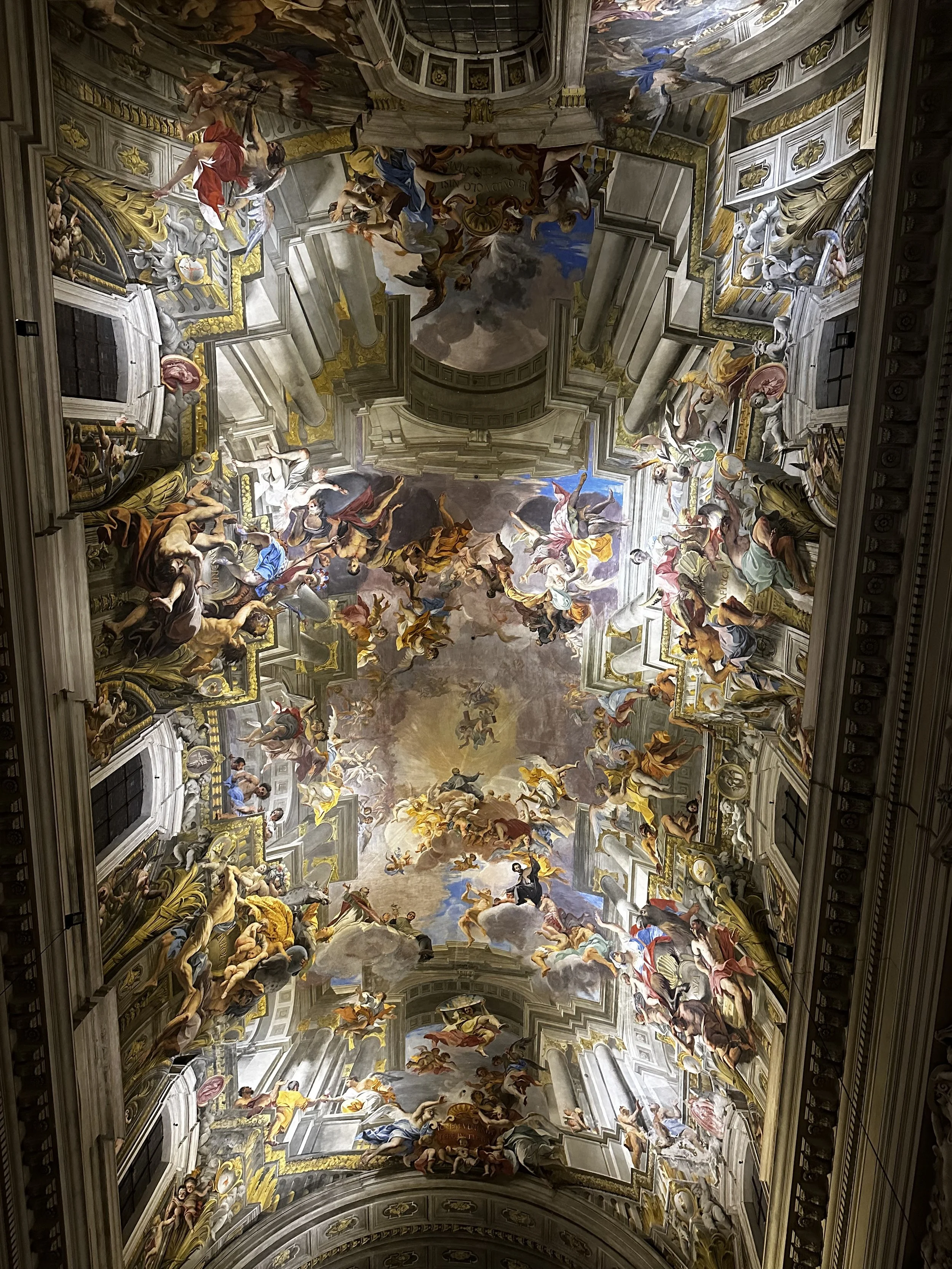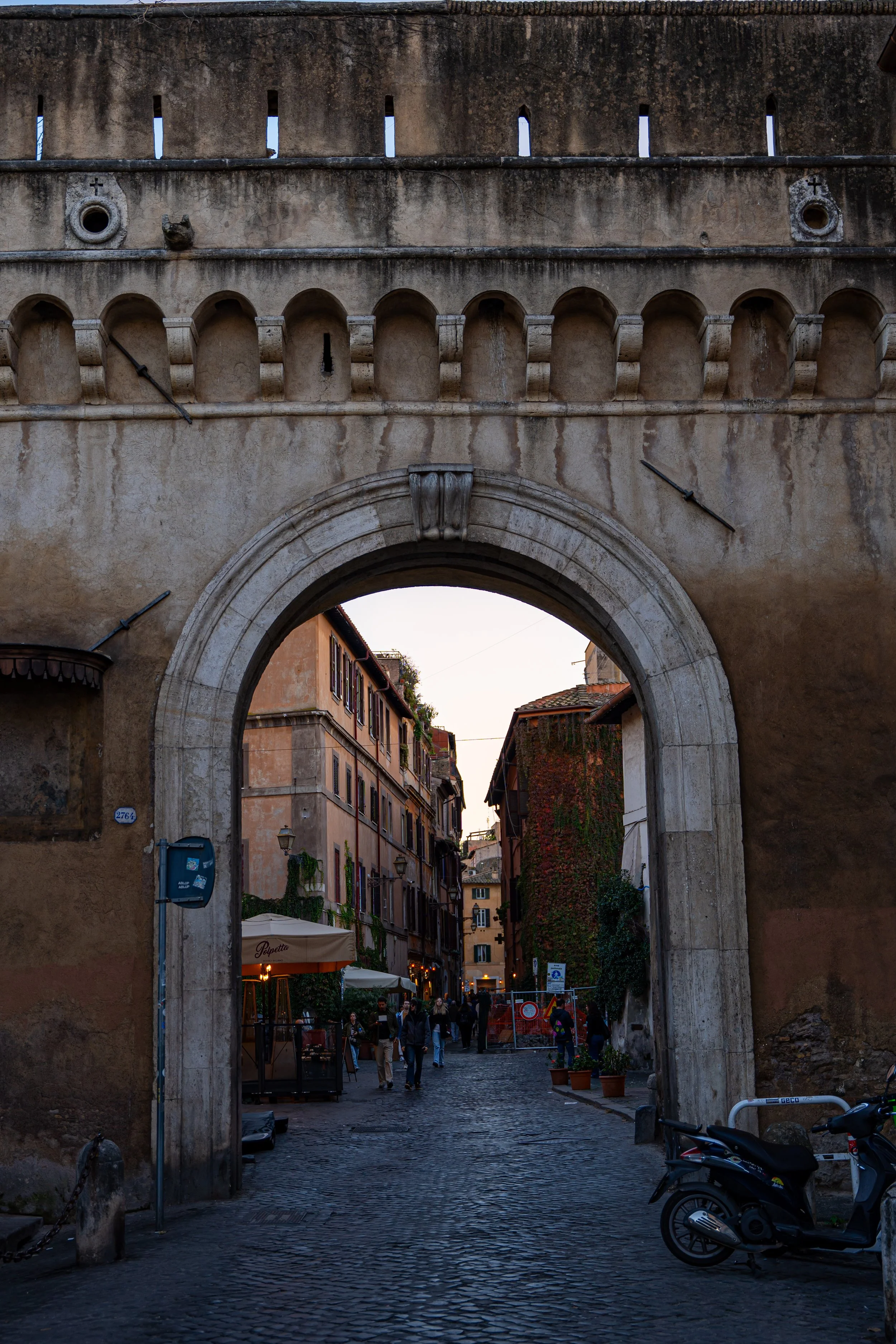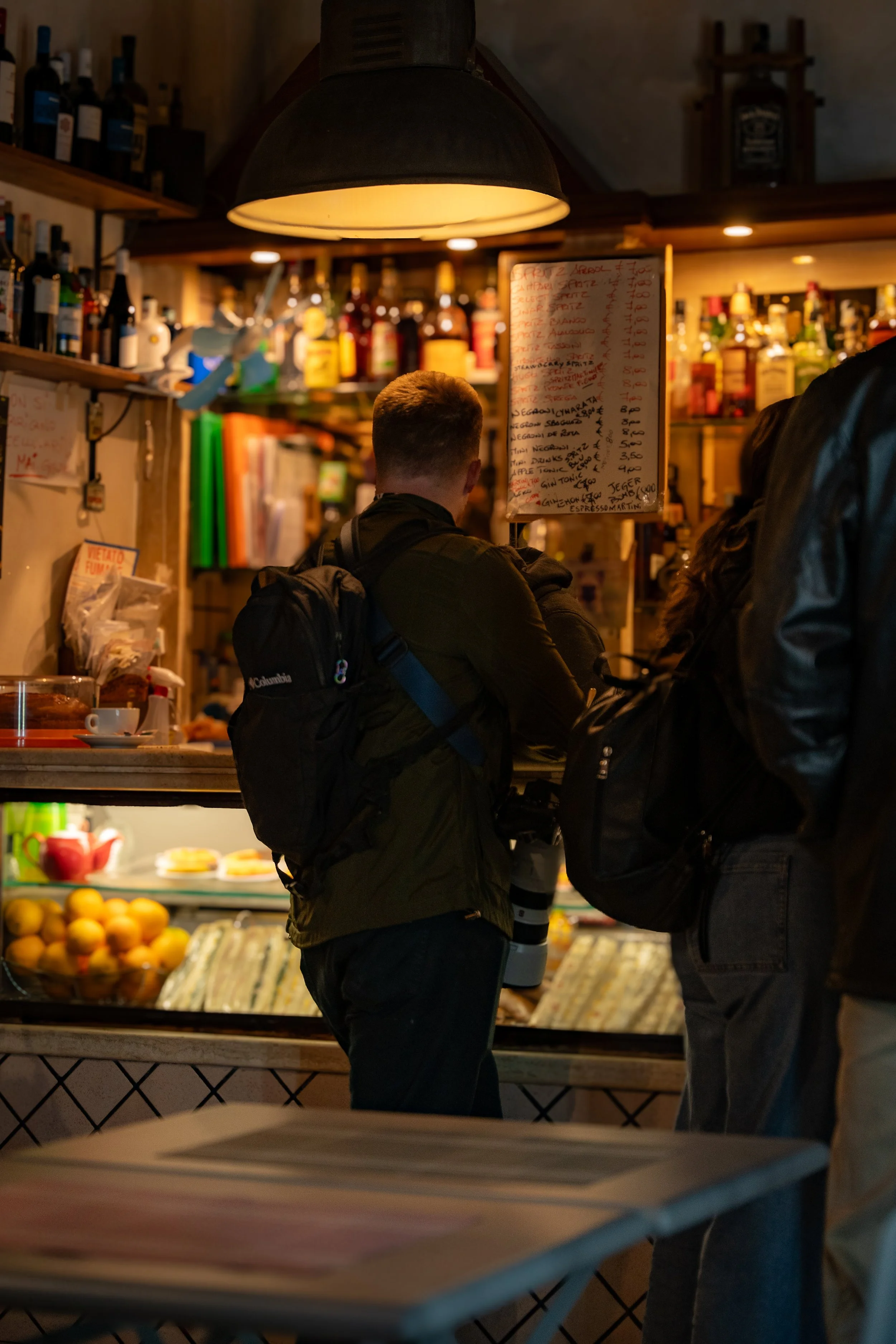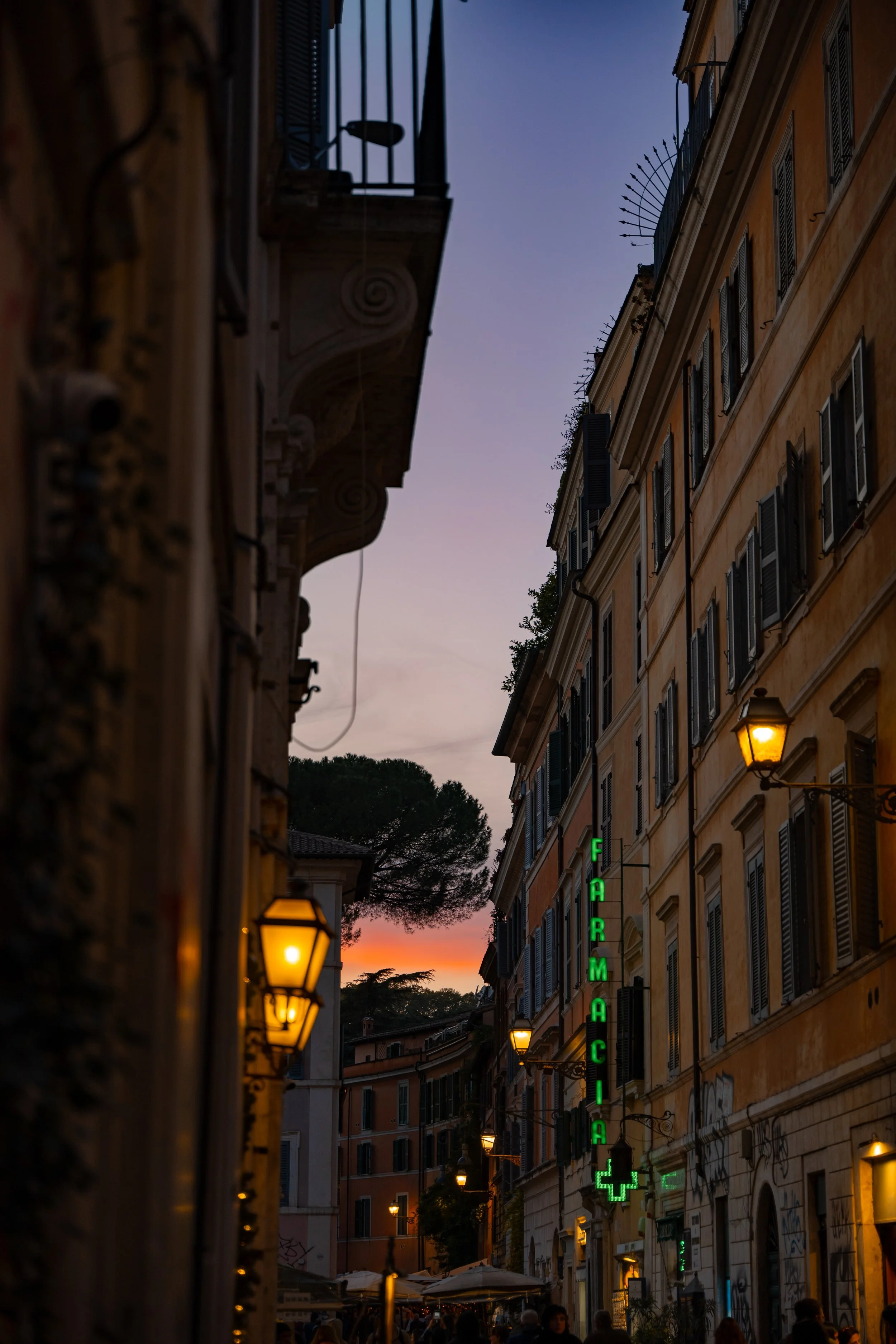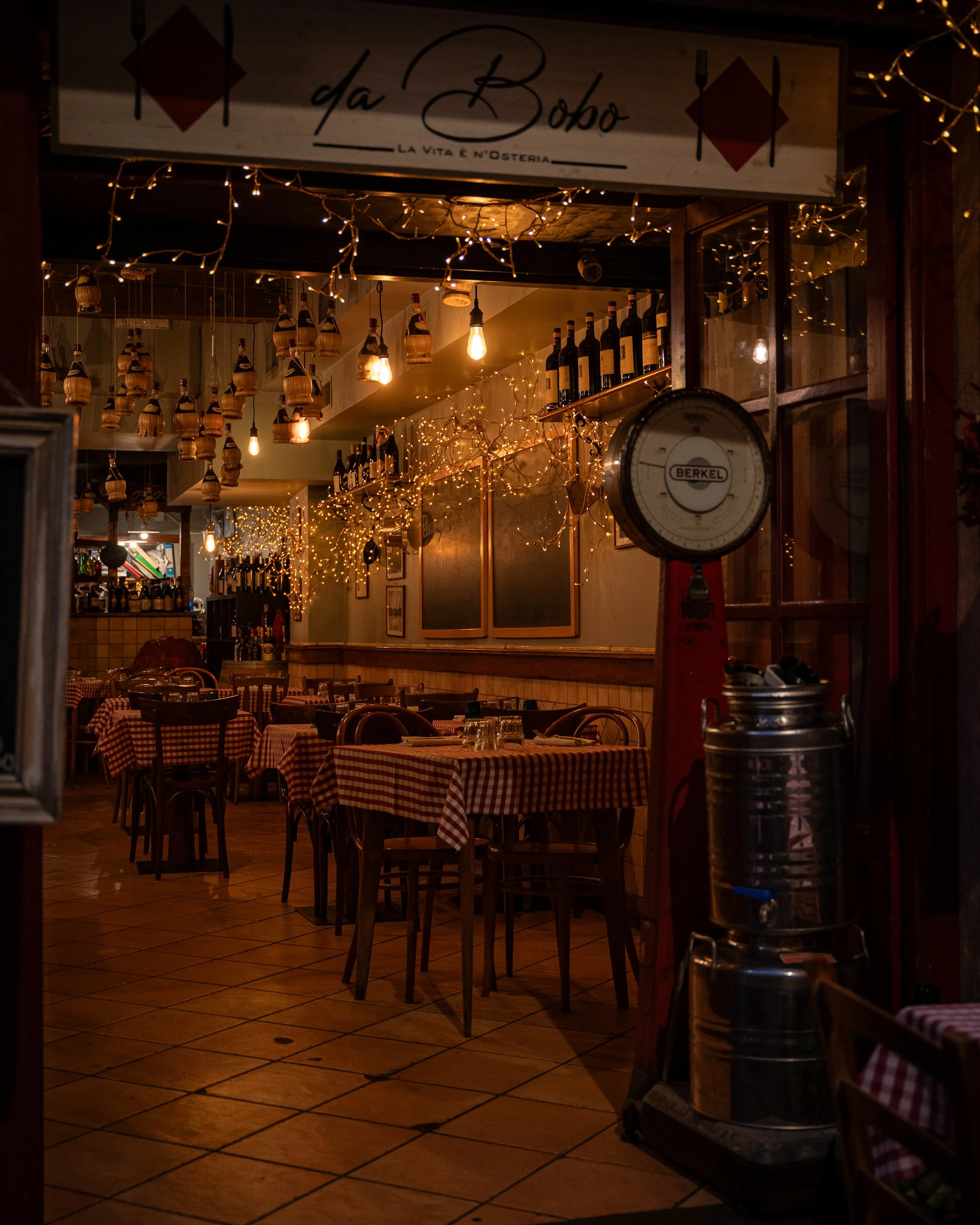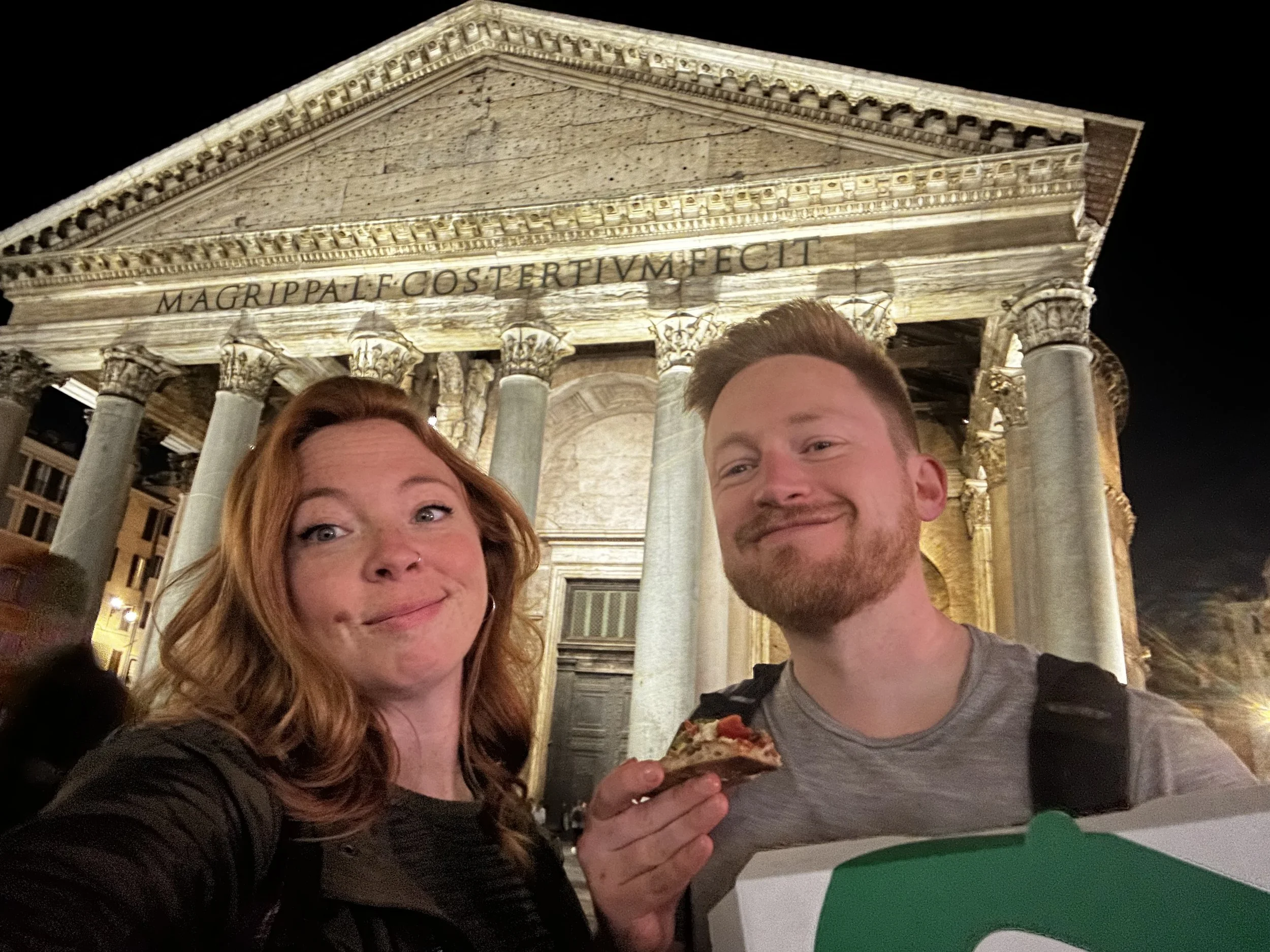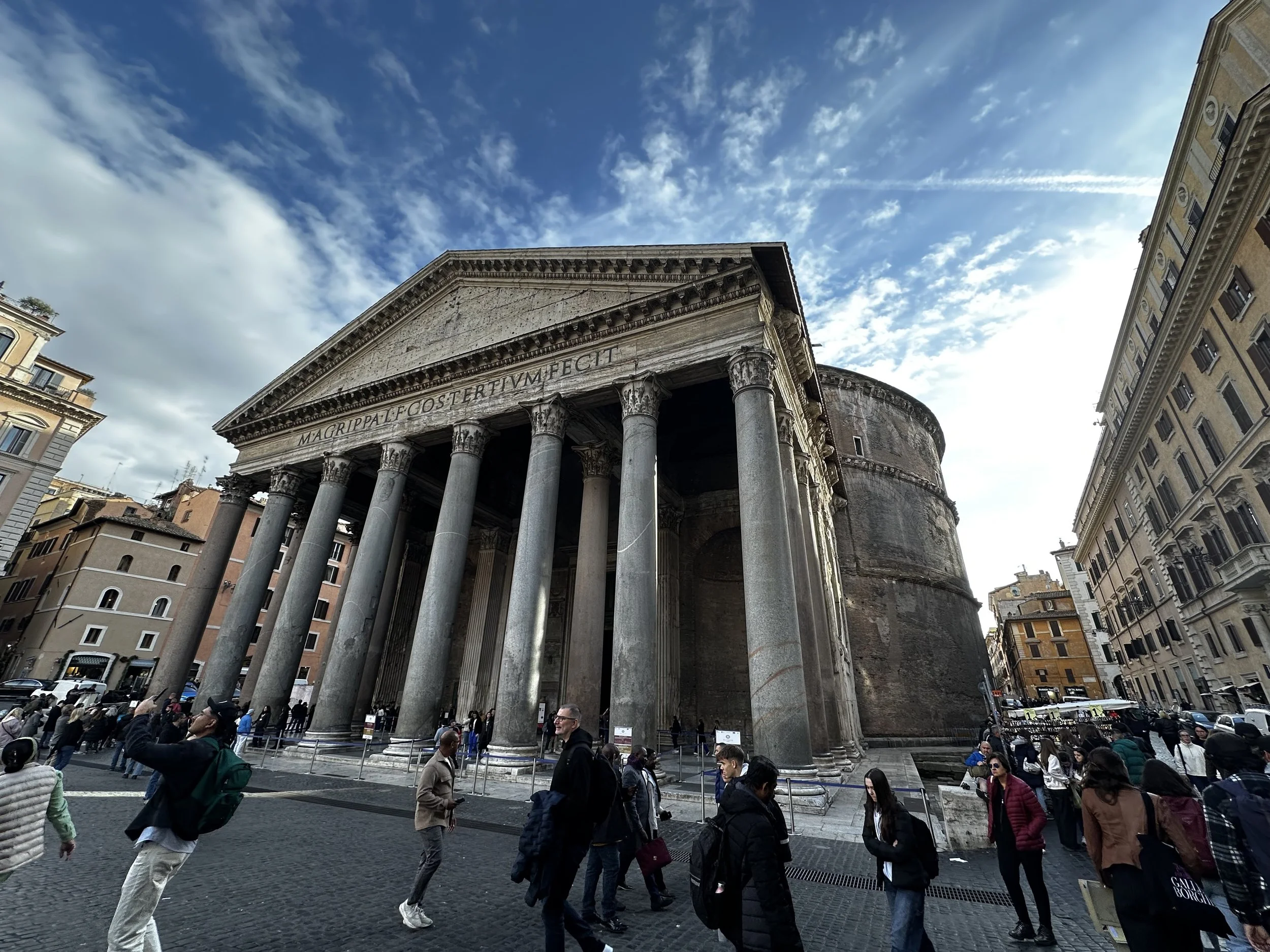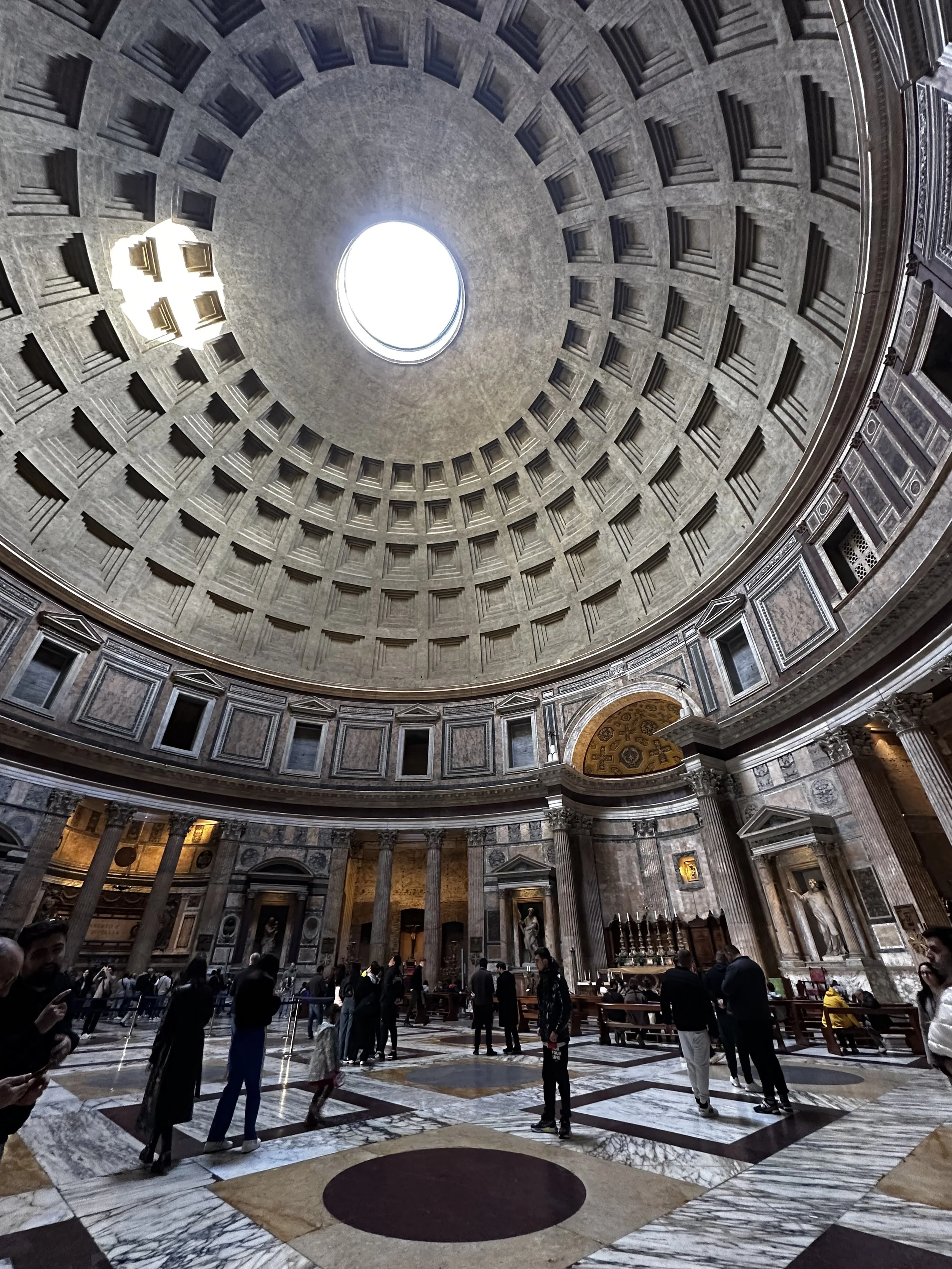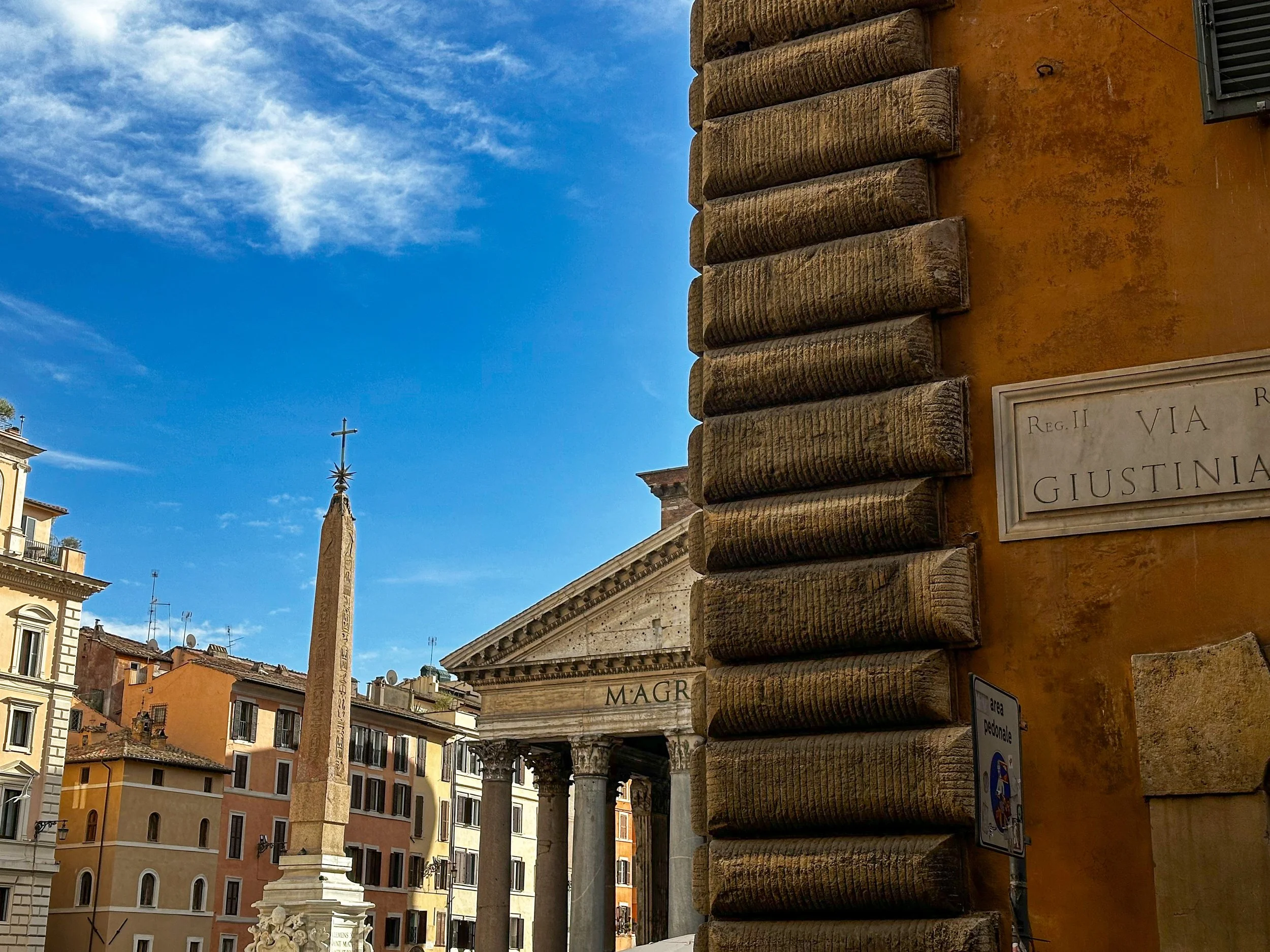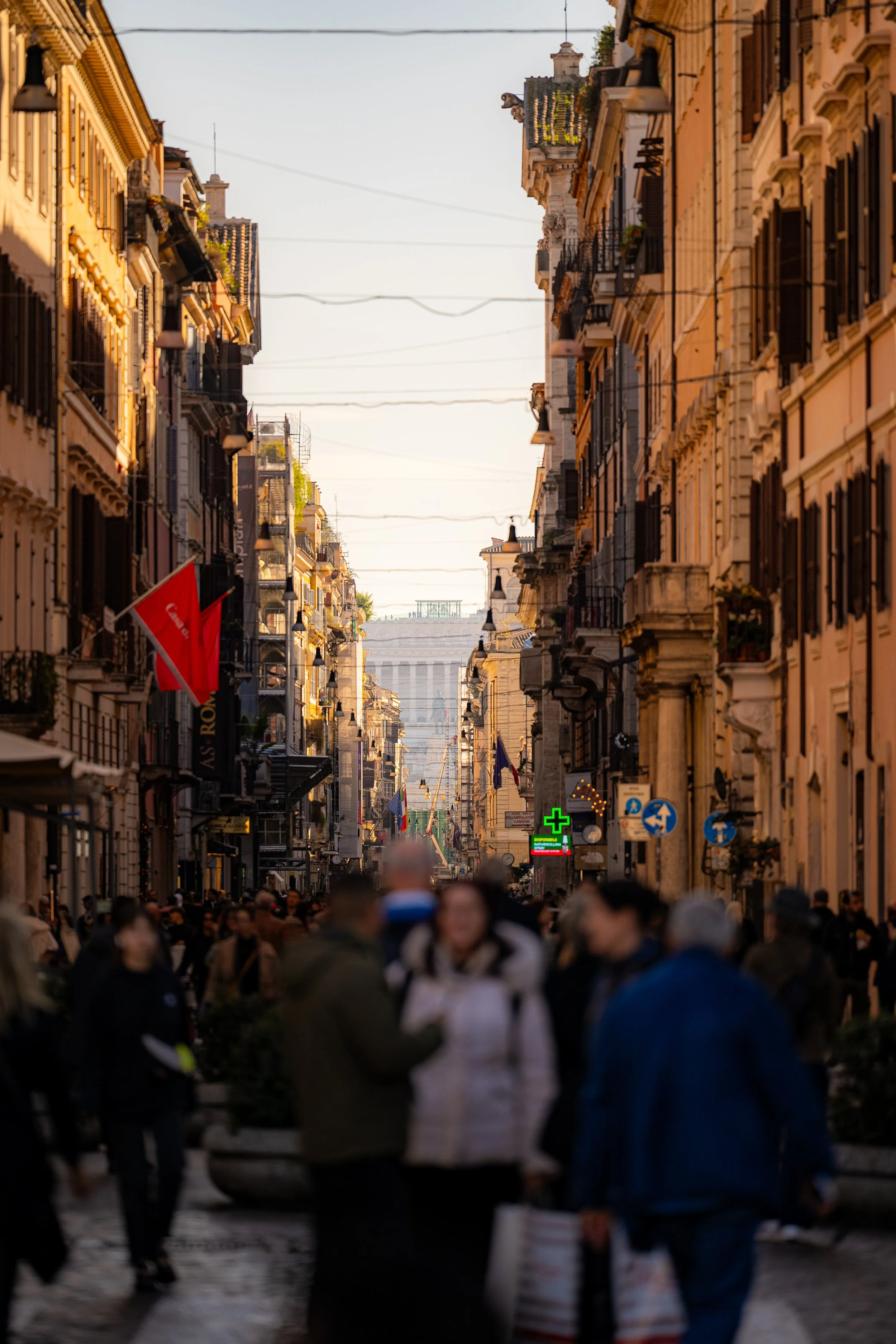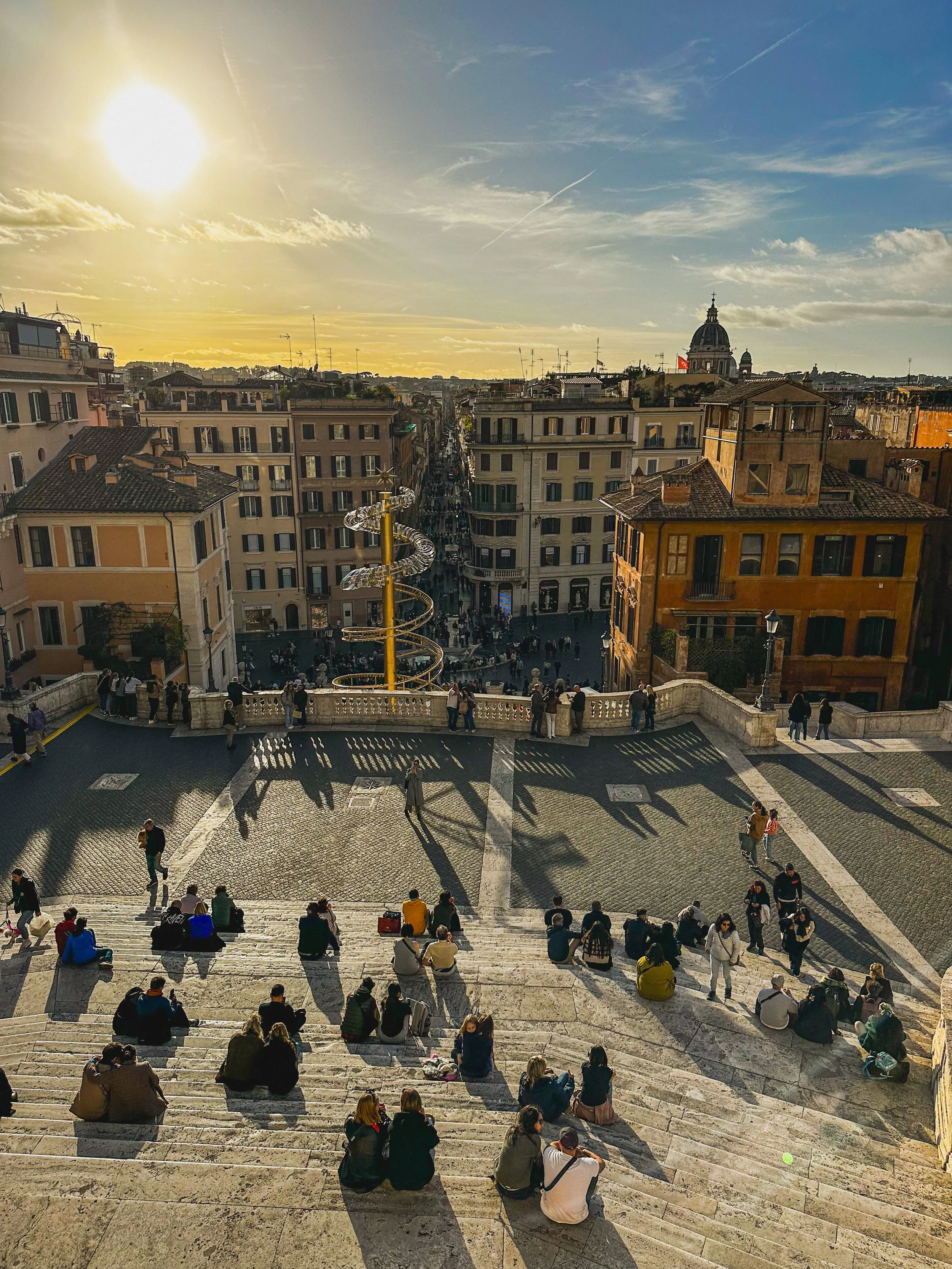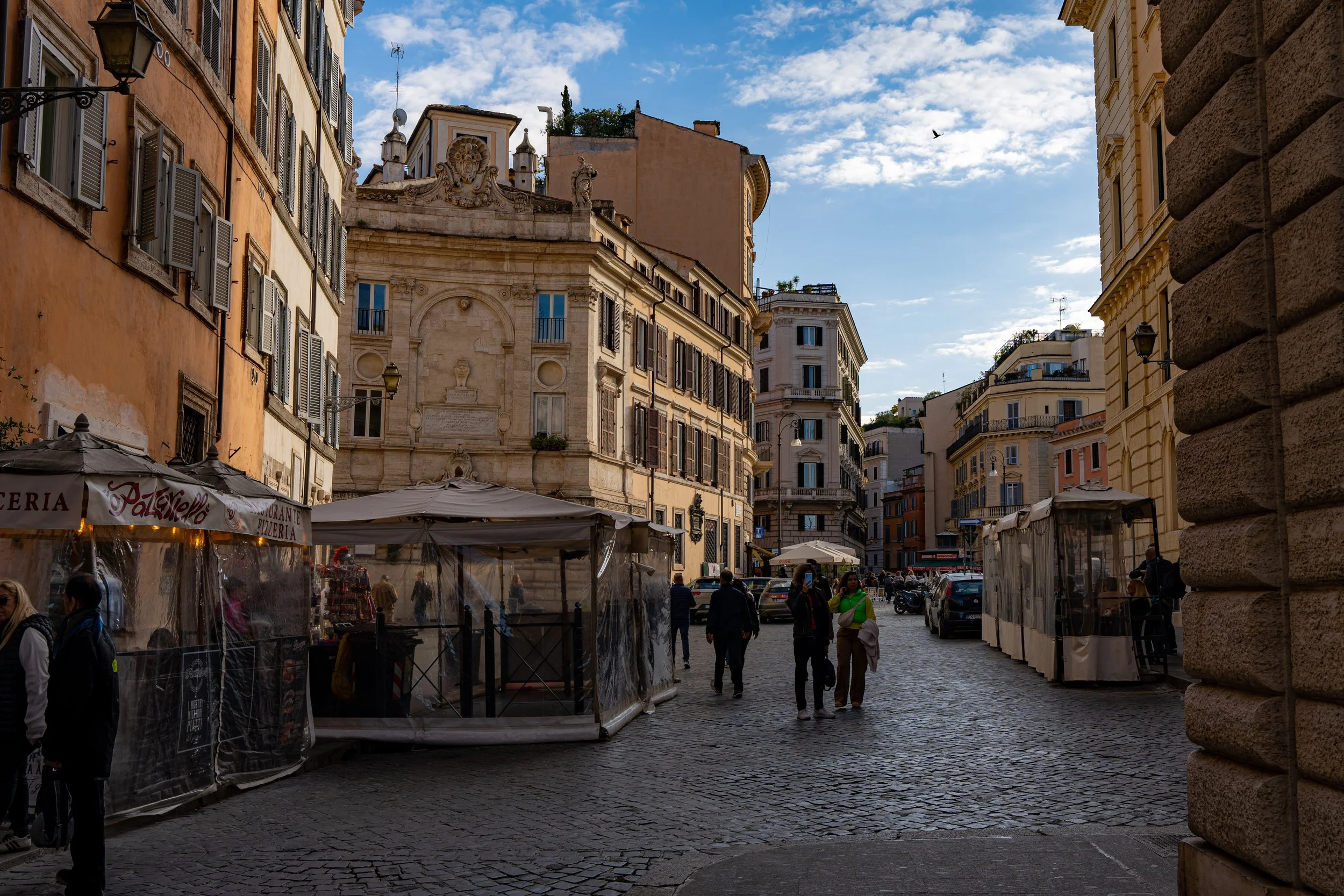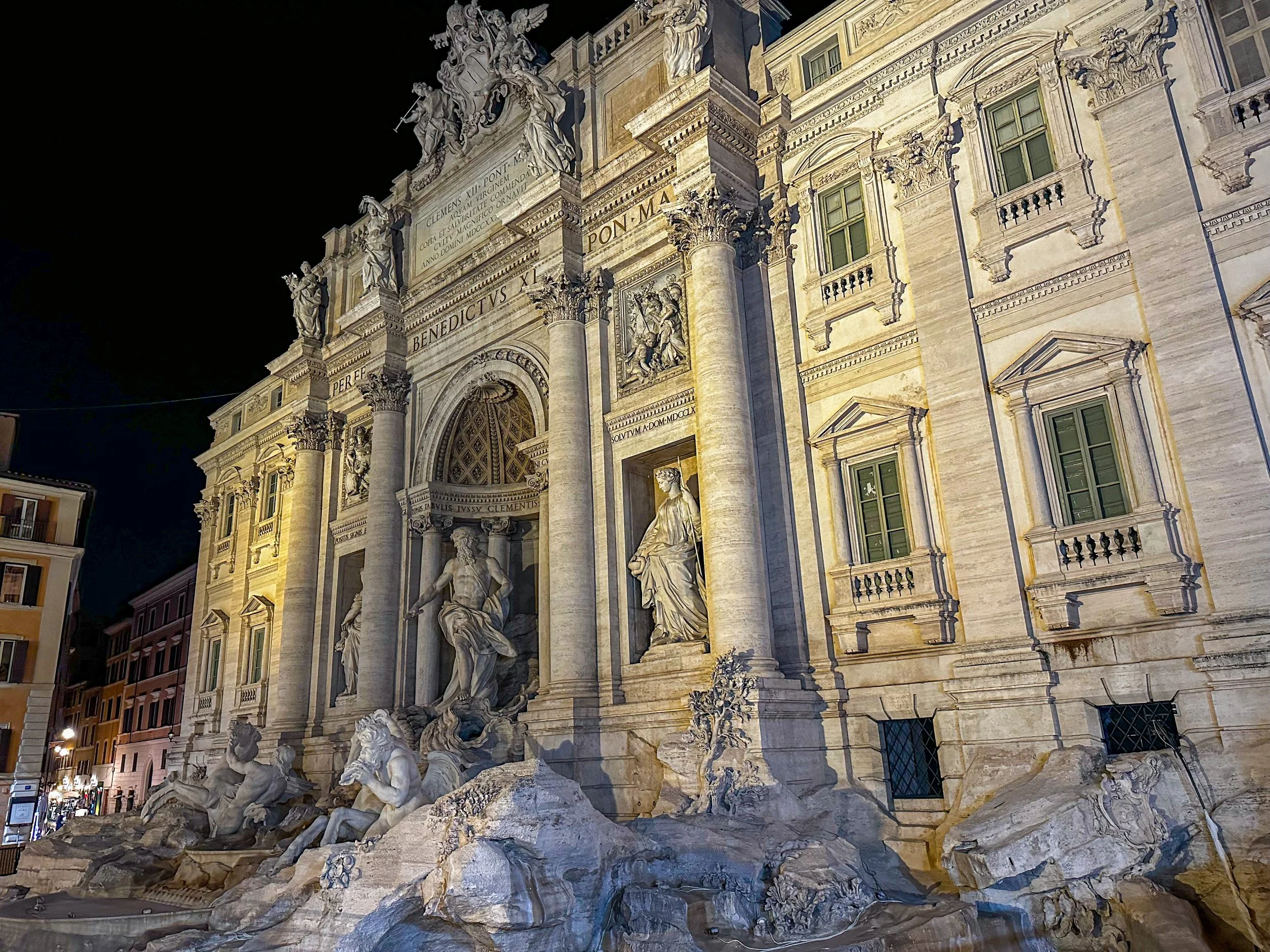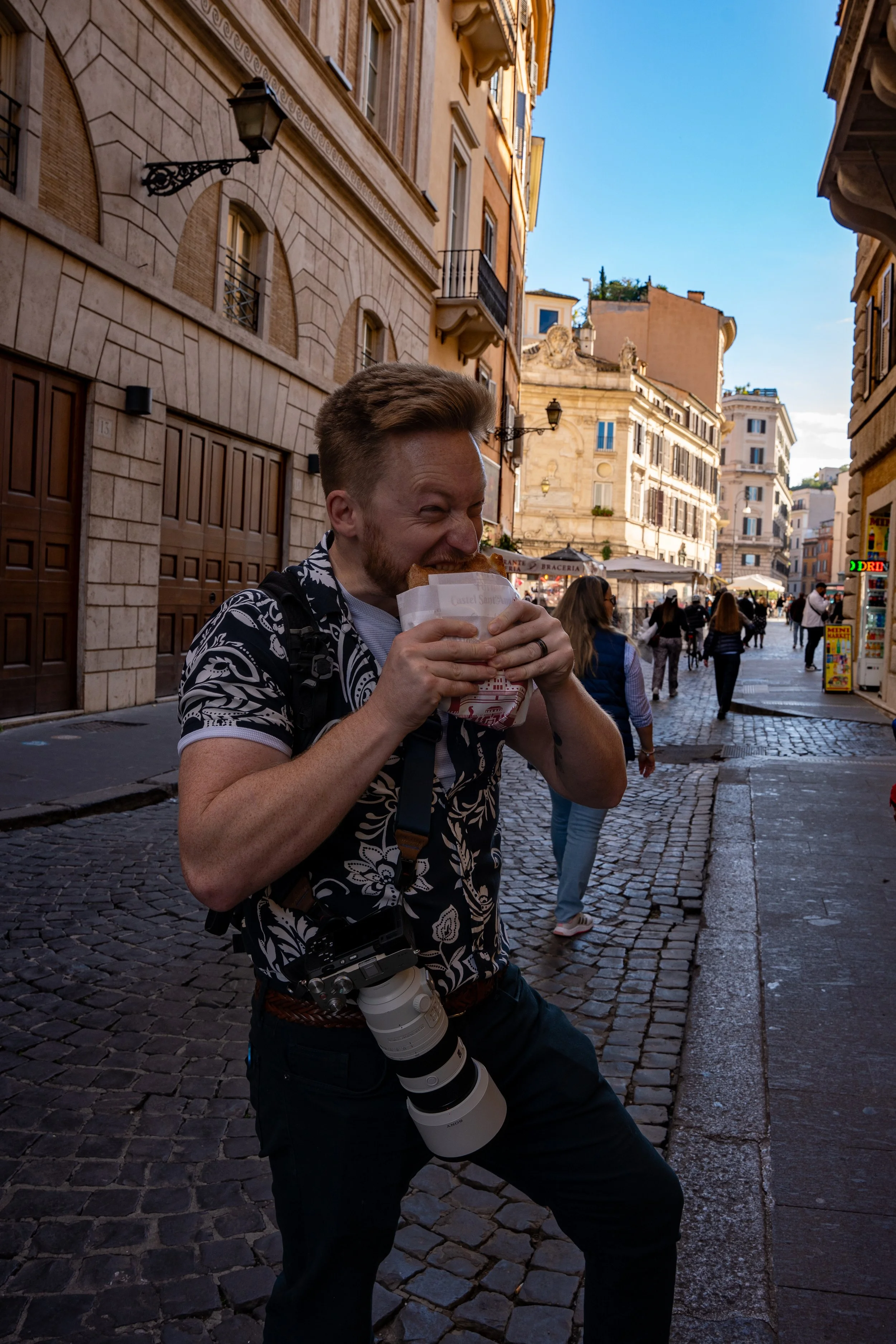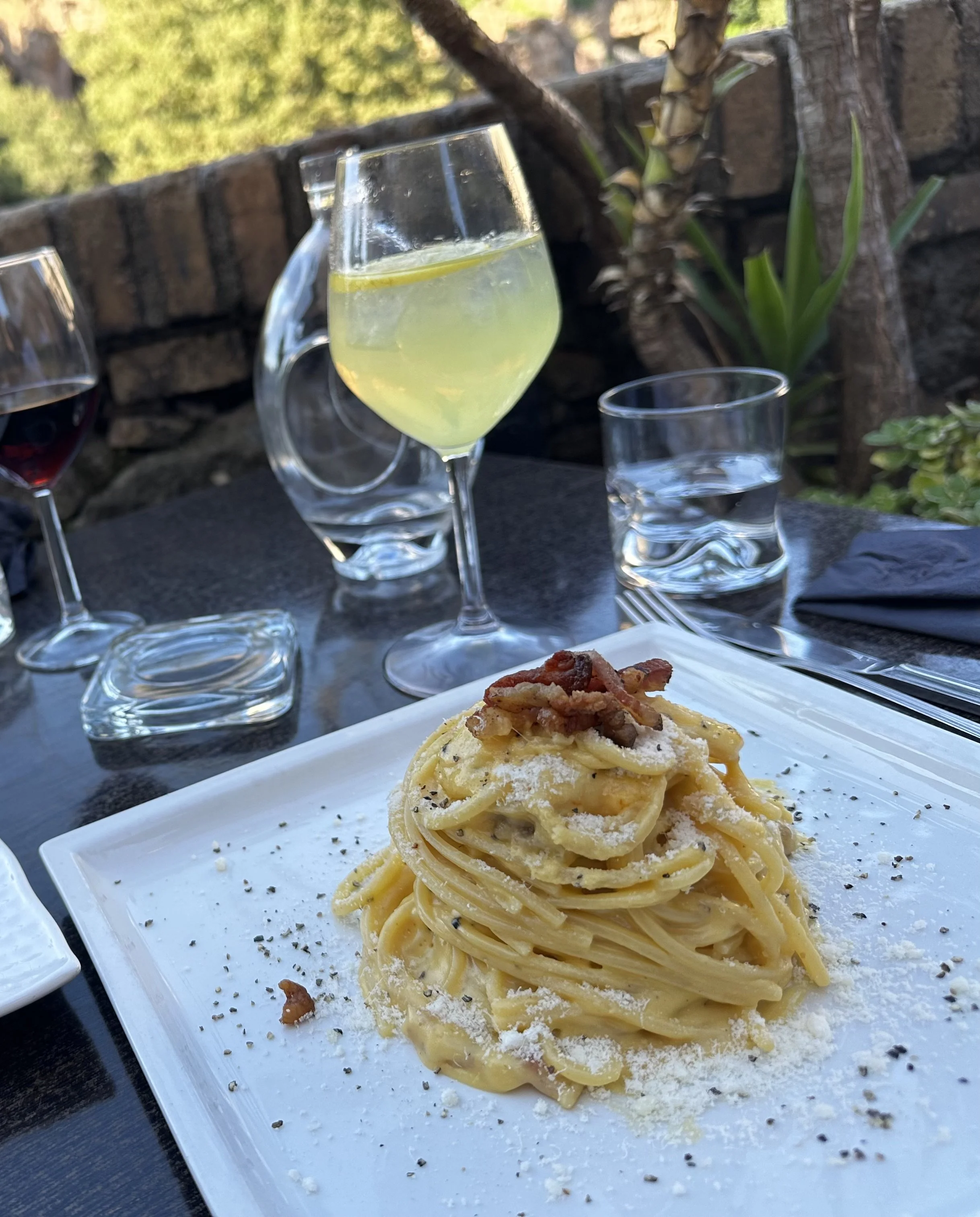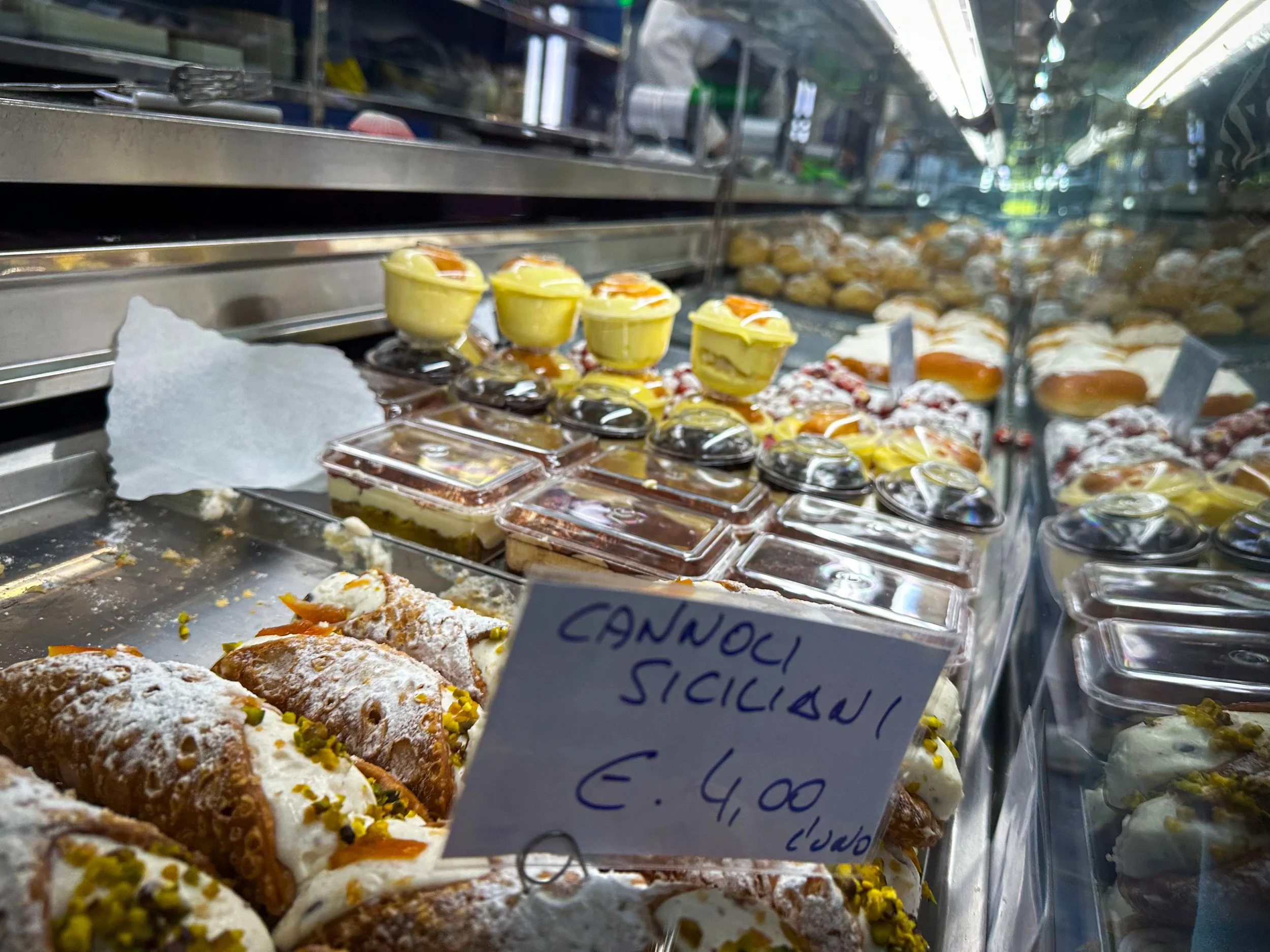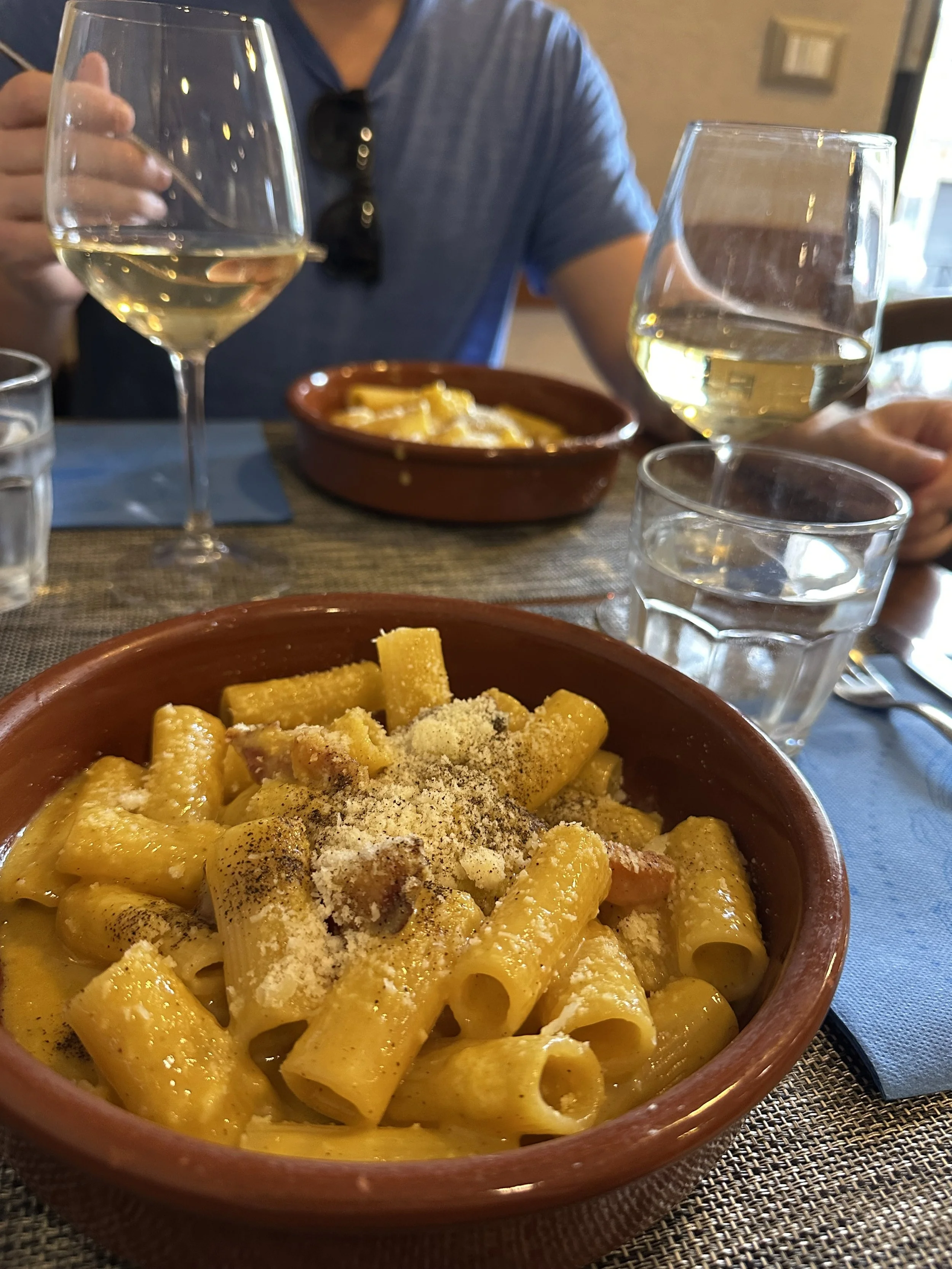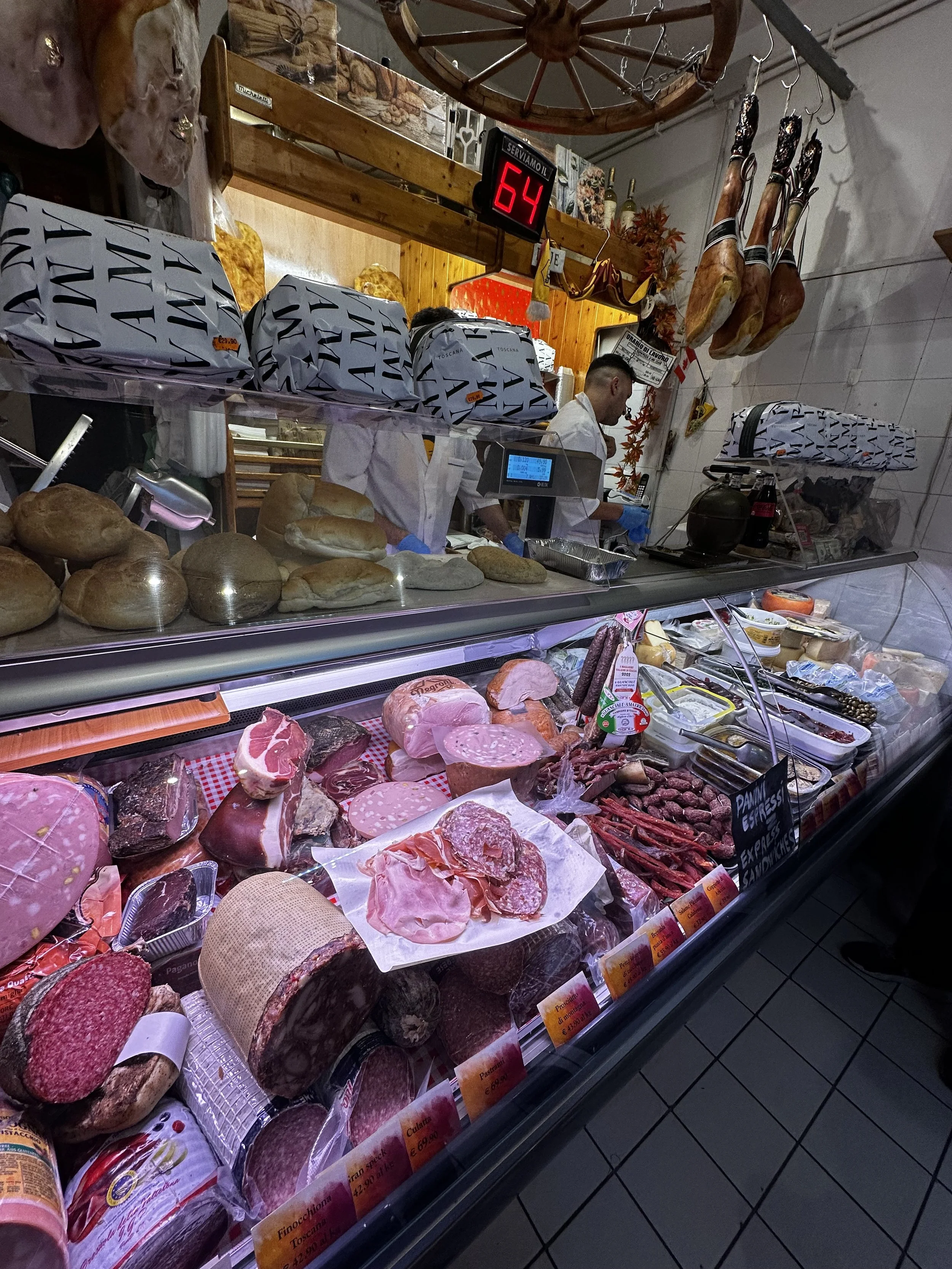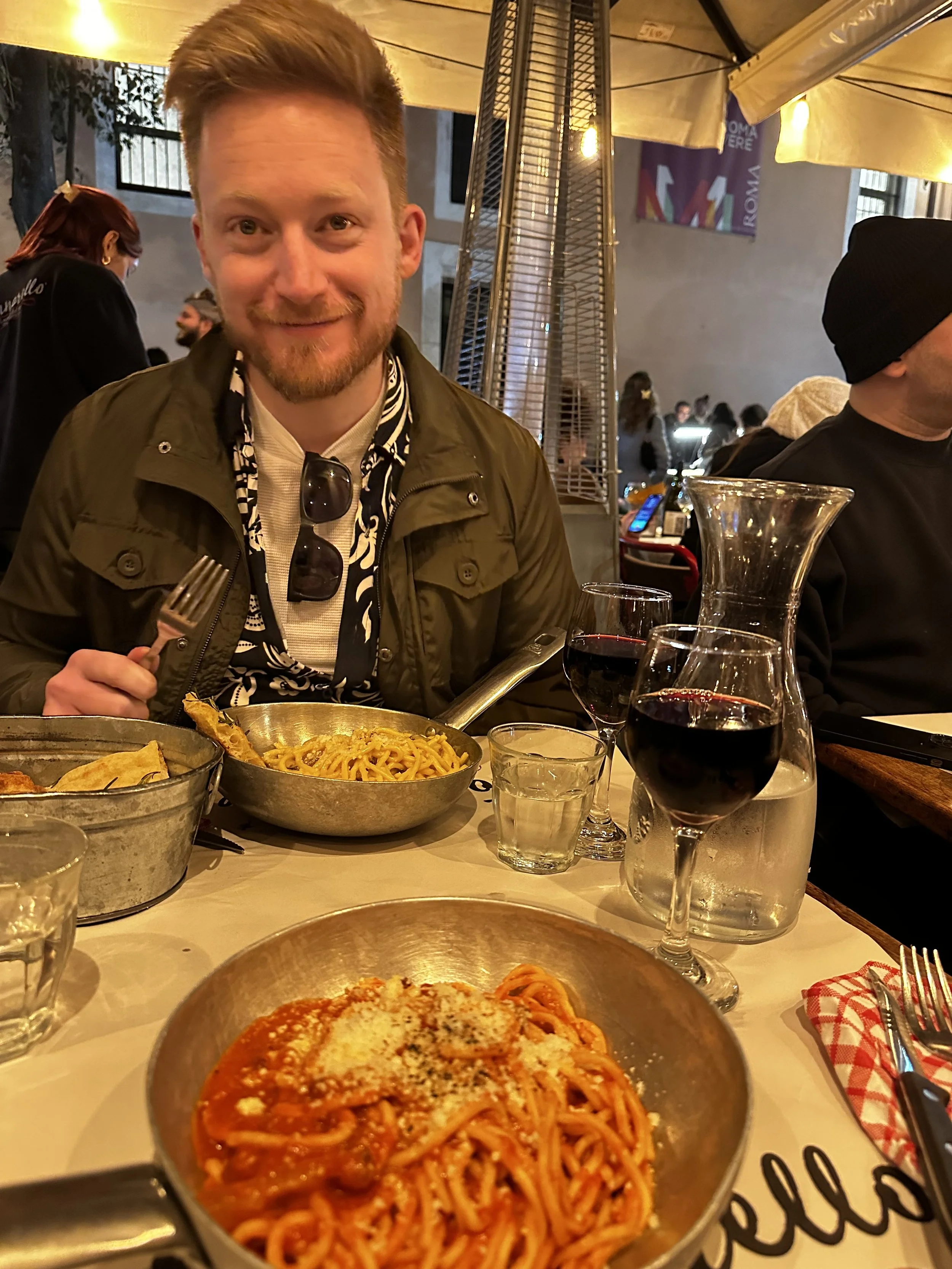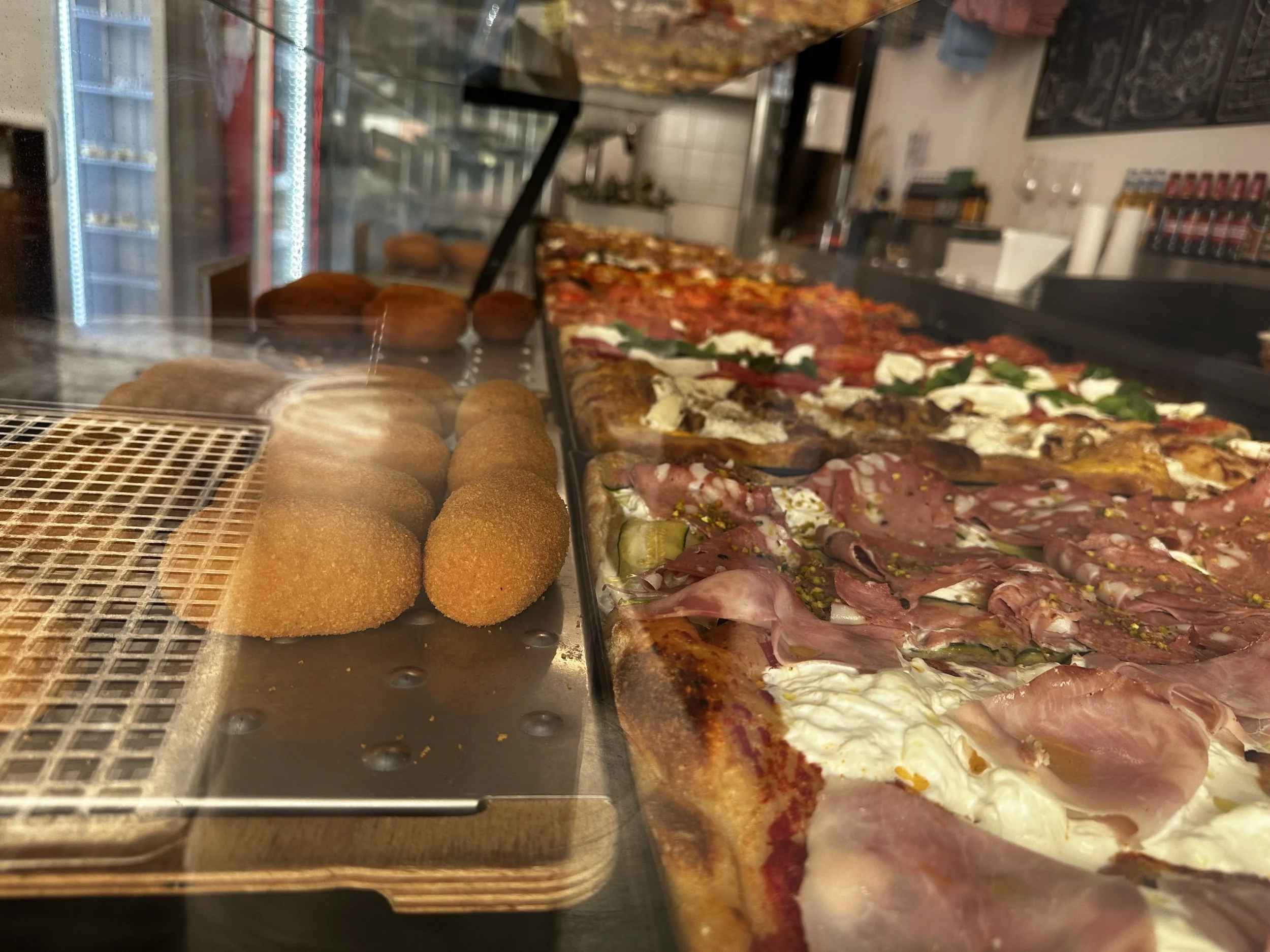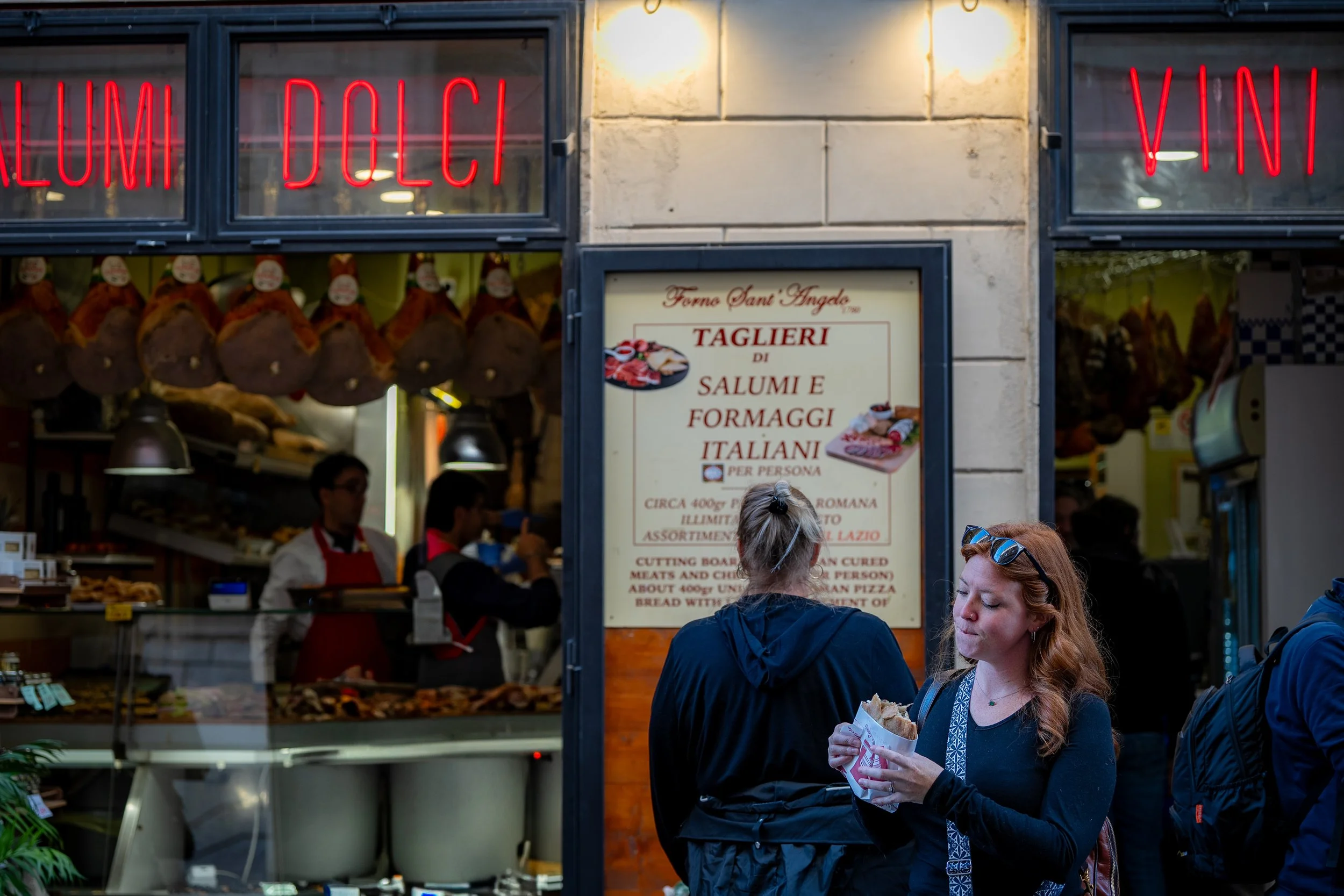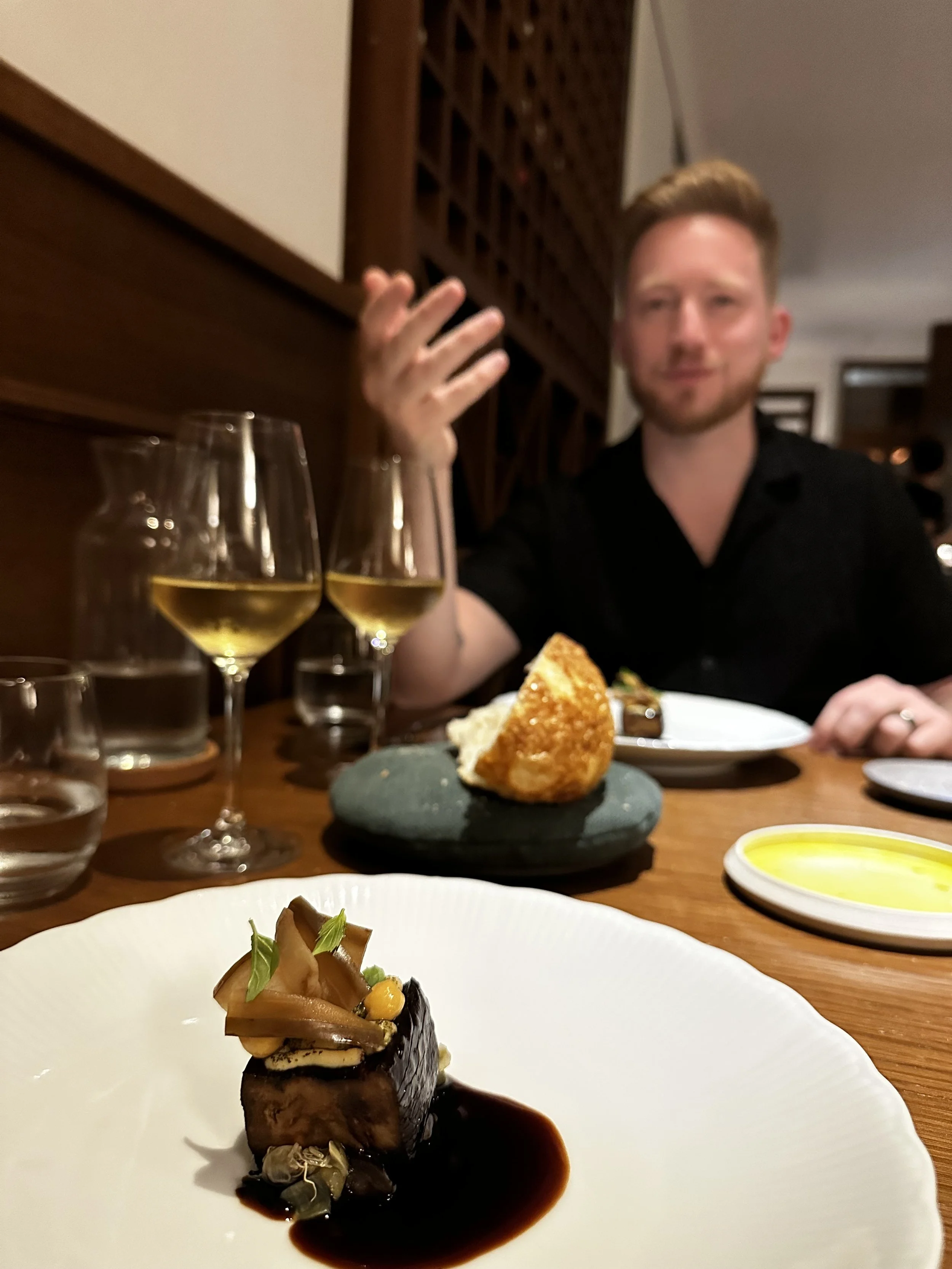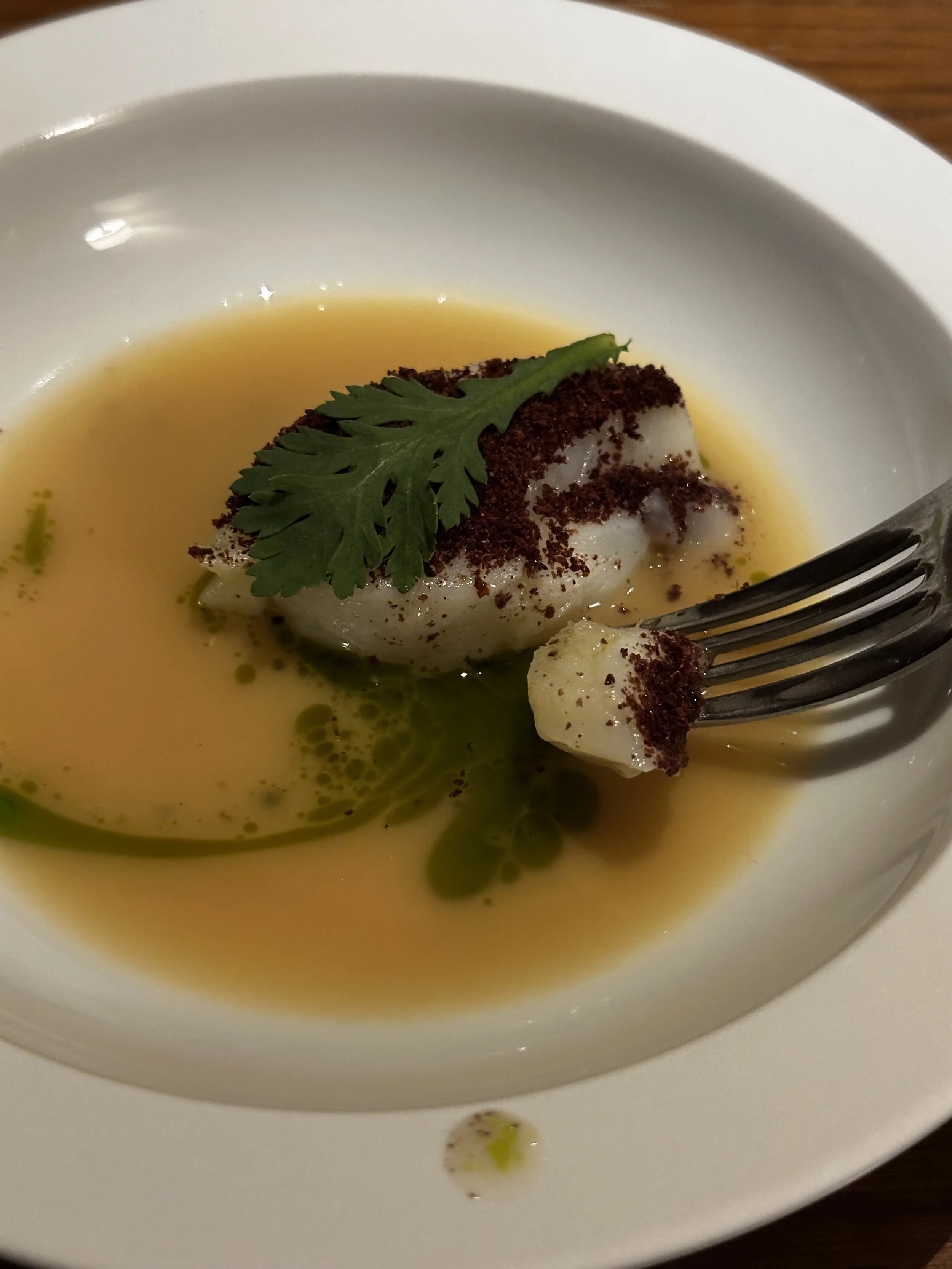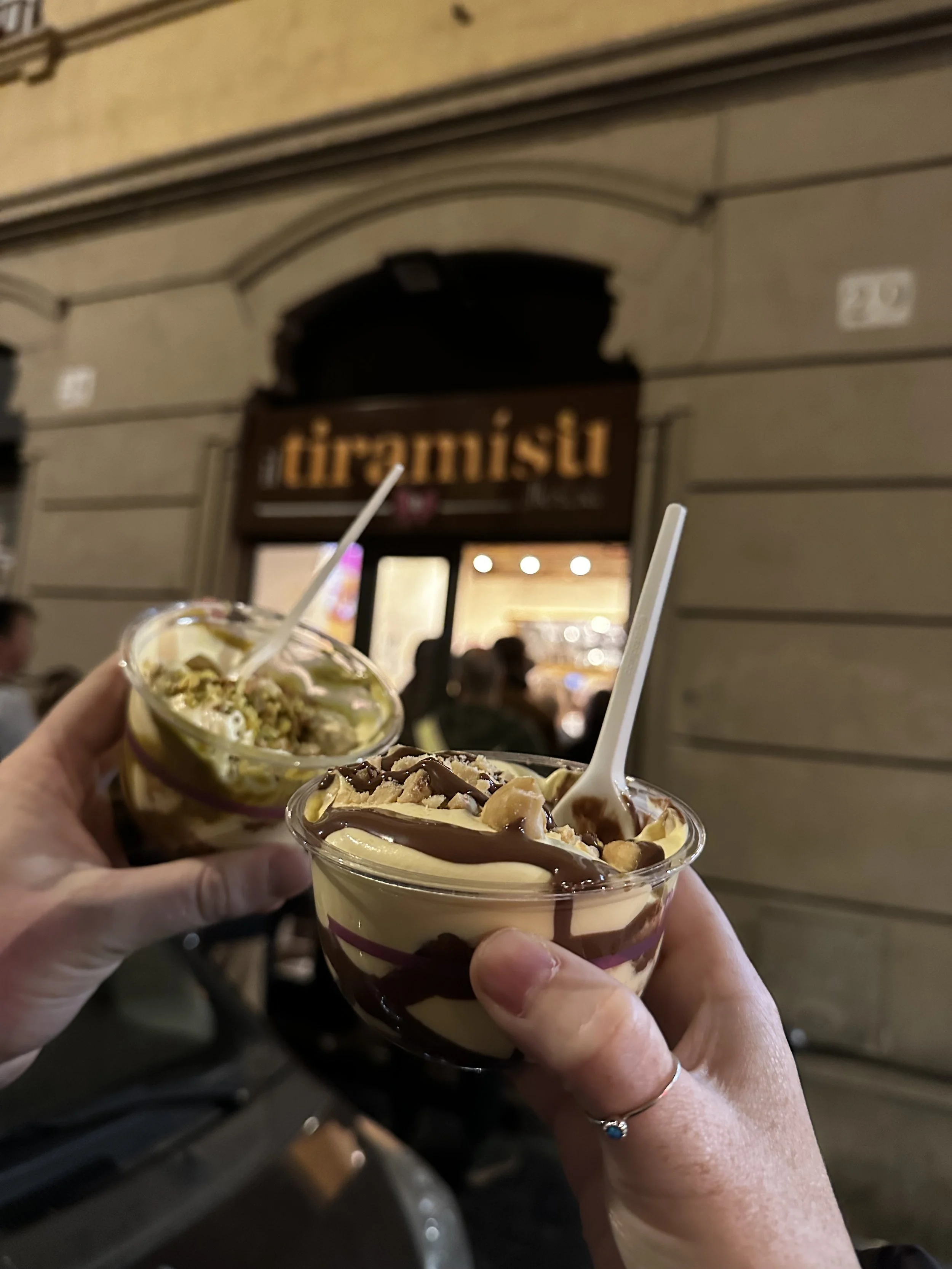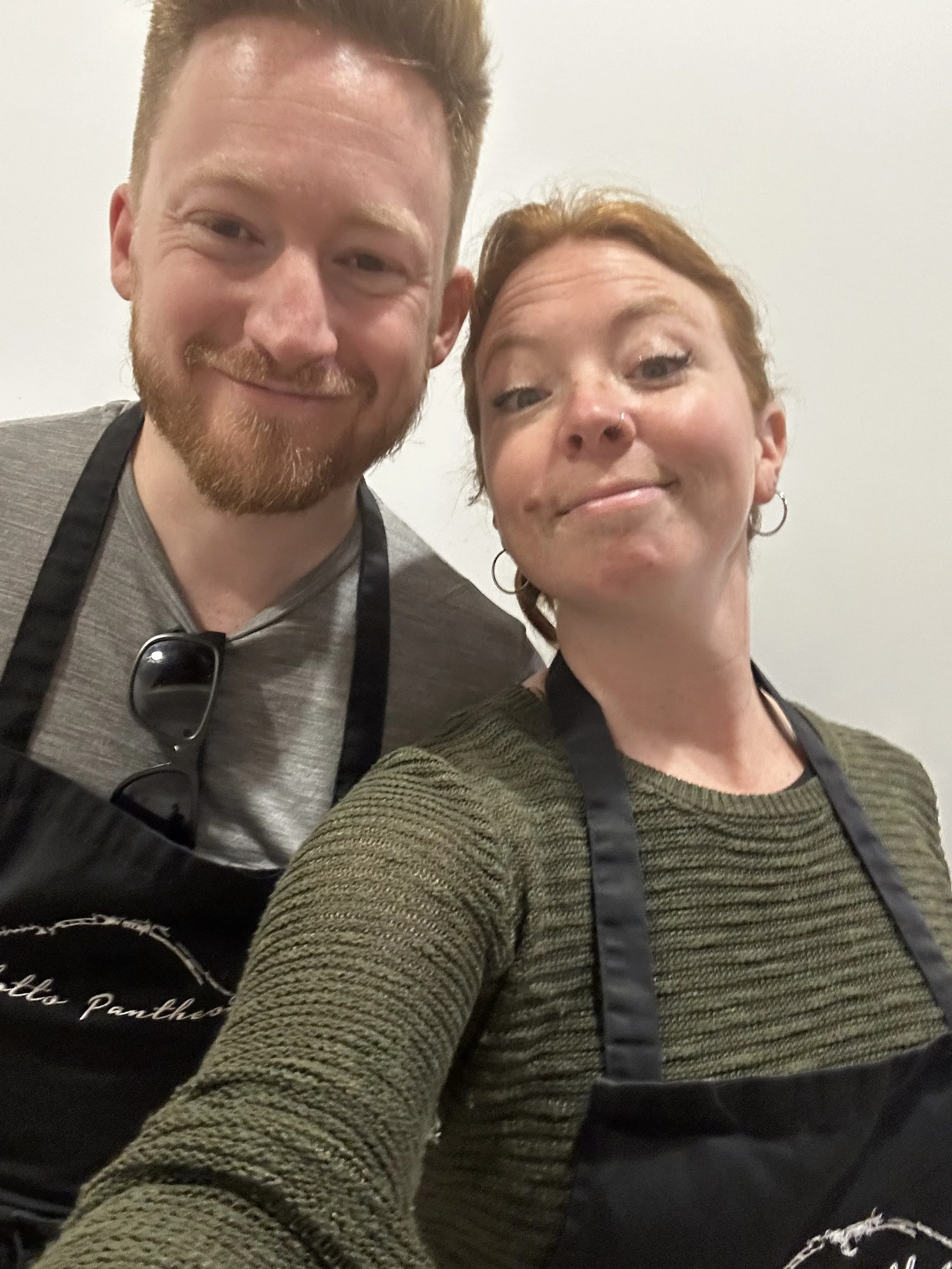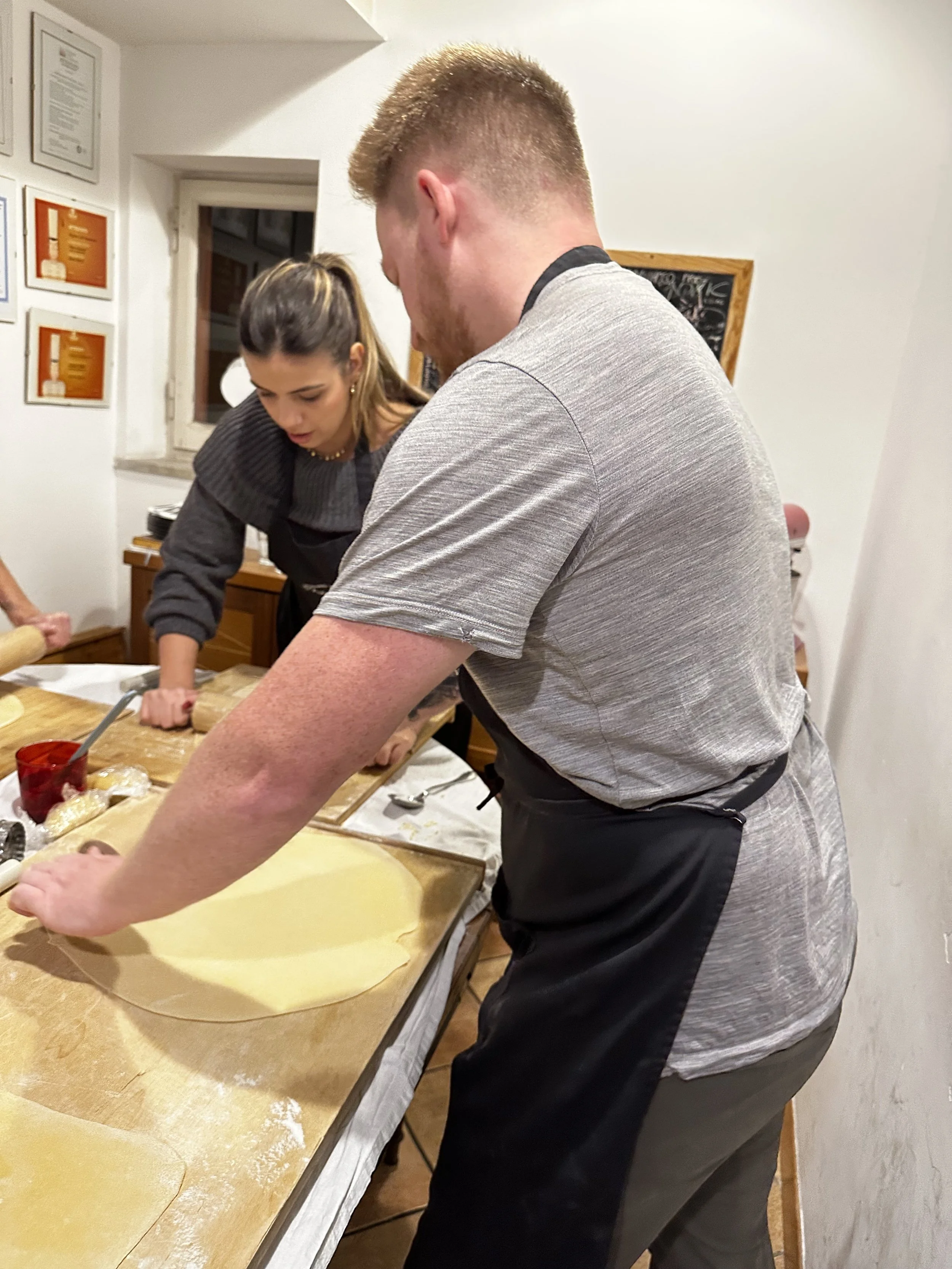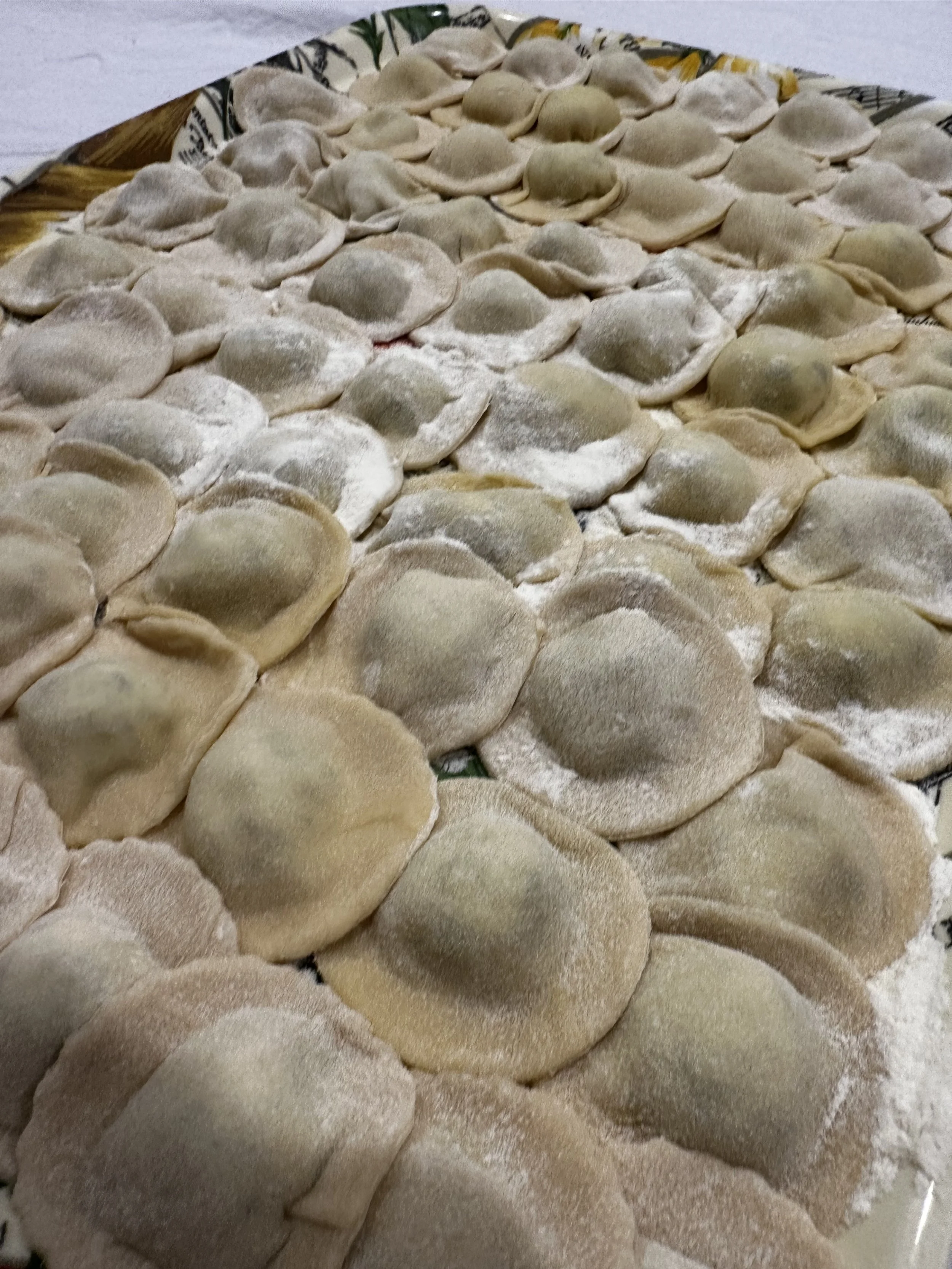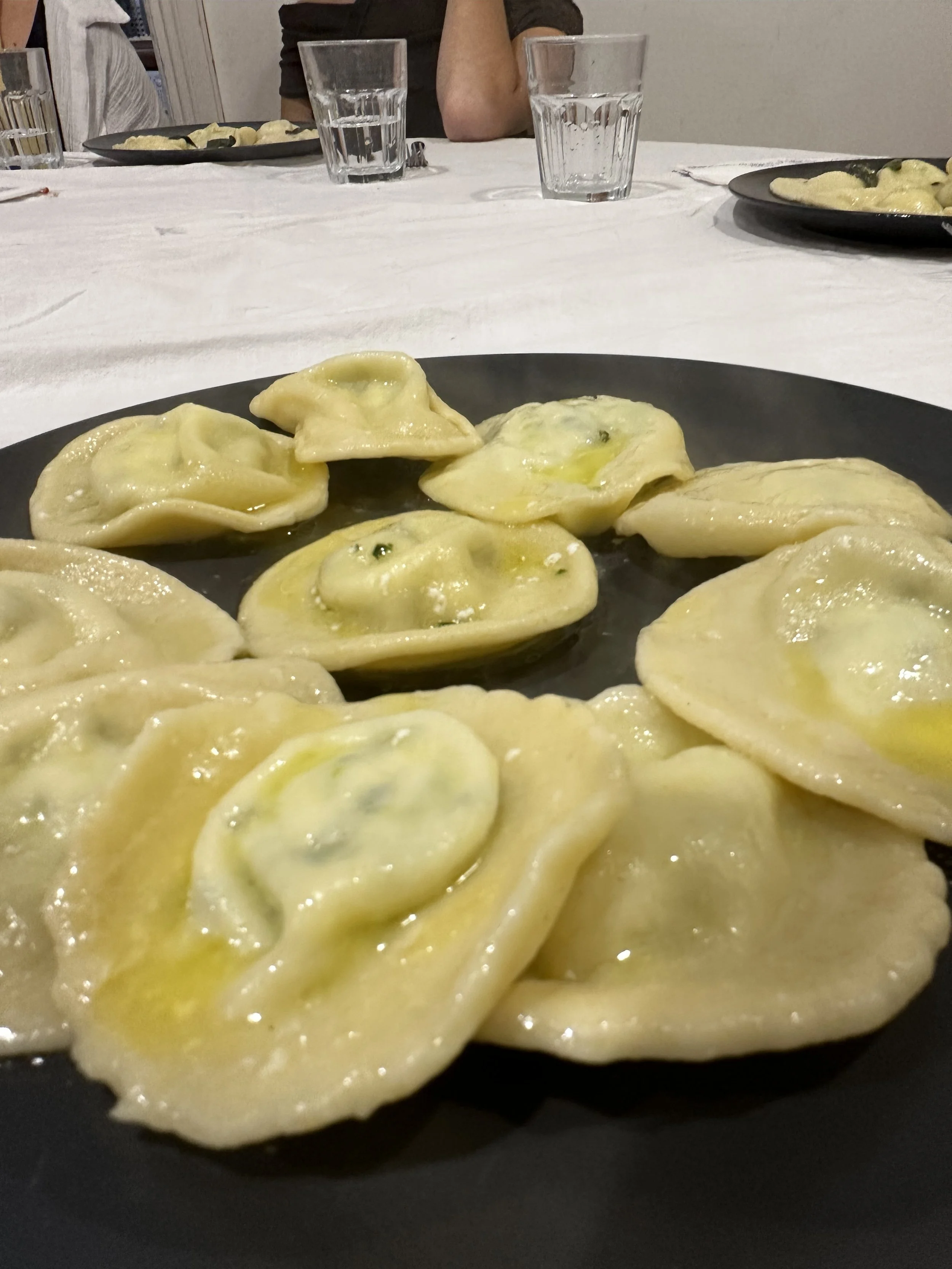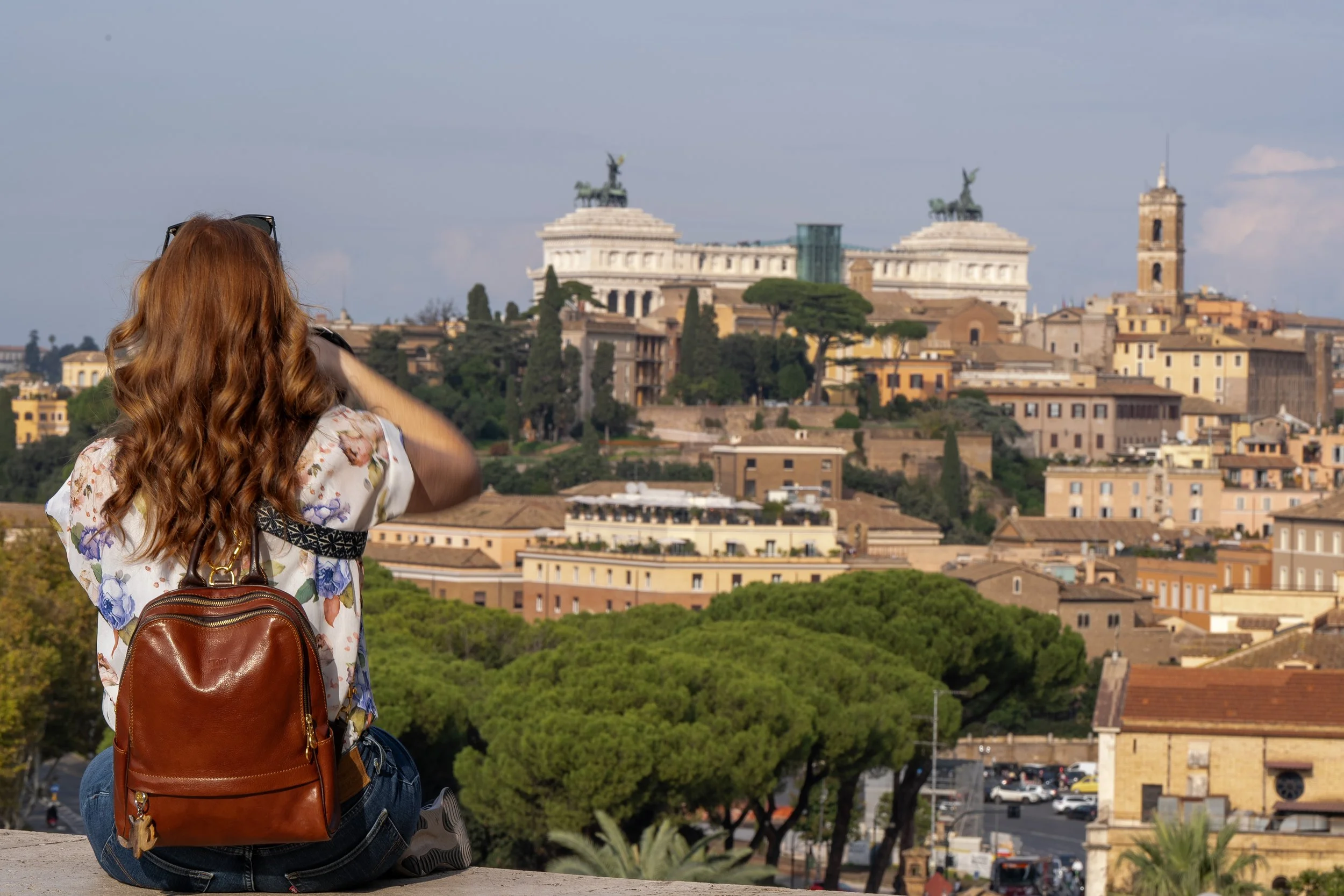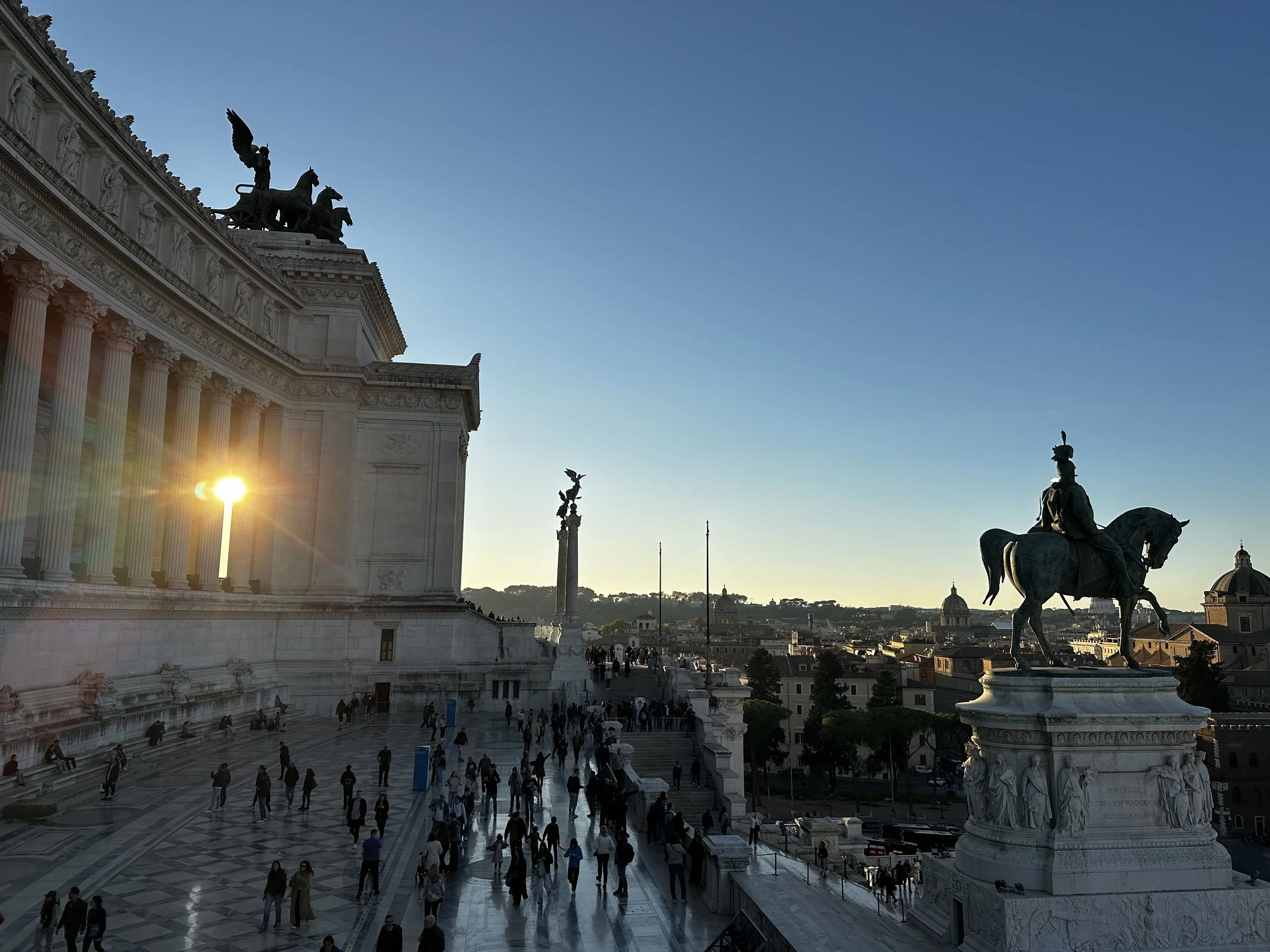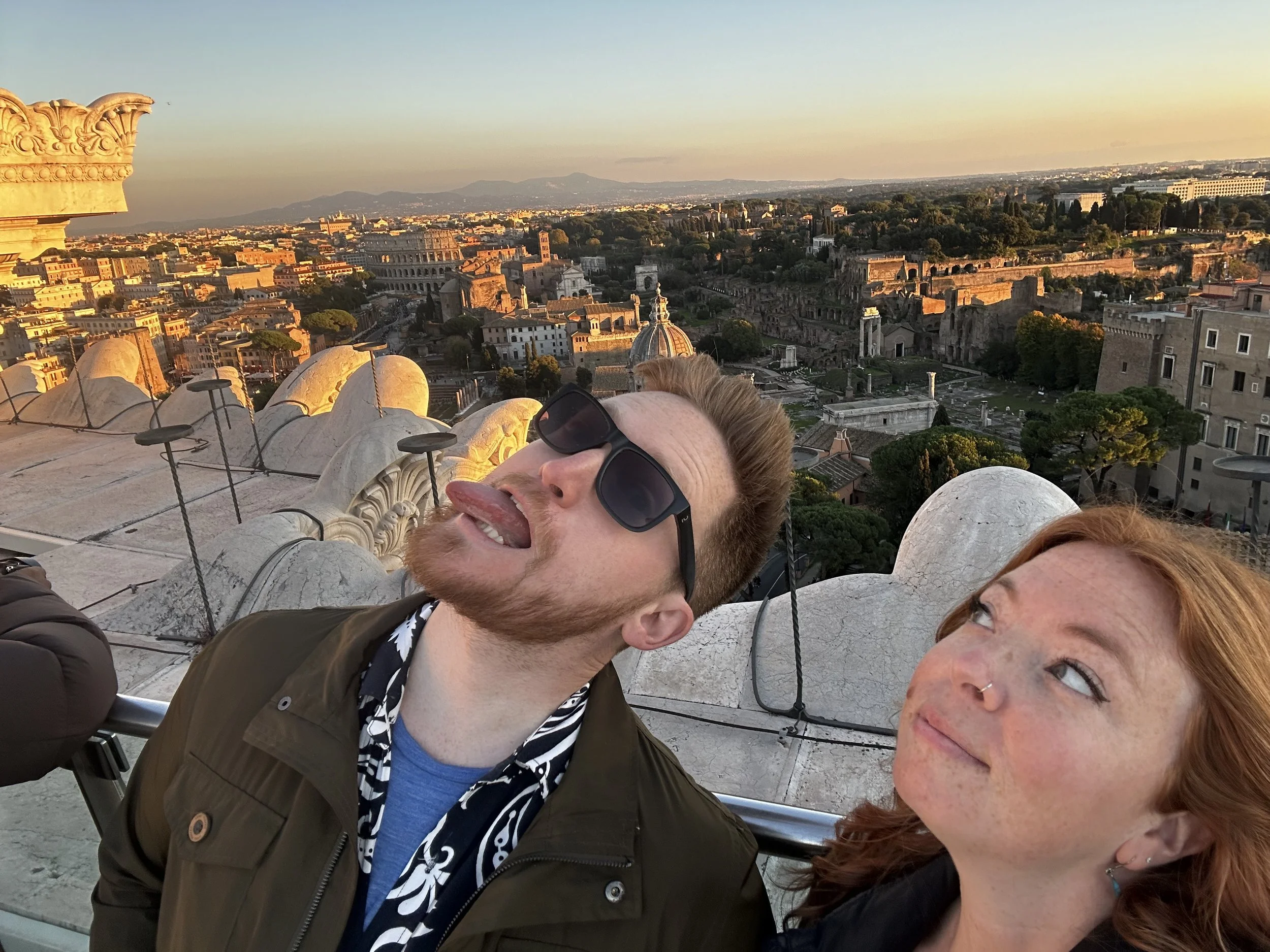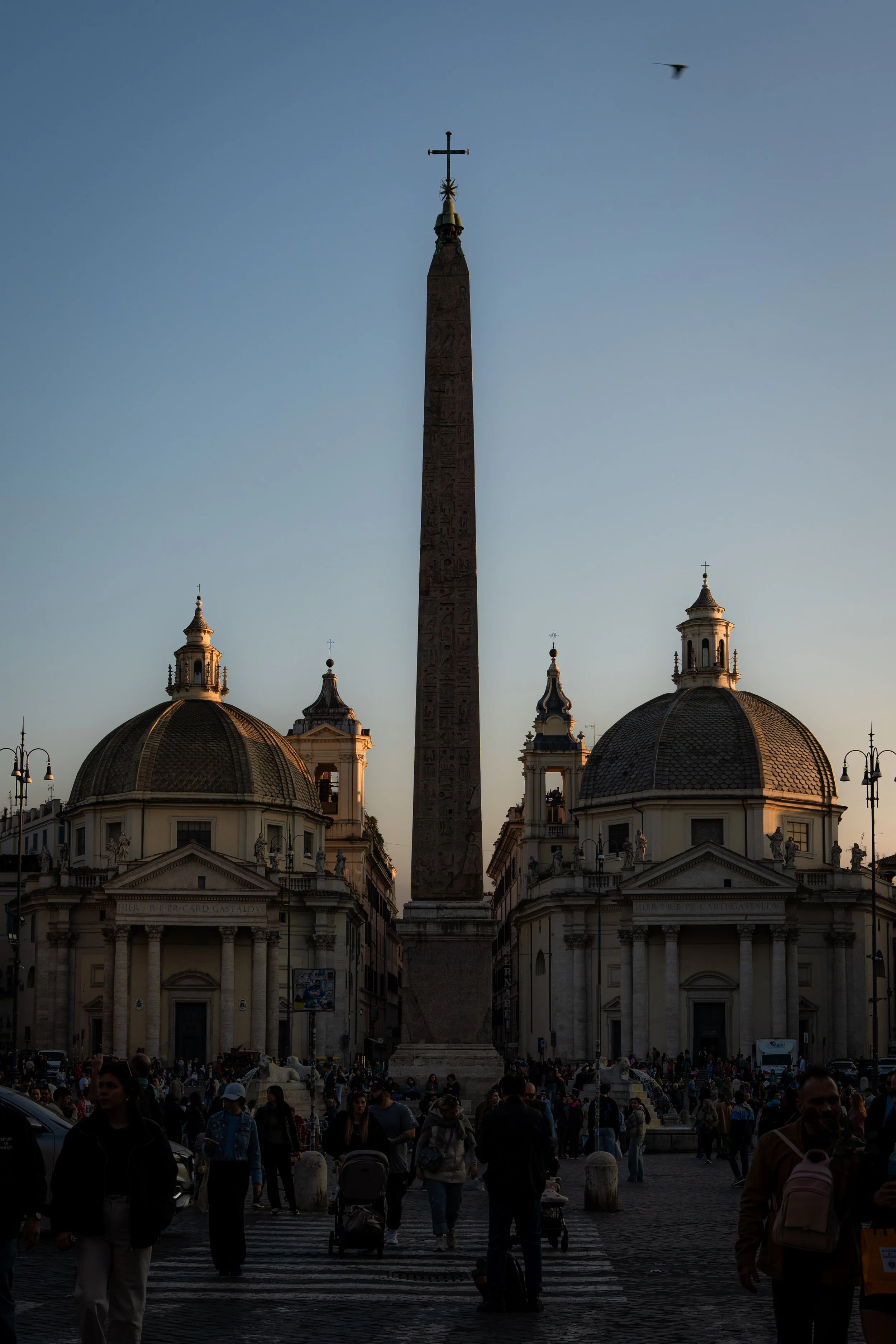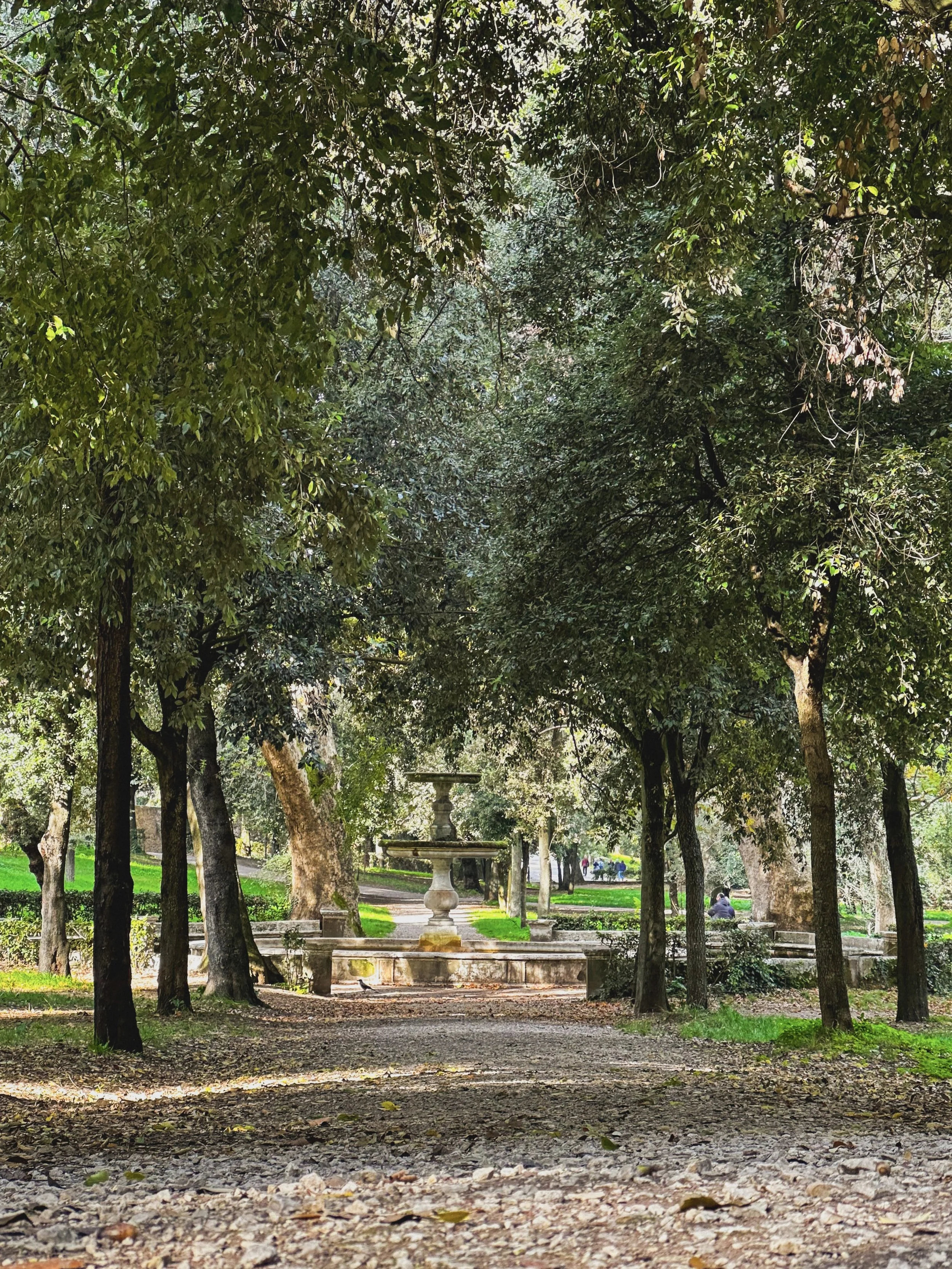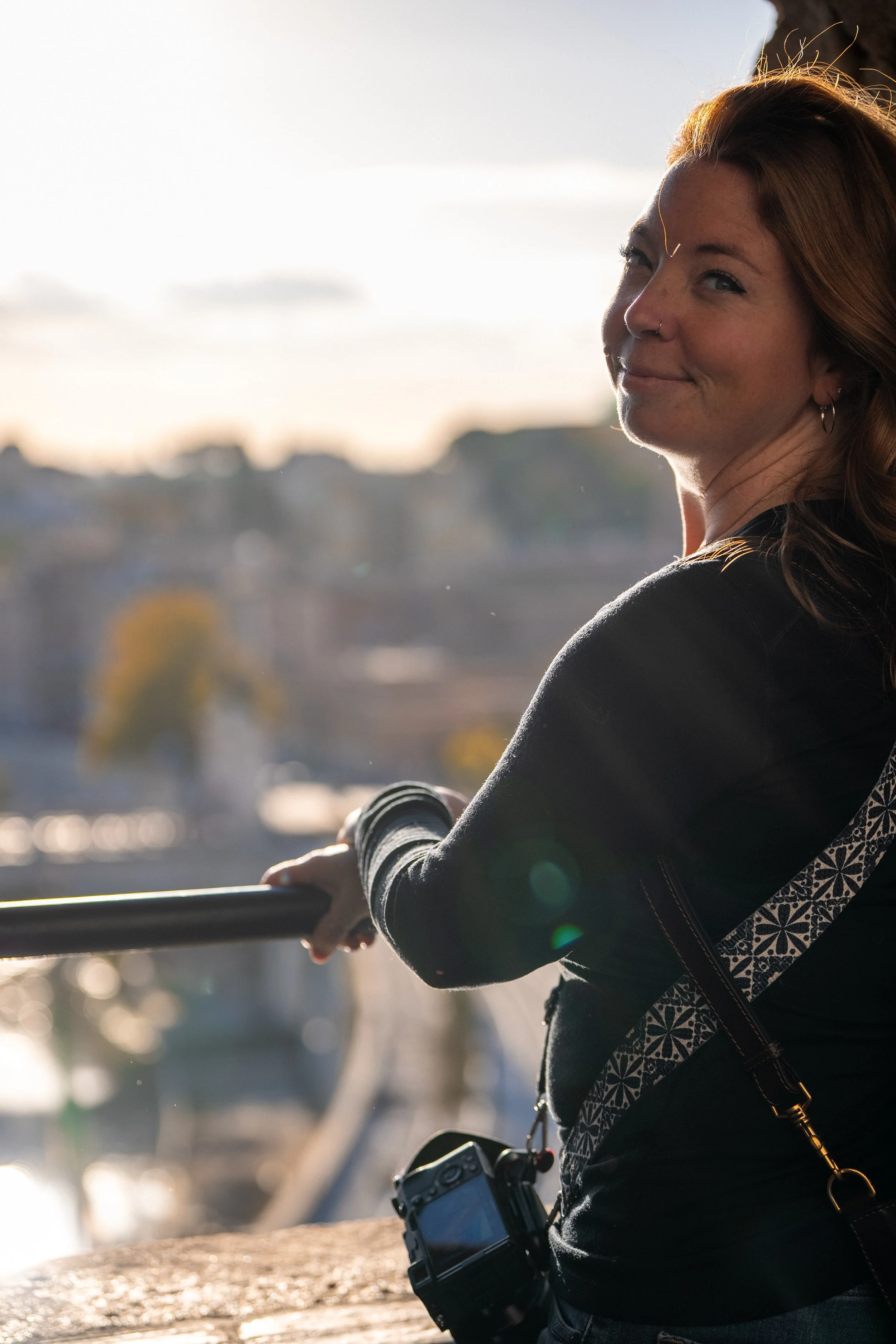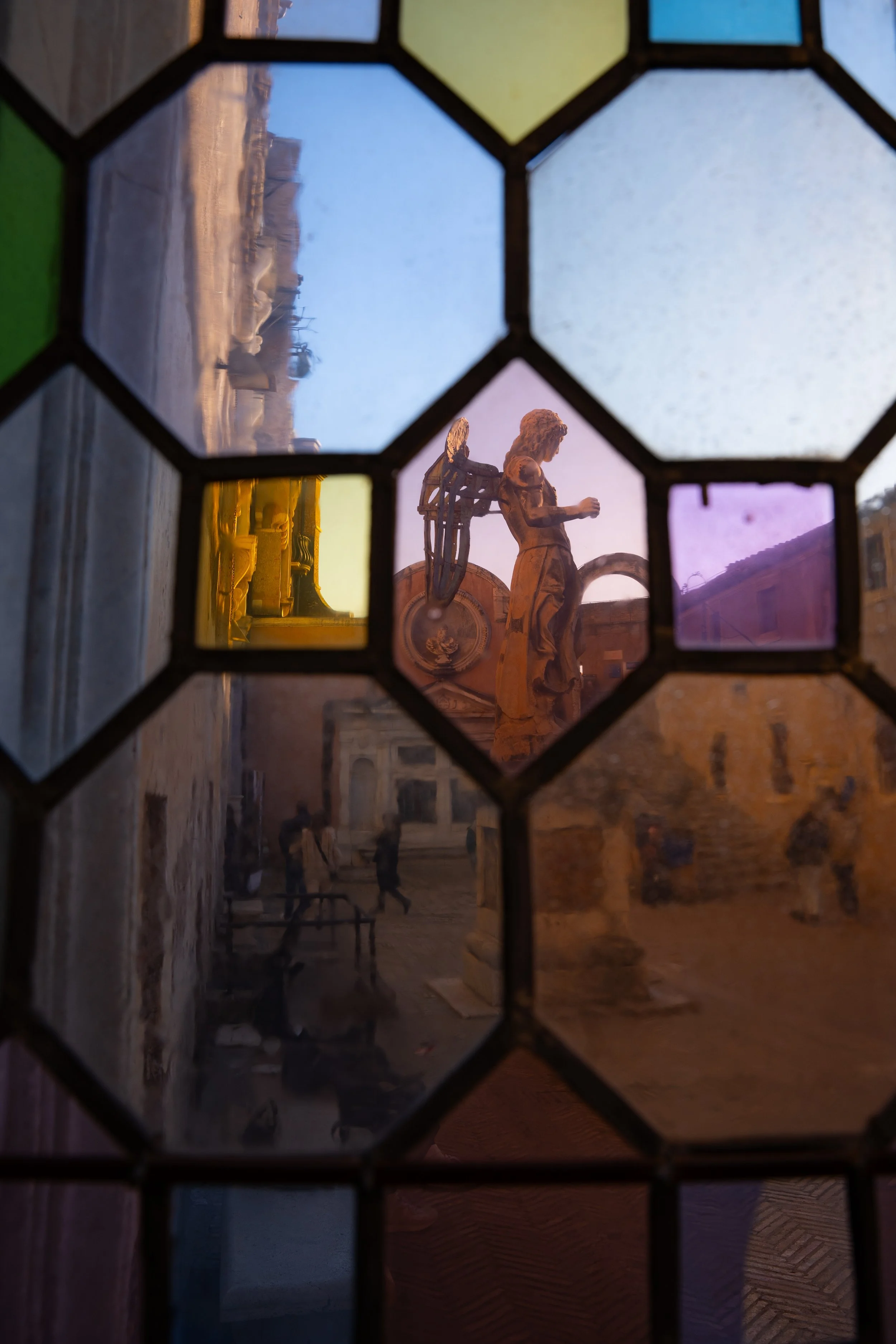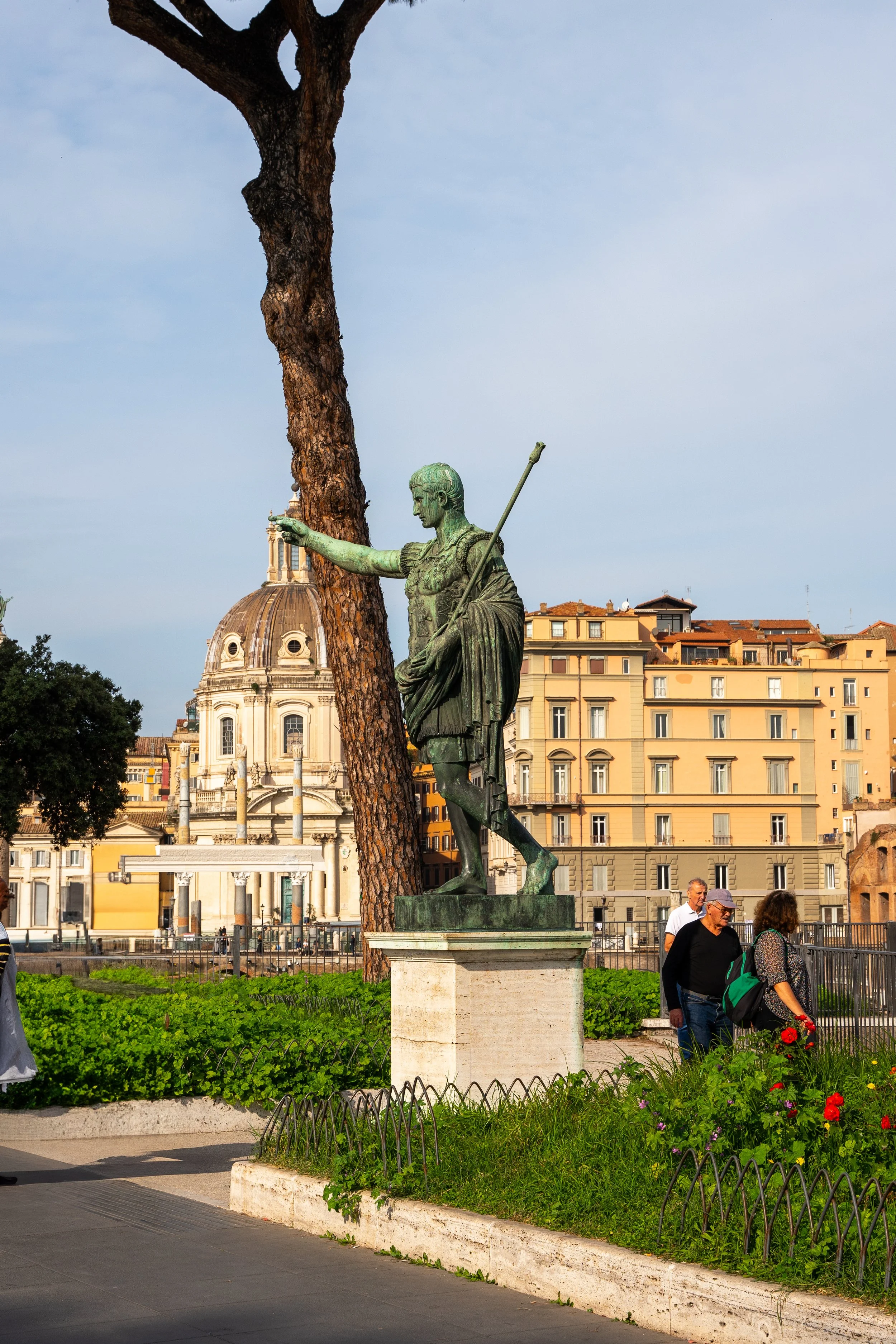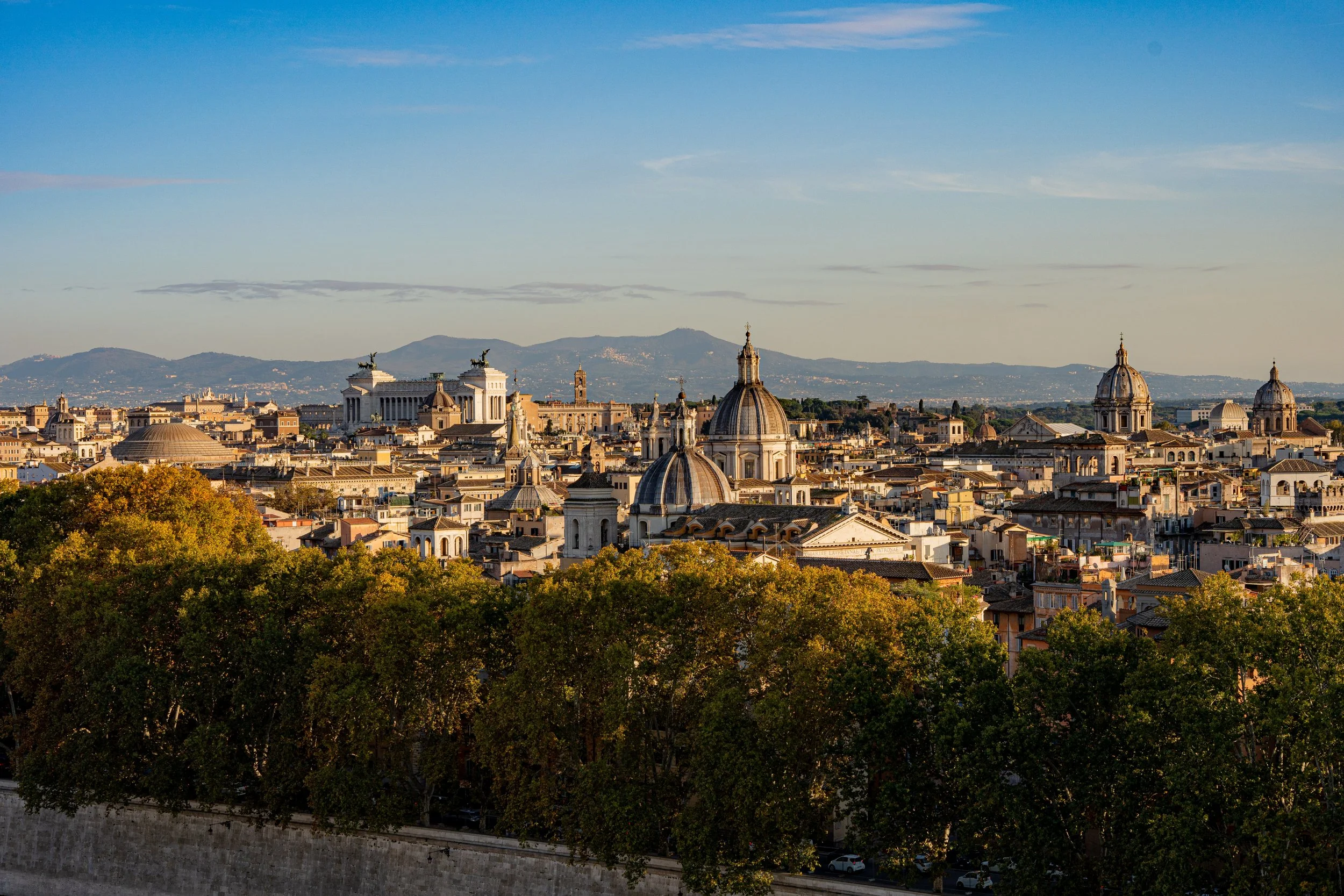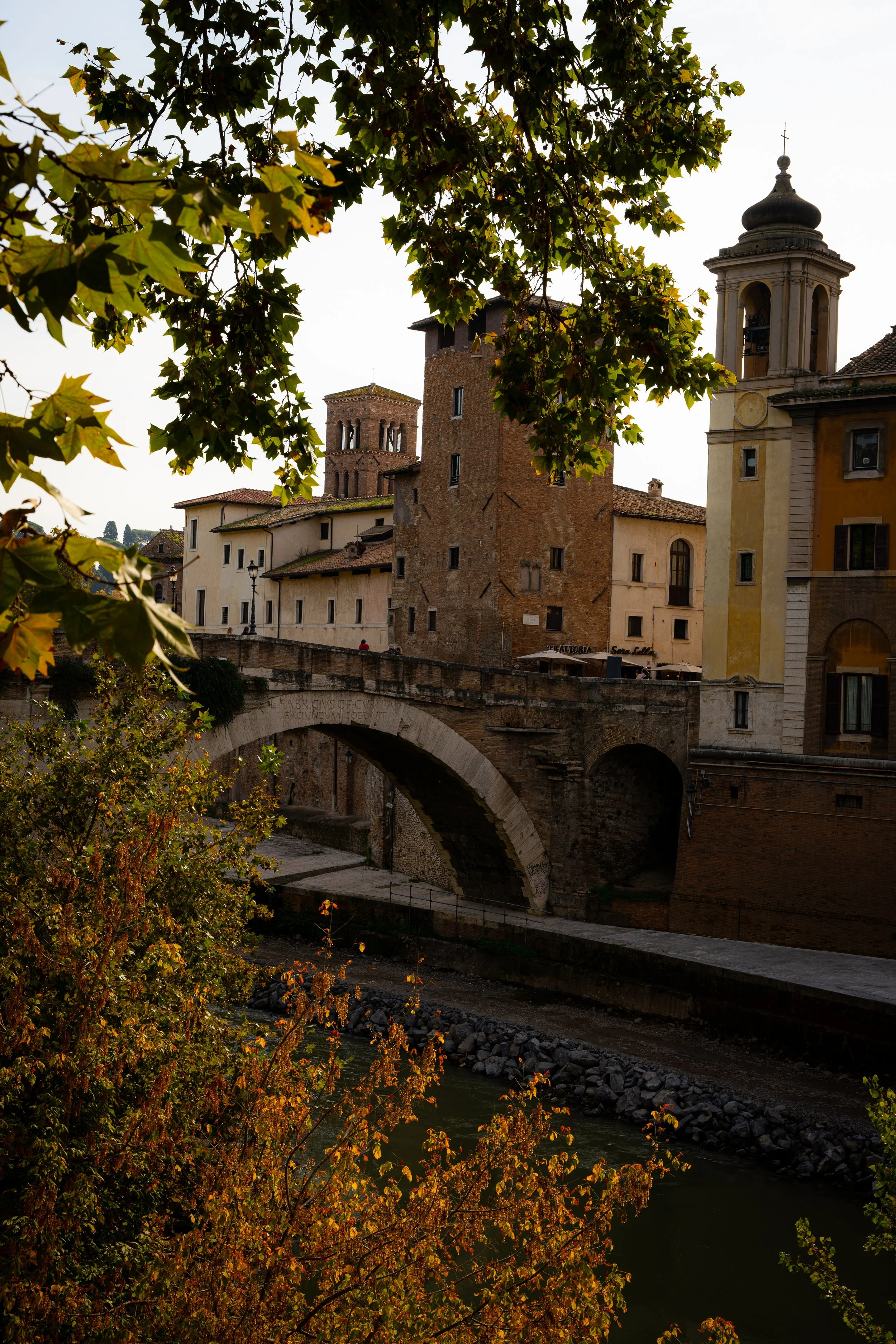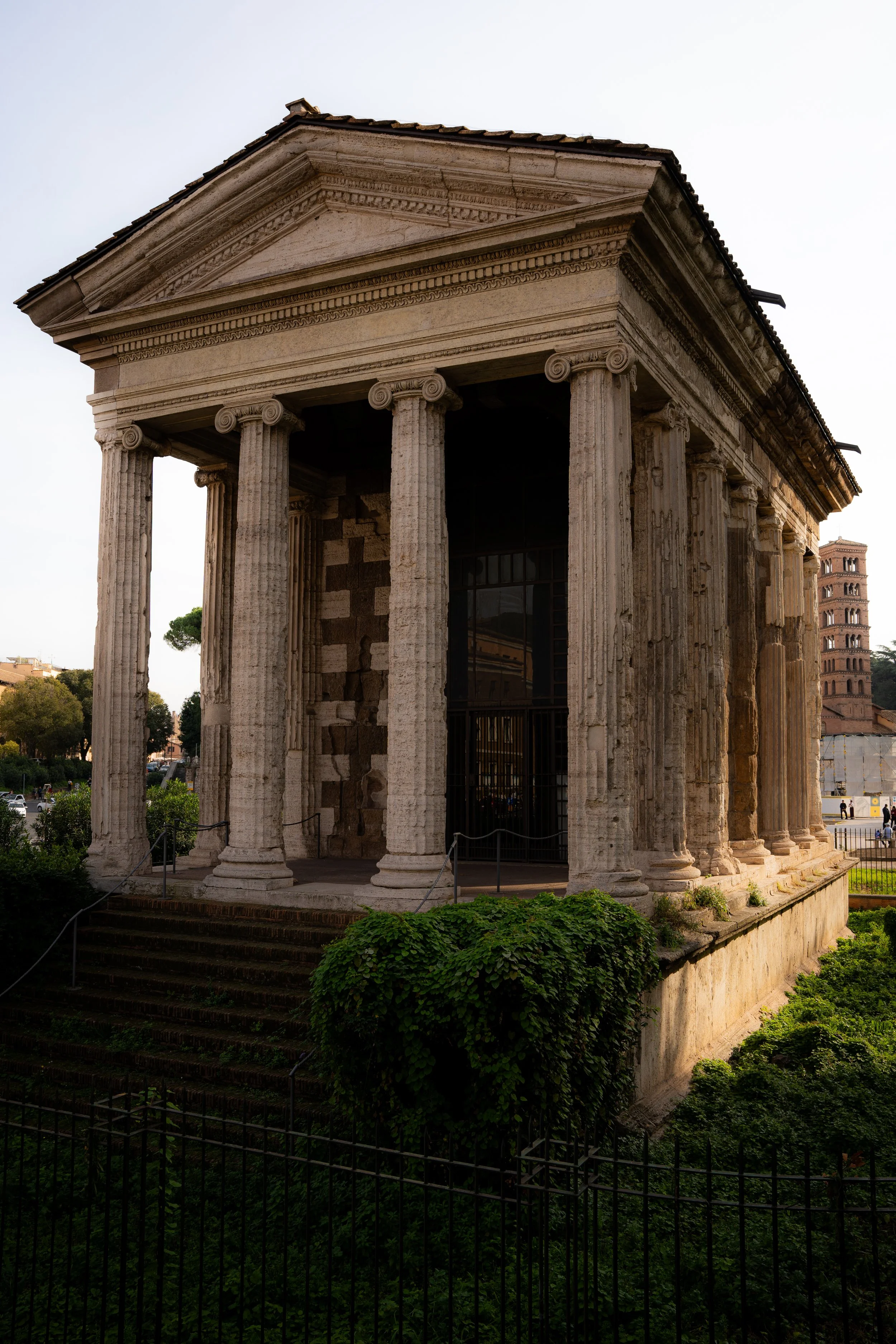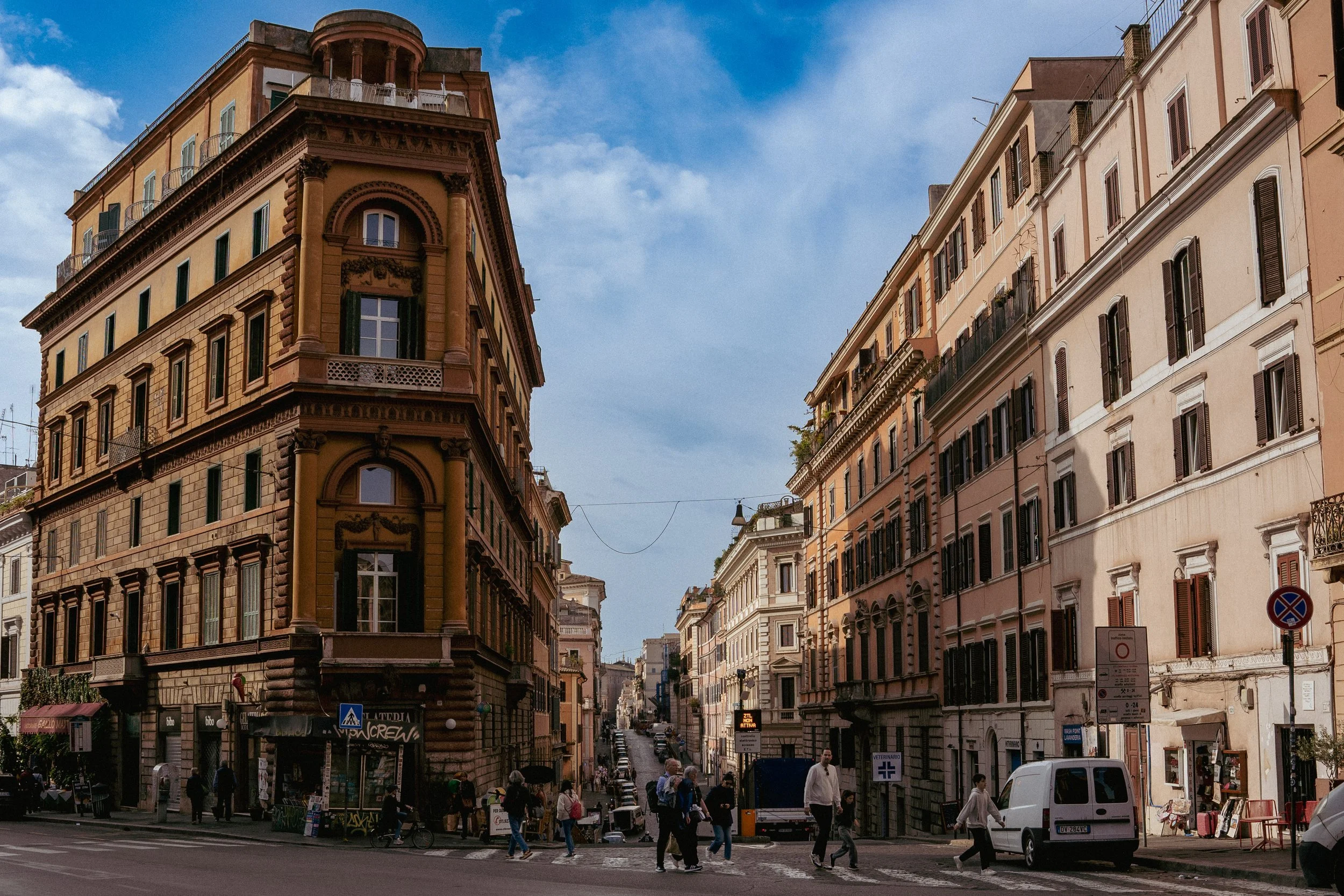Roaming in Rome
Rome is everything you’d expect from a city that contains 28 centuries of history; it’s vibrant, proud, steeped in tradition, and totally delicious.
The Eternal City is a love song to culture. I’ll never forget wandering through the cobble stoned streets of Rome at any time of day or night, smelling the delicious aroma of Pecorino Romano cheese and roasted garlic, listening to the emphatic Italian conversations around me get drowned out by motorbikes, and the romantic golden hours that seem to make the City of Seven Hills glow.
Suffice it to say, Italy is worth the hype.
Legend has it that twin boys, Romulus and Remus, were lost and abandoned in a forest. A she-wolf found them and raised them. Once they grew up, they decided to build a city but after an argument Romulus killed his brother and took the name for himself. Thus, Rome was born.
We stayed in an airbnb outside of the touristic center in a quiet neighborhood where we could easily catch the metro to explore. Before arriving to Rome, I was warned about how common pickpockets are, especially on the metro and near the tourist attractions but Erik & I found that as long as you stick to “Big City Protocol” (keep your bags zipped & locked, stay aware of your surroundings, and don’t be afraid to walk with your highest level of RBF) you’ll be absolutely fine. The metros were super easy to navigate, clean, cheap, and quick!
We kicked off our time in Rome with a tour of the Colosseum, Roman Forum, and Palatine Hill with Headout Tours. Our guide was exceptionally knowledgeable and managed the large size of our group well.
The Colosseum is one of those places you’ve seen hundreds of times on TV & the internet so standing in front of it is incredibly surreal. It is just as massive as I thought it would be and even more mind blowing. We all know that it was build for gladiatorial shows which utilized prisoners of war, slaves who hope to buy their freedom, common folk looking for fame and riches, and animals. Now, Italians use it as a symbol against capital punishment. Romans will change the nighttime illumination from white to gold anytime anyone in the world gets their sentence commuted or is released, or if a jurisdiction abolishes capital punishment.
Construction of the colosseum finished in 80 AD under Emperor Vespasian as way to gain and control public favor. It could hold 50,000-80,000 people in its stands and all were welcome no matter their station. Fun fact for you history buffs out there: Emperor Vespasian was a big supporter of scholarly men (but hated philosophers). Pliny the Elder’s “Natural History” was written in part thanks to the Emperor’s benefaction and went on to become a model for later encyclopedias long after Pliny the Elder’s fiery death at Pompeii.
To walk along the Roman forum is to travel through time. For centuries, this was the place of daily life for ancient Romans. The forum was where citizens would live, shop, gossip, elect leaders, argue, worship, protest, hear speeches and hold trials. Even gladiatorial matches were occasionally held here. Needless to say, the historical drama is rich here.
The most famous events to occur are probably the assassination of Julius Caesar followed by Marc Antony’s speech at Caesar’s funeral which later went on to become part of a Shakespearean play. I know I’ve said this before but the drama surrounding Marc Antony is just soooo juicy. He once displayed the severed head of his enemy, Cicero, at the Forum. If you ever need a Wikipedia spiral, his is amazing.
The Roman Forum and Palatine Hill suffered many years of destruction and degradation, the worst probably during the renaissance when the pope ordered materials be taken from the area for the construction of St Peter’s Basilica.
Speaking of, no first time trip to Rome is complete without a visit to the Vatican and St. Peter’s Basilica, the largest church in the world and one of the most famous examples of Italian Renaissance architecture.
The inside of St Peter’s truly made me feel tiny. For some context, the letters you see near the ceiling are 6ft tall and the dome is about 448ft tall, making it the largest in the world. Construction began in 1506 and didn’t finish until 1626. The build was partially funded by what the Catholic Church deemed “indulgences”, basically folks would pay the church to look the other way while they sinned. This practice eventually led to the Protestant reformation.
Visiting the Vatican, for me, was an experience. The art is jaw dropping (the rooms painted by Rafael when he was only in his early 20’s!! WHAT?!) and the church is an absolute behemoth, but it’s difficult not to gape at the shear wealth on display and the knowledge that it could help so many in the world more than sitting in cases and in the many basements of the Vatican. Seeing tiny bottles of holy water for sale combined with the huge room full of sacred and ceremonial artifacts from all the communities where missionaries were dispatched and the hoard of tourists very willing to elbow their way past everyone else made it a polarizing experience.
Erik and I booked tickets for the Vatican and St. Peter’s online about a month or so in advance to ensure we’d get tickets. I highly recommend getting your tickets for the big Roman attractions like the Colosseum and the Vatican as early as you can and to make sure you’re buying from the official site!
We were visiting in November, which historically is not a very busy time of year, and yet at the major sites we were crammed shoulder to shoulder with other tourists. If you come prepared for this, it isn’t so bad and maybe even adds to the experience.
Of course all of the sardines are all swimming toward a common goal- The Sistine Chapel to see the famous ceiling painted by Michelangelo between the years of 1508-1512. The room was once a chapel but is now used as the site of the papal conclave, aka: where all the important catholic folks get together to choose a new Pope.
There are dozens of other FREE cathedrals that are even more beautiful and 1000% more peaceful like these…
To name a few: Basilica di San Giovanni, Basilica of San Clemente, Chiesa di Sant’Ignazio, Basilica of Saint Mary Major. There are too many absolutely stunning churches to drop here but half the fun is just wandering into them as you’re exploring the city. It’s easy to put down 5-10 miles of walking in Rome and using the cathedrals for a quiet place to sit and still enjoy historical beauty is clutch.
Another perfect place for a directionless wander is the neighborhood of Trastevere, Rome’s foodie corner. Erik & I love a structureless sightseeing day with no real goal in mind other than getting to know the place we’re in better. Trastevere oozes old world charm and every corner has something delicious to eat.
On one our evening wanders, we picked up some incredible Roman style pizza (crunchy crust with unconventional toppings like thin sliced potatoes) and found ourselves in front of the Pantheon. We kept looking at each other and giggling like “here we are in Italy, eating pizza under the Panthon’s portico…“
Obviously, we came back during the day time to peak inside too! We were able to just walk up and buy tickets with cash upon arrival with no real wait in line (🙌). The Pantheon’s columns came from Egypt and are 39ft tall. At one time, a statue of Venus perched on top of the temple and it’s said the Cleopatra cut one of her own pearls in half so that they could don Venus’ ears.
The Pantheon’s current building has stood since 126AD and has elements from the older Agrippa’s temple which was erected in 27BC. Insane. It was originally a Roman temple for all of the Roman gods buuut once the Catholic Church gained control of Rome, it became the Basilica of St Mary and the Martyrs. The Pantheon still holds the record for the world’s largest unreinforced concrete domes and is also the final resting place for Rafael.
Trevi Fountain is probably one of the most well known fountains on the planet and is touristed just as much as the colosseum in a much tighter space. Honestly though, it is a stunning 263 year old (young for Roman standards) baroque fountain that I personally think is best viewed at night when the crowds have lessened and the statues are romantically lit.
Alright, time for a food break!
There are a few things you need to know about the food scene in Italy: Italy’s famous foods are entirely regional. If you want an authentic experience with bolognese, you go to Bologna Italy. If you want an authentic experience with Chianti wines, you go to the Chianti region in Tuscany. Rome is home to the Big Four pasta dishes: Carbonara, Gricia (my personal favorite), Cacio e Pepe, and Amatriciana. Rome also has its own style of pizza which is much different than the Neapolitan pizza usually associated with Italian pizza. Personally, Erik and I both prefer Roman style pizza probably thanks to our midwestern roots since it’s similar to Detroit style pizza.
Another thing to note are the various types of eating establishments:
cafe: coffee and baked goods, maybe small sandwiches. On average, there are no “specialty coffees” like caramel latte’s with oat milk. You’ll order one of the following: espresso, americano, macchiato, cappuccino, or a cafe latte. Always hot. Ordering style varies from place to place so pay attention to how the locals are ordering. Usually, I would order my baked goods at the food counter first (pistachio cornettos will be my forever favorite Italian treat), then you’ll head to the barista to order your coffee either “per qui” for here, “alla banco” at the counter, or “portar via” for take away. Once you’re finished, then you’ll pay with the cashier.
trattoria: relaxed, usually family owned, restaurants with traditional Italian meals
osteria: usually a wine bar that also serves aperitivos, or small snacks.
enoteca: similar to an osteria but the focus is more on wine. Sometimes they will only serve wine and you’re welcome to bring outside food to eat.
Once upon a time, when Erik and I still lived in San Diego CA, we tried making ravioli from scratch and it was kind of a disaster. So, in order to redeem ourselves, we took a fabulous pasta making class with Alessandro, a professional chef who has worked in Michelin star kitchens and also an award winning free diver! We made incredible ricotta filled ravioli with a sage butter sauce. YUM.
I don’t usually drop restaurant recommendations because I’m a true believer in following your nose & local recommendations over internet hype buuuut… the tiramisu at Tiramisu Merisu Trastevere was the best I had in our 3 month Italy stint.
Alright. Enough about food, moving on!
The big white building in the distance is Victor Emmanuel II Monument, a monument built to honor the first king of unified Italy. Before coming to Italy, I hadn’t realized that despite being home to some of the world’s an ancient powers it was never totally one cohesive country until 1920 following the defeat of Austria-Hungary in WW1.
We climbed to the top of the monument for one of the best views of Rome. Peep the colosseum and Roman Forum above Erik’s head.
I adore finding piazzas to sit and people watch. This one was one of my favorites, Piazza Popolo. The twin churches house masterpieces and the burial place of Emperor Nero is in a church just behind me as I took this photo. The massive obelisk was built during the time of Pharaoh Ramesses II (1220BC) and brought to Rome by Augustus. Before being placed in the Piazza it stood in the Circus Maximus.
There are endless things to do and see and eat while you’re in Rome and we definitely did not do it all. If you are planning a trip to Rome and want recommendations or have questions, feel free to reach out!
It’s been two months since we closed out our year in Europe. We spent the holidays folded within our families and our friends and then jetted off to some much needed Mexican sun and salt! Updates coming soon!
